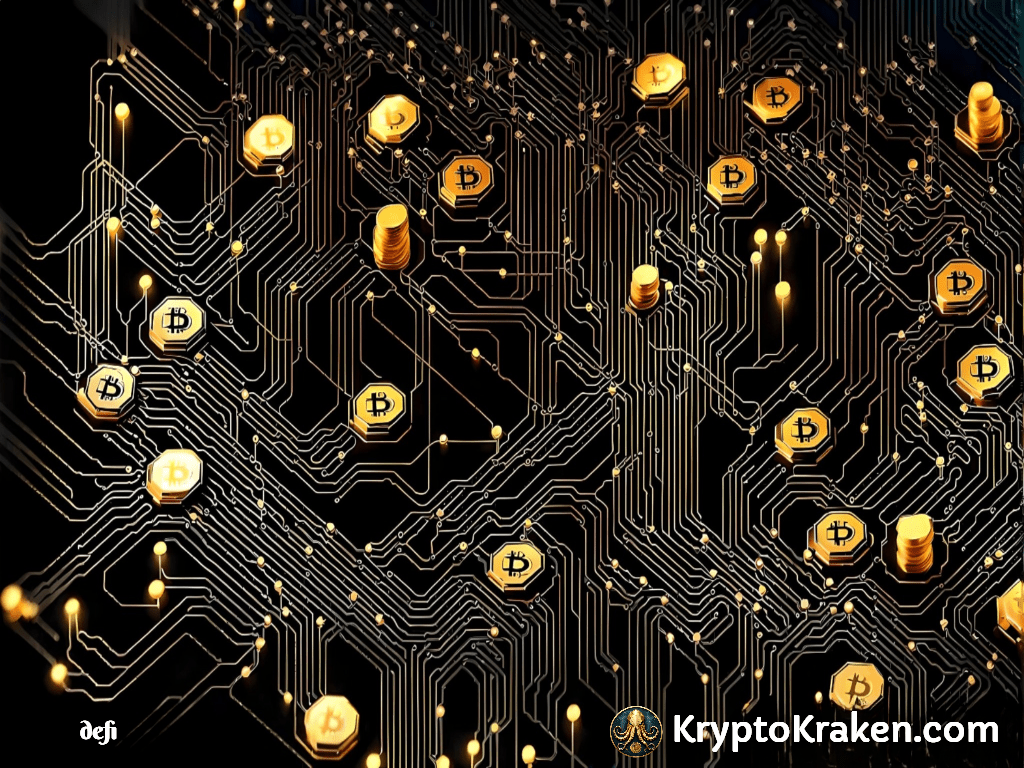
- August 24, 2023
- Dennis Frank
- 10
Table of Contents
DeFi 101: An Introduction to Decentralized Finance
As the world continues to shift towards digitalization, more and more areas of our lives are being influenced by innovative technology. One area that is rapidly growing in popularity is decentralized finance, or DeFi. In this article, we’ll dive into everything you need to know about DeFi, from its basic principles to the key components of its ecosystem.
Understanding Decentralized Finance (DeFi)
Before we can delve into how DeFi works, it’s important to understand what DeFi actually is. At its core, DeFi is a financial system that operates on a decentralized, peer-to-peer network, powered by blockchain technology. Unlike traditional finance, which is governed by centralized institutions, DeFi is open for everyone to access, use, and participate in.
What is Decentralized Finance?
Decentralized finance refers to the ecosystem of digital financial applications and protocols that operate on a decentralized, blockchain-based network. These applications and protocols are designed to enable users to access financial services, such as borrowing, lending, and trading, without relying on intermediaries or central authorities.
One of the key benefits of decentralized finance is that it allows for greater financial inclusion. In traditional finance, many people are excluded from accessing financial services due to various factors, such as their geographic location or lack of credit history. With DeFi, anyone with an internet connection can access financial services, regardless of their location or financial status.
The Evolution of Finance: From Traditional to Decentralized
It’s important to note that DeFi is not a new concept; it has been around since the inception of blockchain technology. However, with the growing popularity of cryptocurrencies and blockchain technology, DeFi has gained increasing attention in recent years. This shift towards decentralized finance is driven by a desire for greater transparency, security, and accessibility in financial systems.
One of the key advantages of DeFi over traditional finance is that it is not subject to the same level of regulation and oversight. While this may sound like a disadvantage, it actually allows for greater innovation and experimentation in the financial sector. With DeFi, developers can create new financial products and services without having to navigate complex regulatory frameworks.
Key Principles of DeFi
The core principles of DeFi include transparency, trustlessness, and open access. Transparency is achieved through the use of blockchain technology, which allows for transactions to be publicly recorded and verified. Trustlessness refers to the fact that no centralized intermediaries are required to facilitate transactions. Instead, these transactions are executed through smart contracts, which are self-executing and operate according to pre-defined rules. Finally, open access ensures that anyone can participate in the DeFi ecosystem, regardless of their geographic location or financial status.
Another key principle of DeFi is interoperability. This refers to the ability of different DeFi protocols and applications to work together seamlessly. Interoperability is important because it allows for greater flexibility and choice for users. For example, a user may want to borrow funds from one DeFi platform and then use those funds to trade on another platform. Interoperability allows for this kind of seamless integration between different DeFi applications.
Overall, DeFi represents a major shift in the way that we think about and interact with financial systems. By leveraging the power of blockchain technology, DeFi has the potential to create a more transparent, secure, and accessible financial system for everyone.
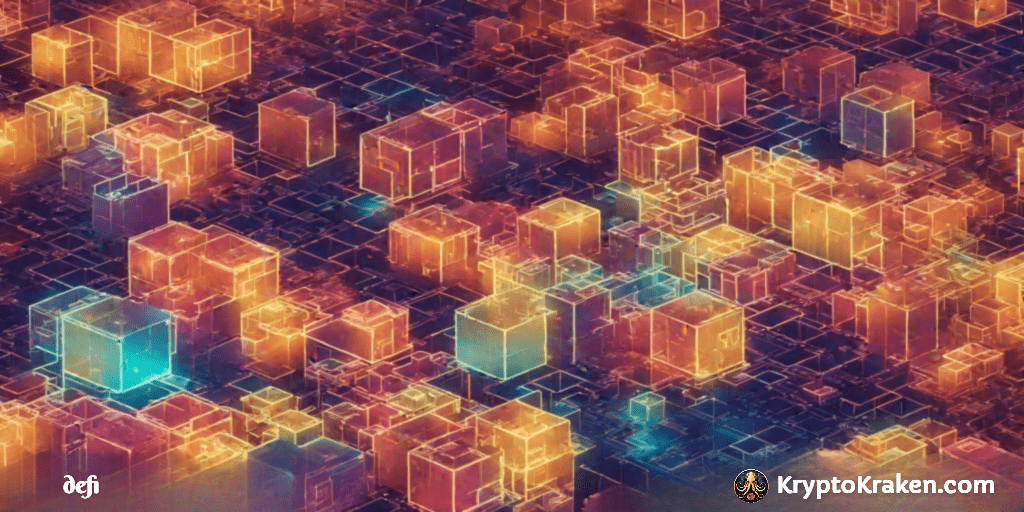
The Building Blocks of DeFi
Now that we have covered the core principles of DeFi, let’s take a closer look at the building blocks that make up its ecosystem.
Blockchain Technology
Blockchain technology serves as the foundation for DeFi. It is a distributed ledger technology that records transactions in a secure and transparent way. By leveraging blockchain technology, DeFi applications and protocols are able to operate in a decentralized manner, without relying on central authorities.
Smart Contracts
Smart contracts are self-executing contracts with the terms of the agreement directly written into code. These contracts operate according to predetermined rules, and are executed automatically when certain conditions are met. Smart contracts are an essential component of DeFi, allowing for the automation of financial transactions on a decentralized network.
Decentralized Applications (dApps)
Decentralized applications (dApps) are applications that run on a decentralized network, rather than on a centralized server. In the context of DeFi, dApps provide users with access to a wide range of financial services, including lending, borrowing, and trading.
Cryptocurrencies and Tokens
Cryptocurrencies and tokens serve as the native currency of the DeFi ecosystem, and are used to facilitate transactions within the network. These digital assets are designed to operate independently of traditional financial systems, and their value is determined by supply and demand.
Key Components of the DeFi Ecosystem
Now that we have covered the building blocks of DeFi, let’s take a closer look at the key components of its ecosystem.
Decentralized Exchanges (DEXs)
A decentralized exchange (DEX) is a platform that allows users to trade cryptocurrencies and tokens in a peer-to-peer manner, without the need for intermediaries. These exchanges operate using smart contracts, which automatically execute trades based on pre-defined rules. DEXs offer a high level of security and transparency, as users have full control over their funds and are not required to trust a third party with their assets.
Lending and Borrowing Platforms
Lending and borrowing platforms enable users to lend or borrow cryptocurrencies in a decentralized manner. By using smart contracts to facilitate lending and borrowing transactions, these platforms eliminate the need for intermediaries, resulting in faster, cheaper, and more transparent transactions. Users can earn interest on their assets by lending them out, and borrowers can access funds without the need for a traditional bank or financial institution.
Stablecoins
Stablecoins are digital assets that are designed to maintain a stable value, typically pegged to a fiat currency such as the US dollar. This stability is achieved through the use of collateral, such as other cryptocurrencies or traditional assets. Stablecoins are a key component of the DeFi ecosystem, as they provide users with a stable store of value that can be easily transferred and traded within the network.
Yield Farming and Liquidity Mining
Yield farming and liquidity mining are two popular DeFi practices that involve users providing liquidity to a decentralized platform in exchange for rewards. Yield farming typically involves staking cryptocurrencies in a liquidity pool, and earning interest on those assets. Liquidity mining, on the other hand, involves users mining new tokens by providing liquidity to a platform. These practices have become increasingly popular in the DeFi ecosystem, as they offer high rewards for users who are willing to take on additional risk.
Insurance and Risk Management
Insurance and risk management are important components of the DeFi ecosystem, as they help to mitigate the risks associated with decentralized financial transactions. DeFi insurance platforms provide coverage for smart contracts and other financial transactions, protecting users from the risk of hacks or other security breaches. These platforms typically use a decentralized, peer-to-peer model that allows for greater transparency and lower costs.
Prediction Markets
Prediction markets are decentralized platforms that allow users to make predictions on the outcome of future events, such as elections or sports games. These markets operate using blockchain technology, which ensures transparency and fairness. Prediction markets are a key component of the DeFi ecosystem, as they provide users with a decentralized way to speculate on the outcome of events, without relying on traditional bookmakers or financial institutions.
Conclusion
The world of decentralized finance is complex and rapidly evolving. In this article, we have covered the basic principles of DeFi, as well as the key components of its ecosystem. While DeFi is still in its early stages, it has the potential to disrupt traditional financial systems, by providing users with greater security, transparency, and accessibility. As the DeFi ecosystem continues to grow and develop, it will be interesting to see how it shapes the future of finance.



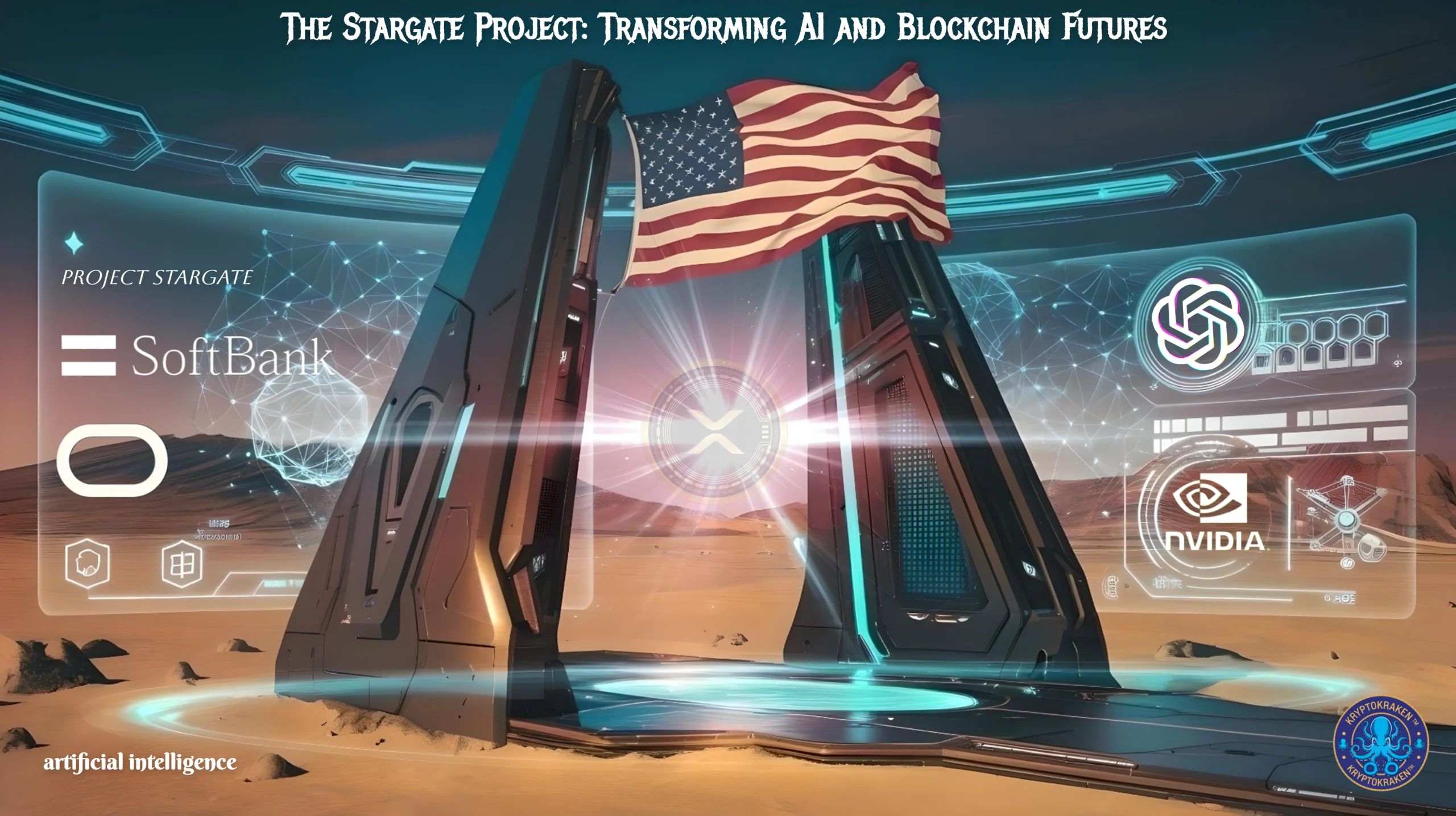
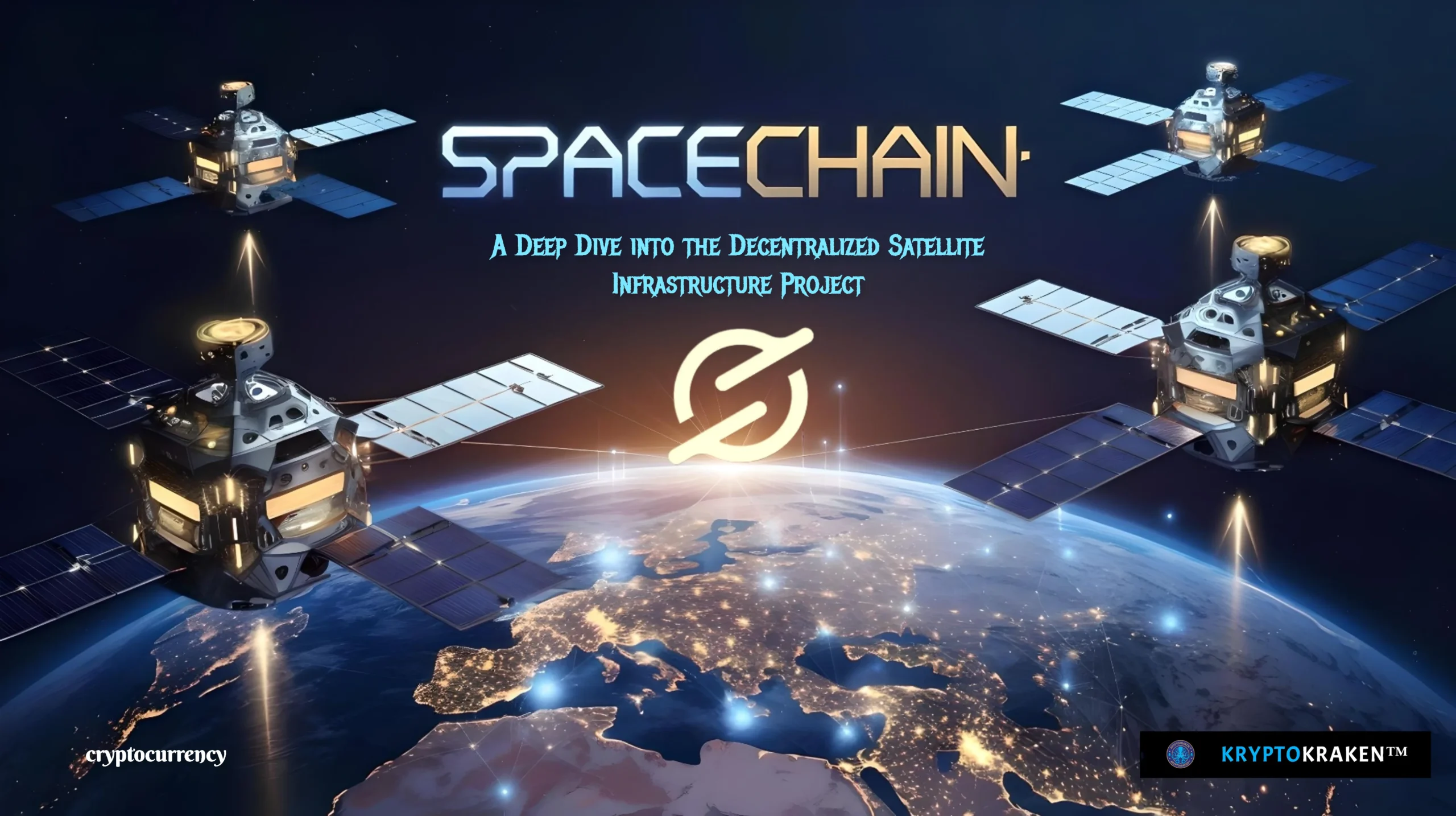
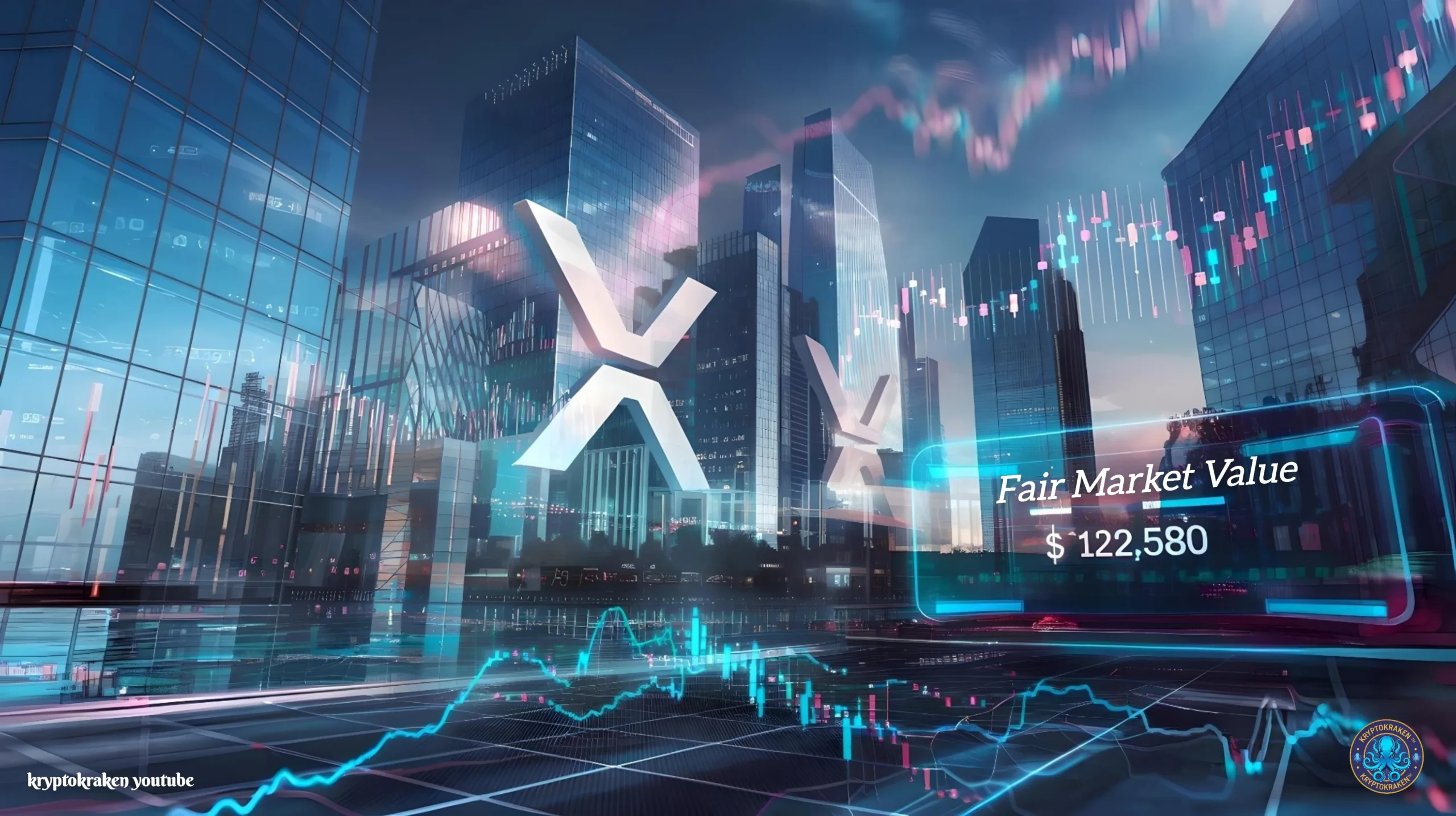
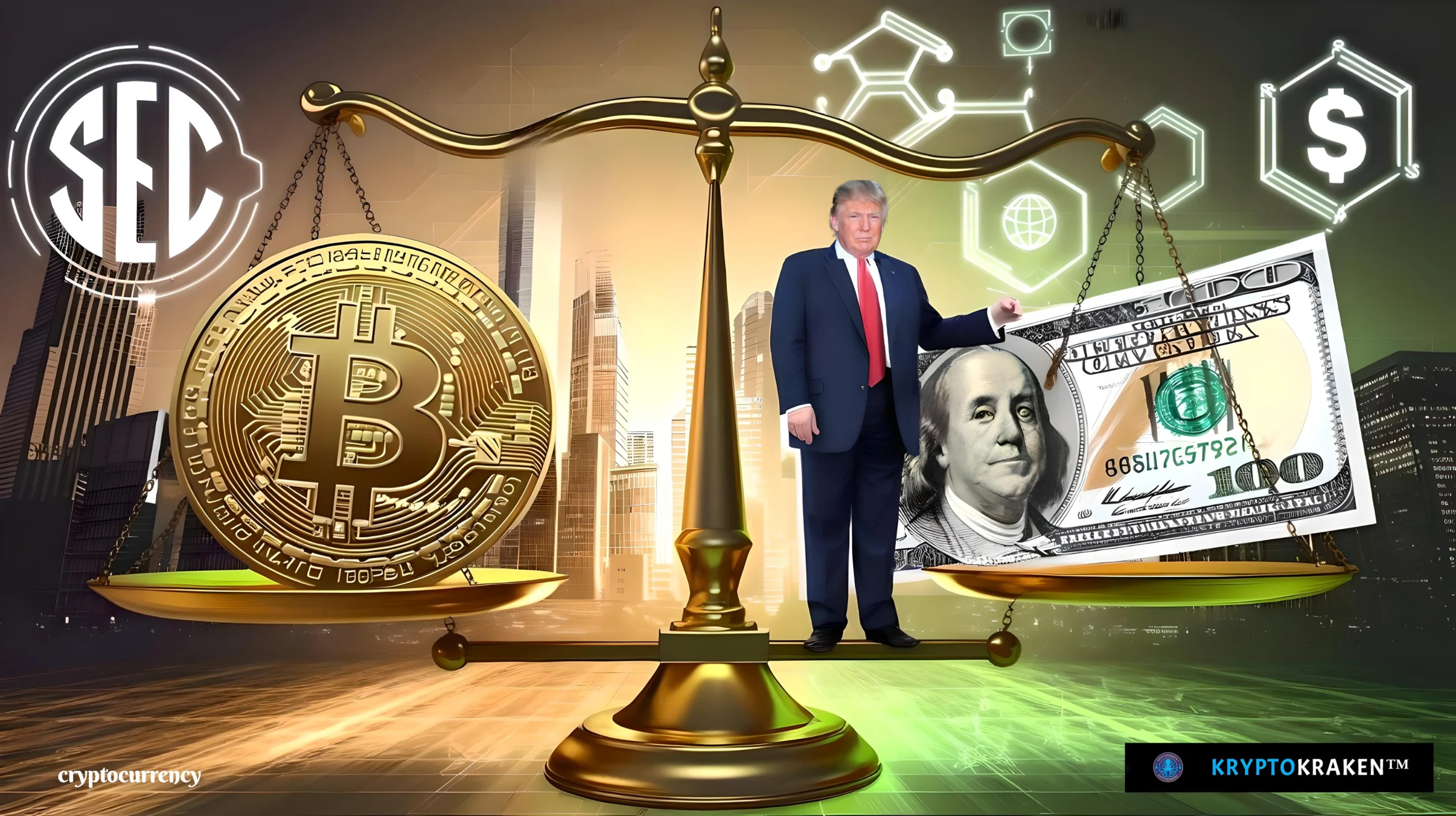

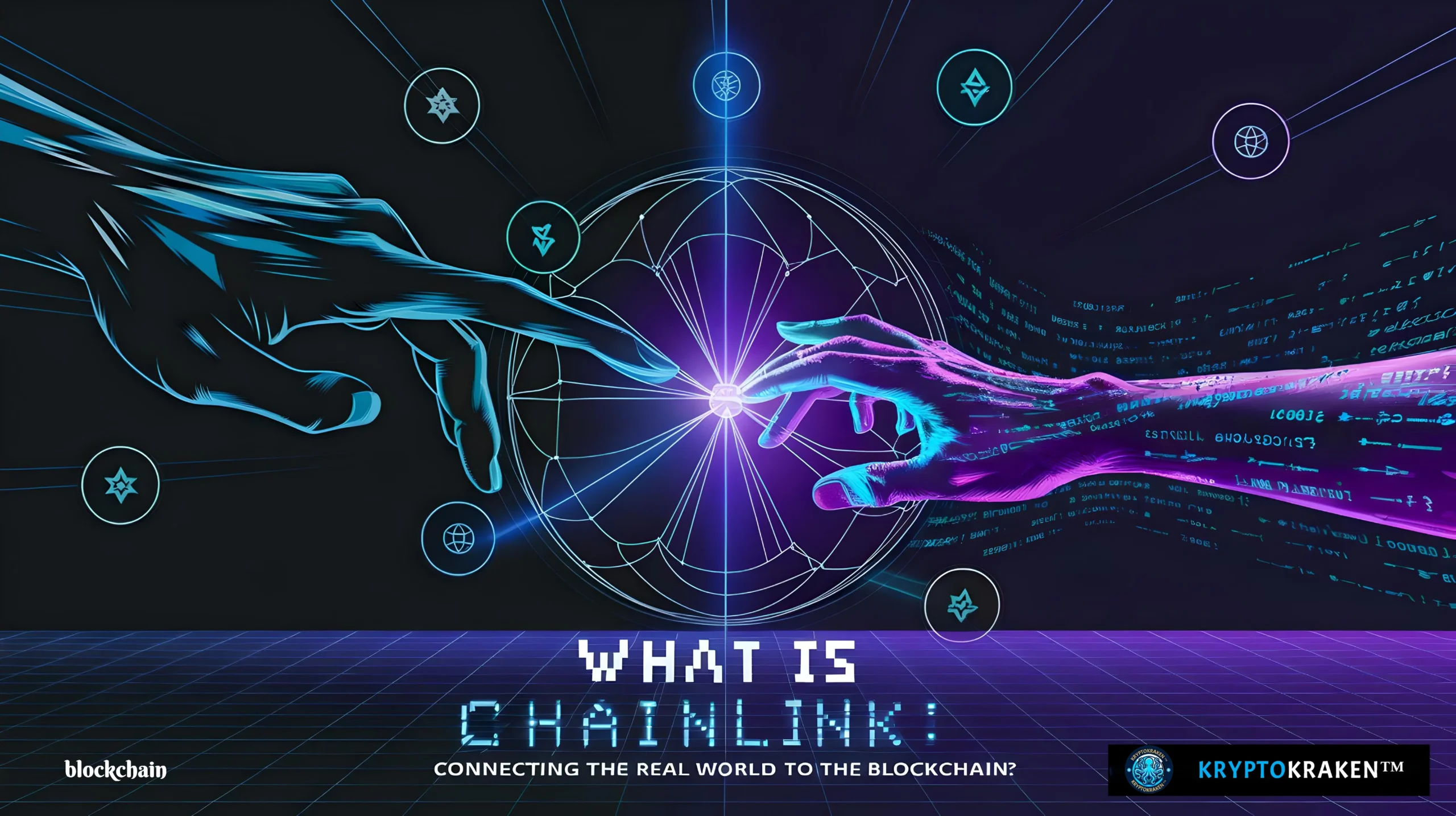
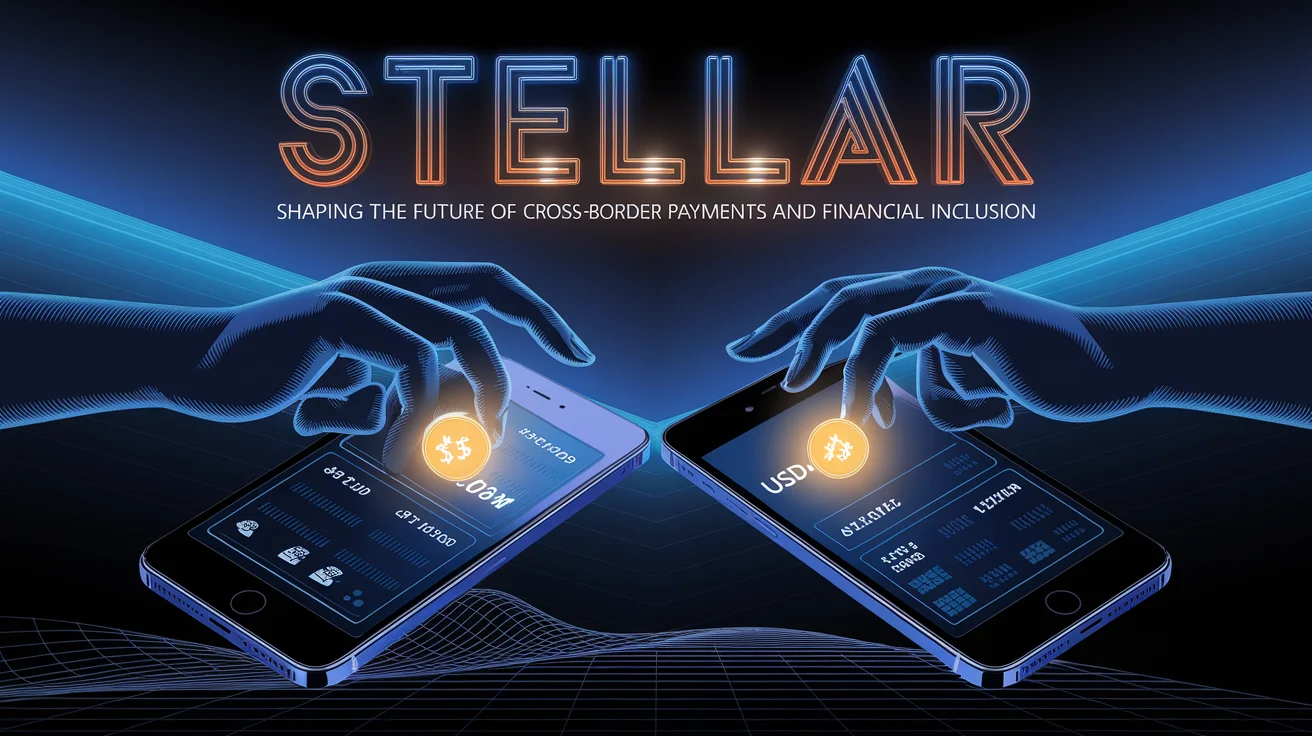
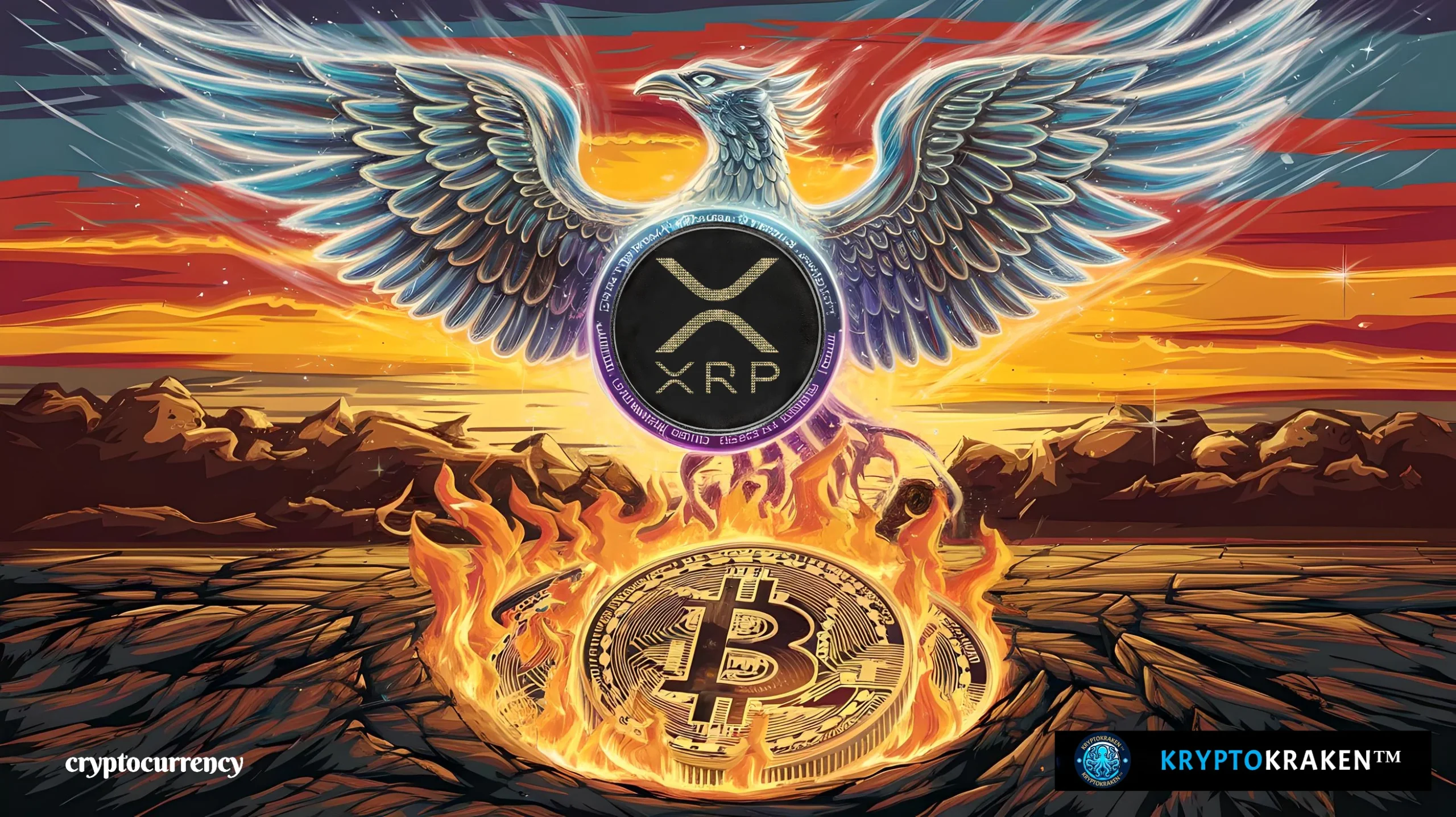
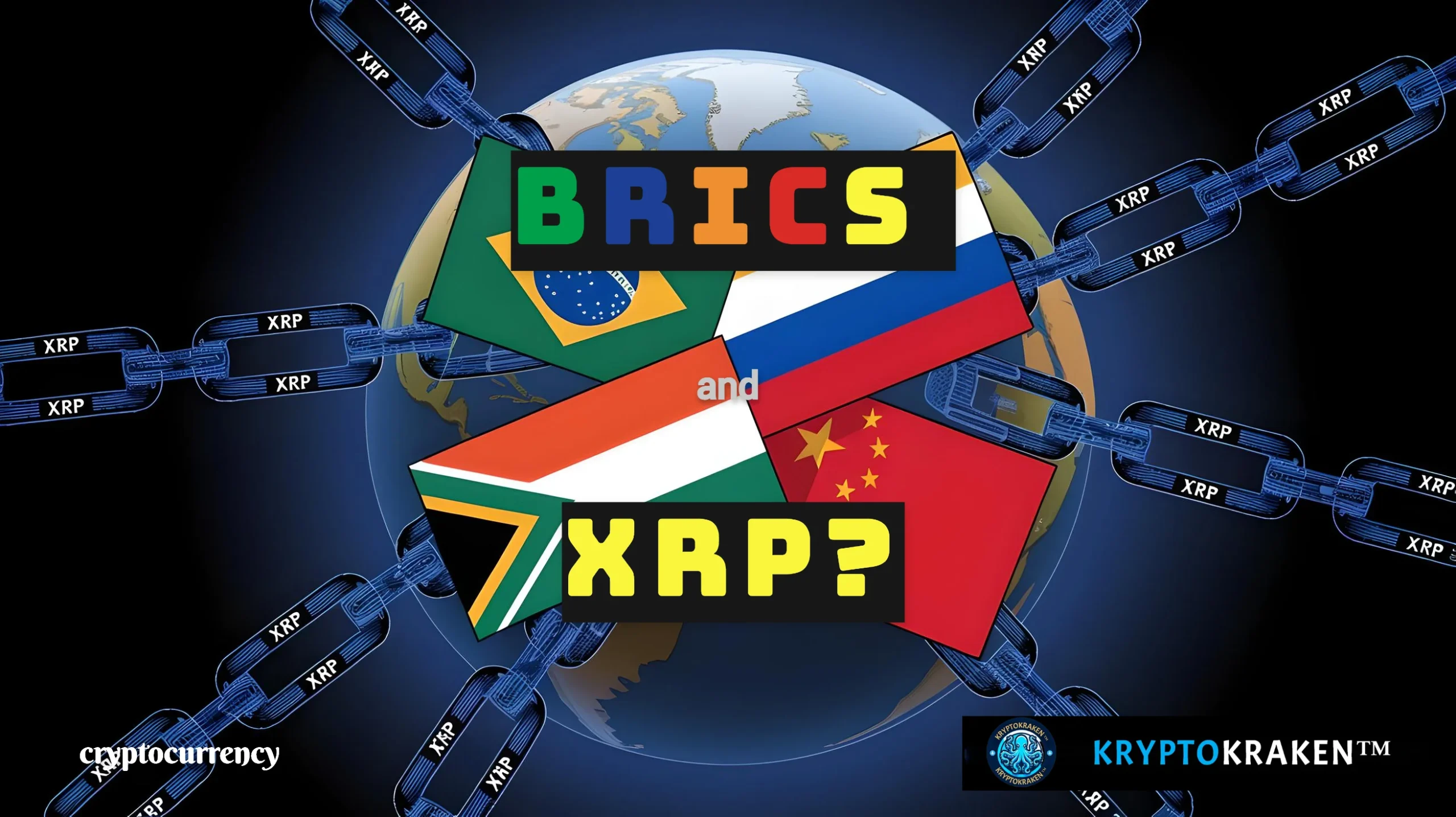

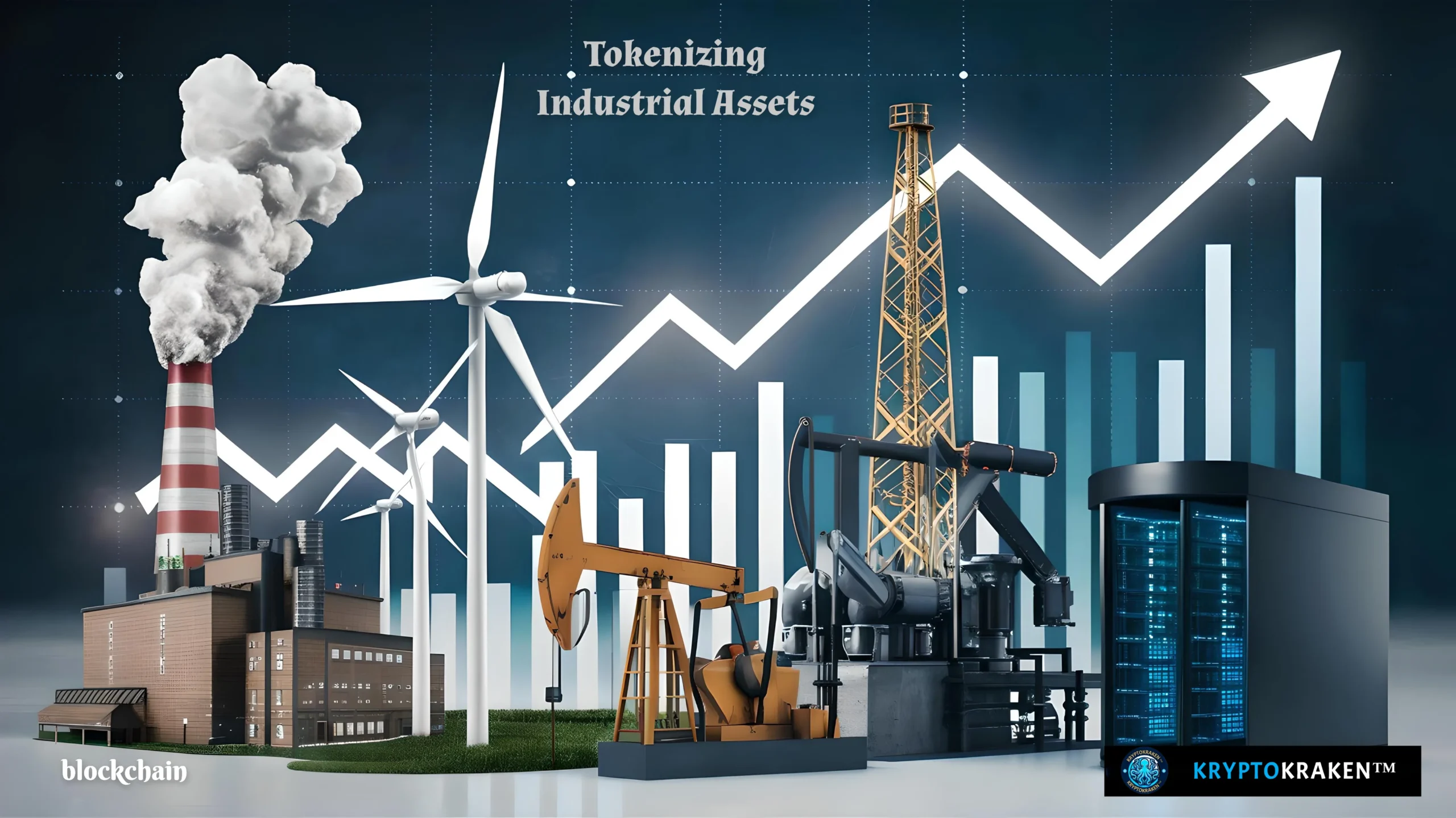
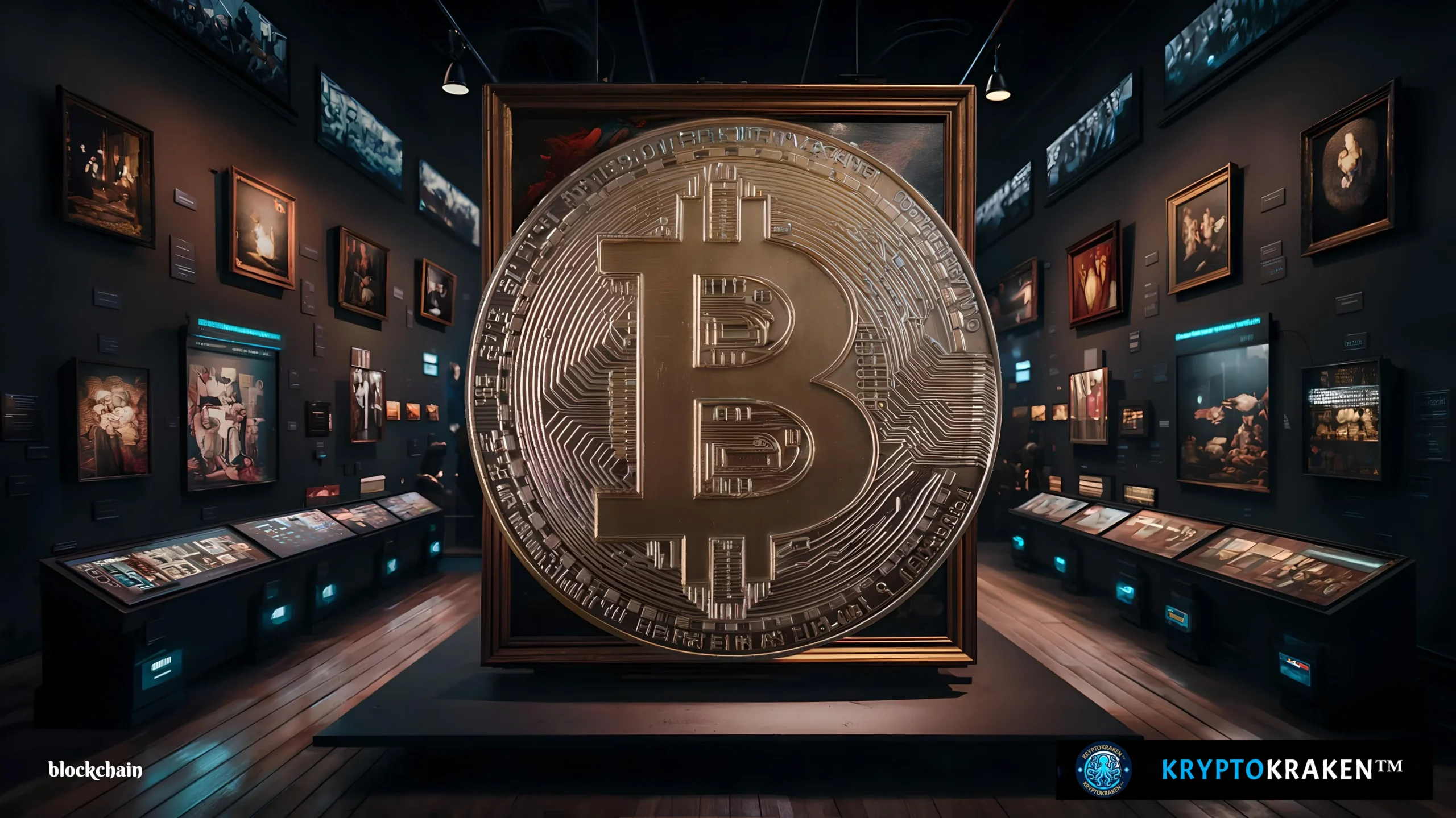
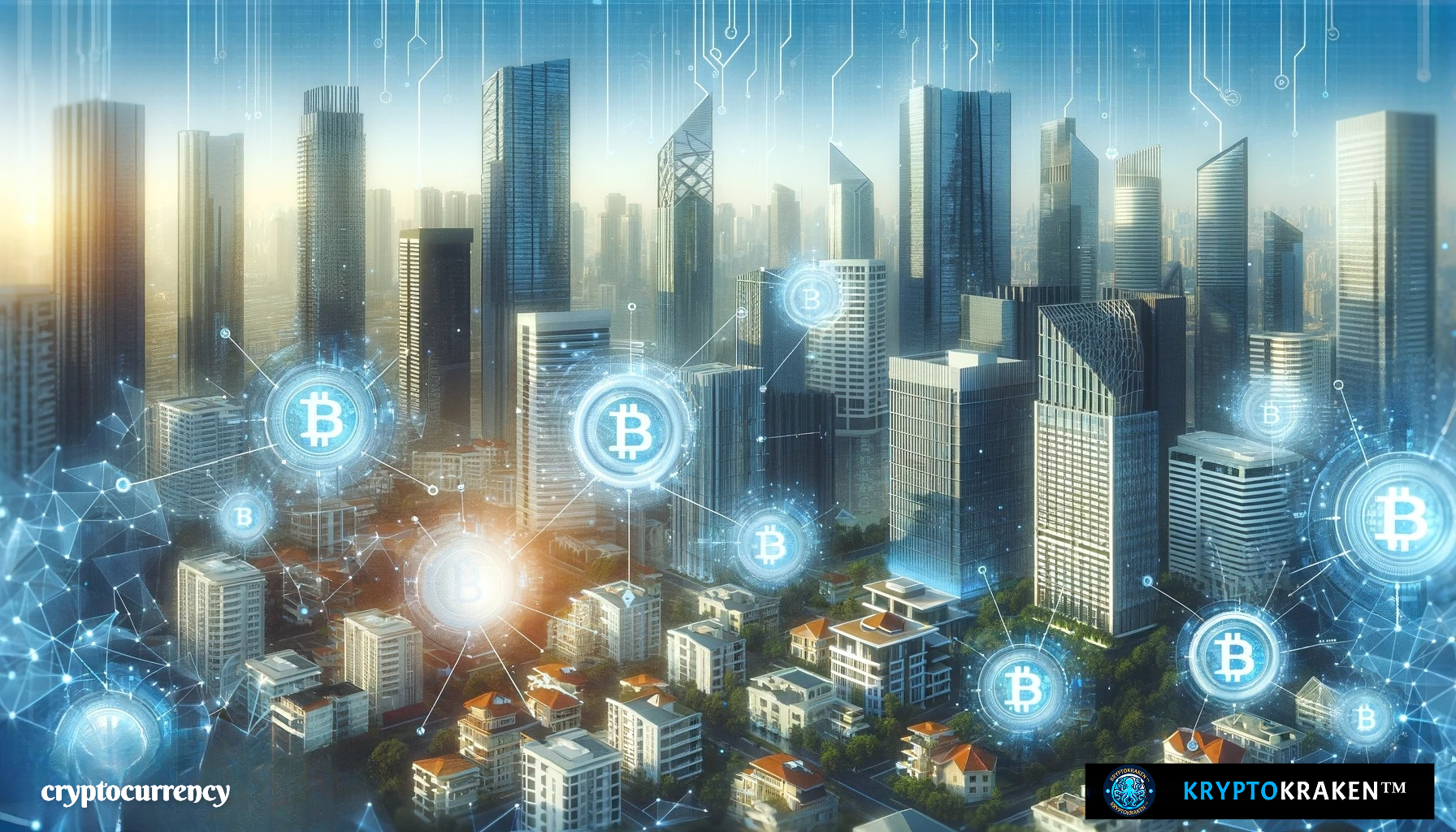
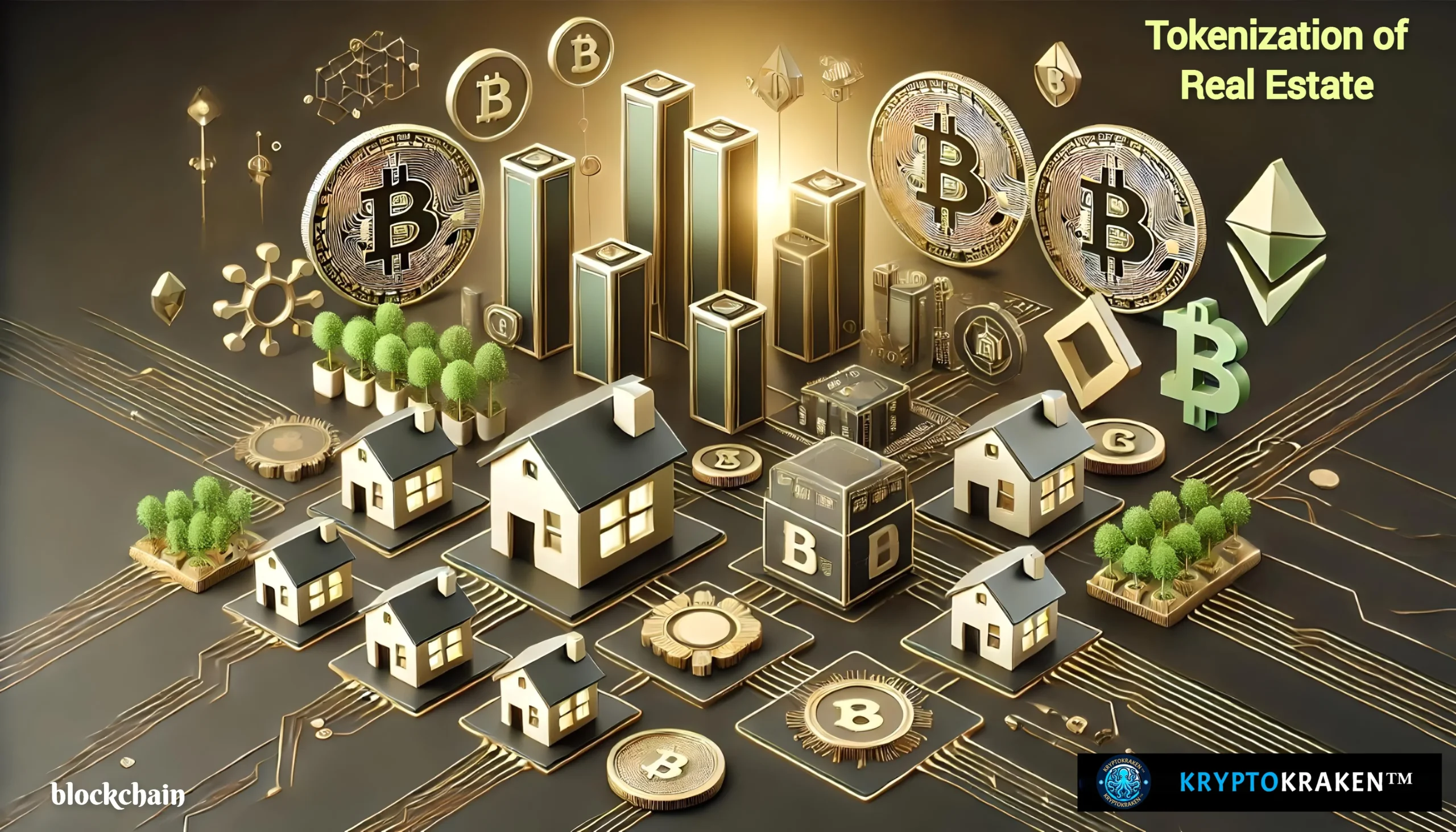
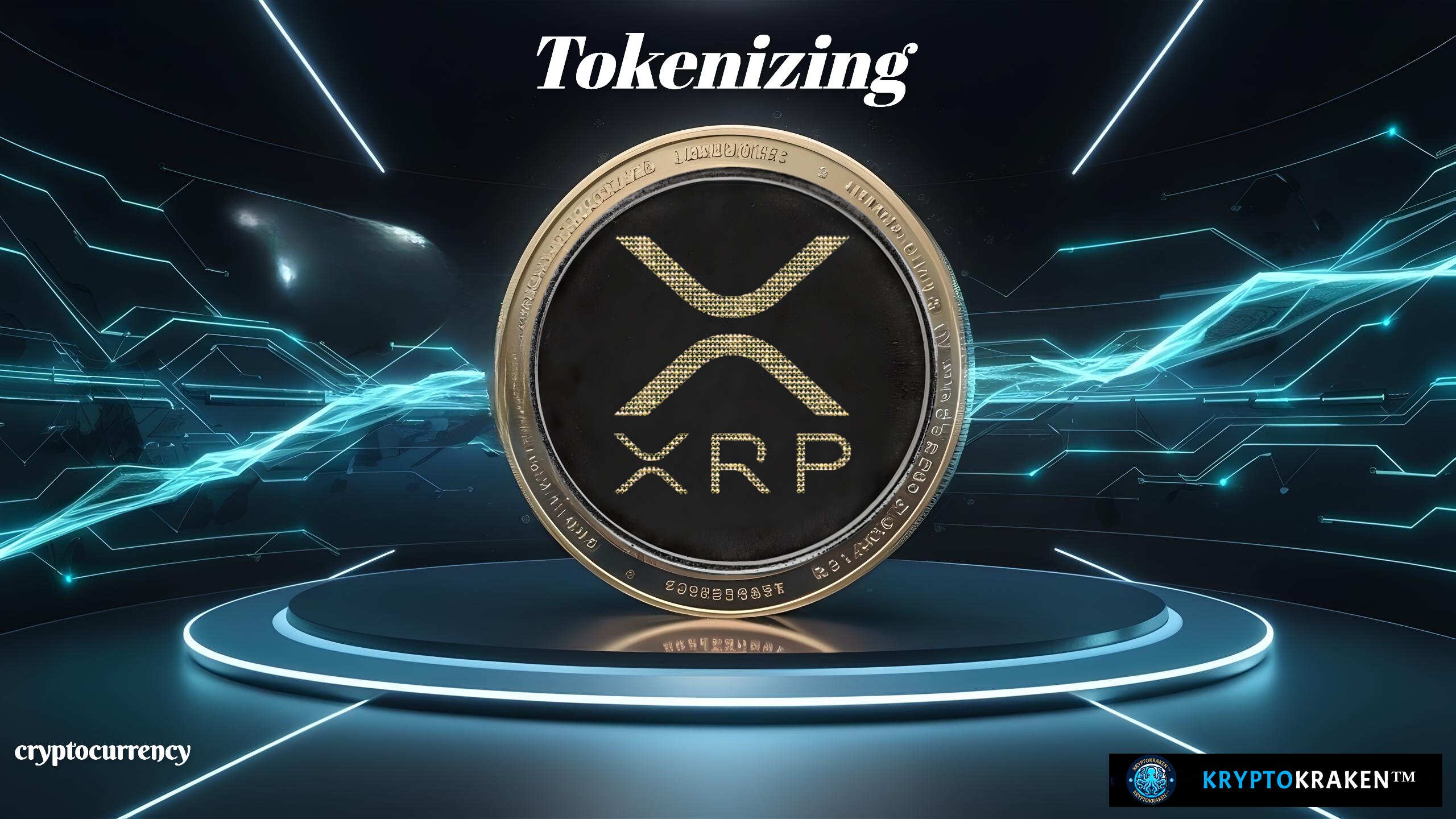
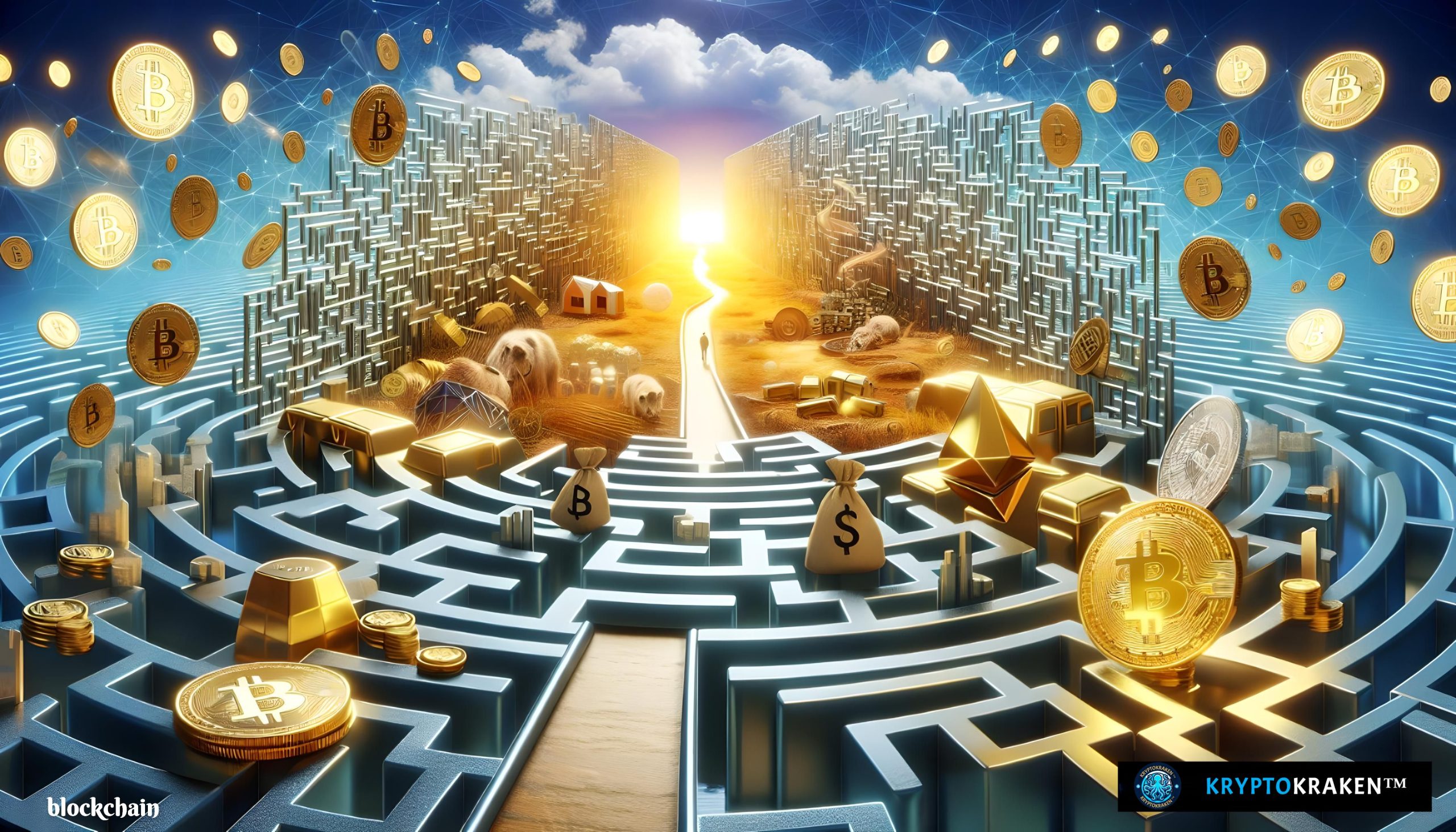
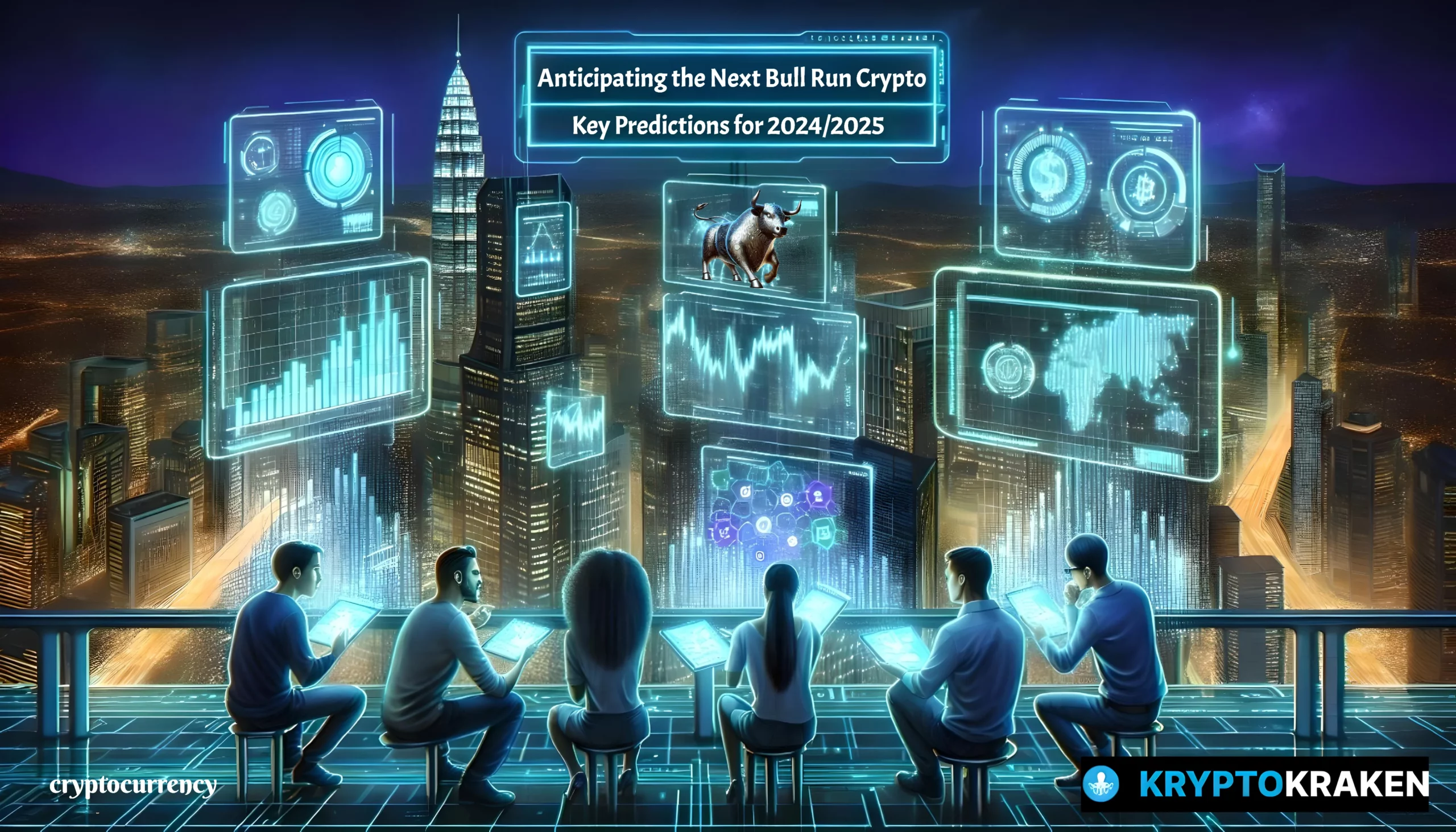


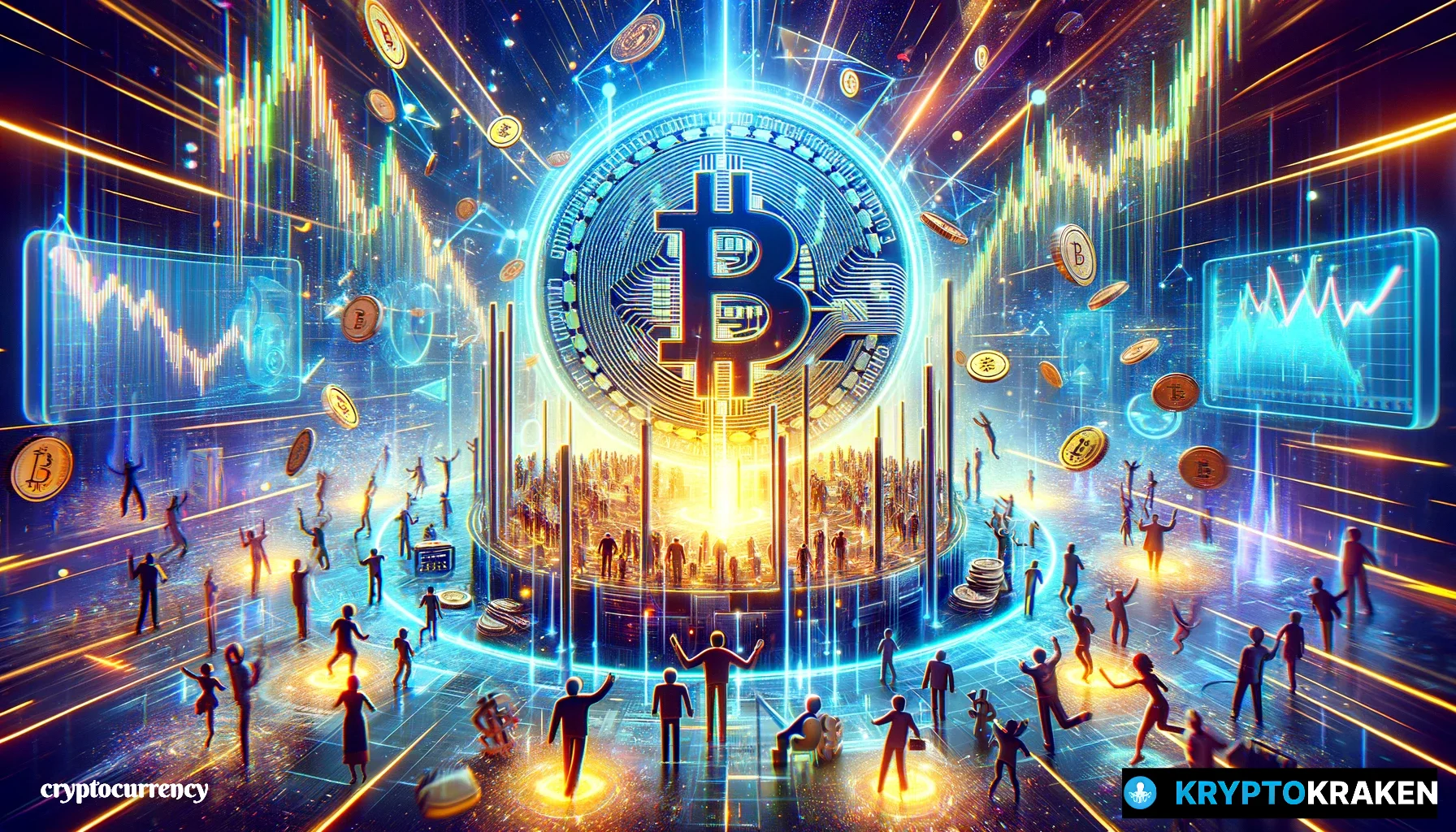
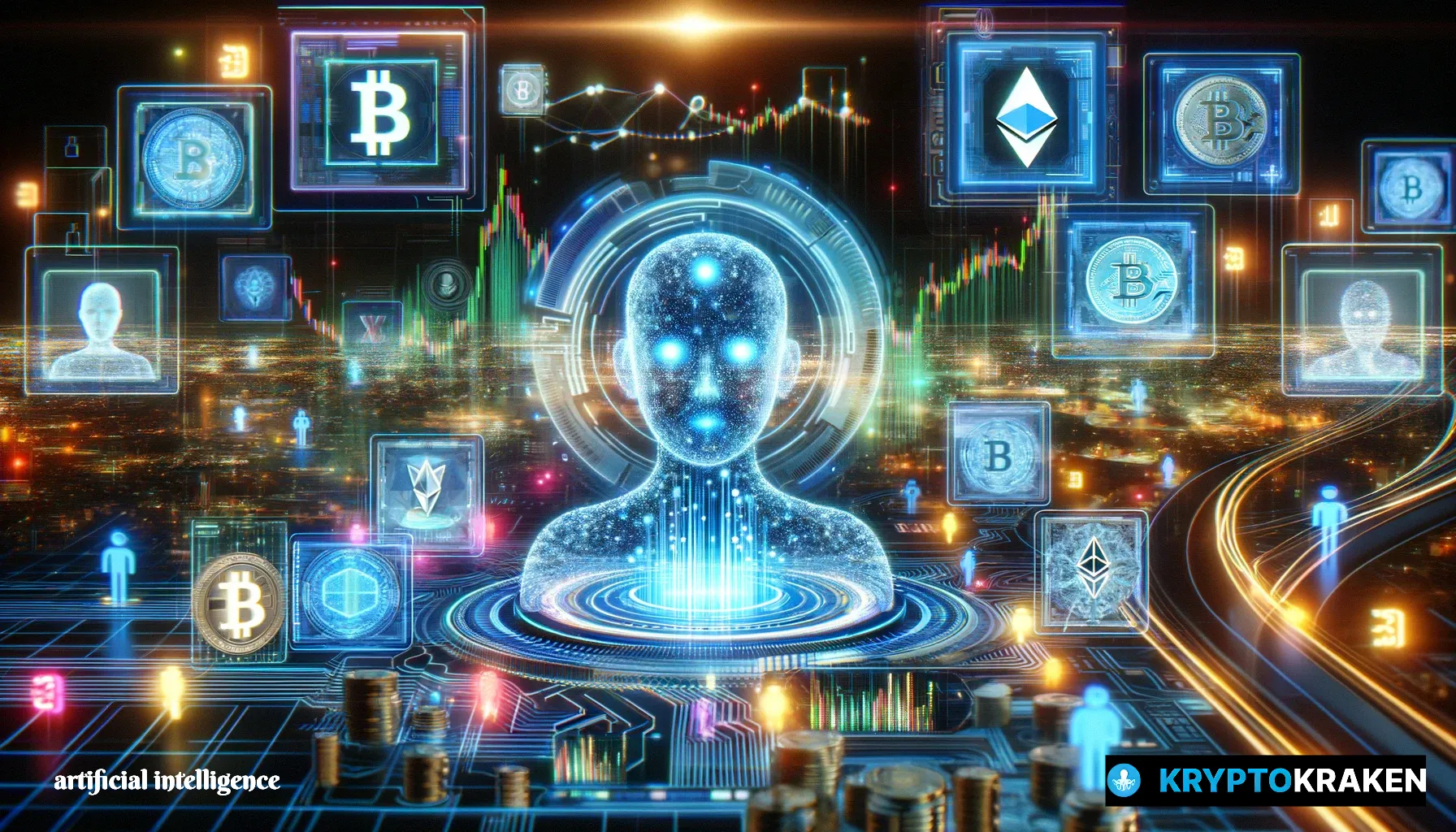
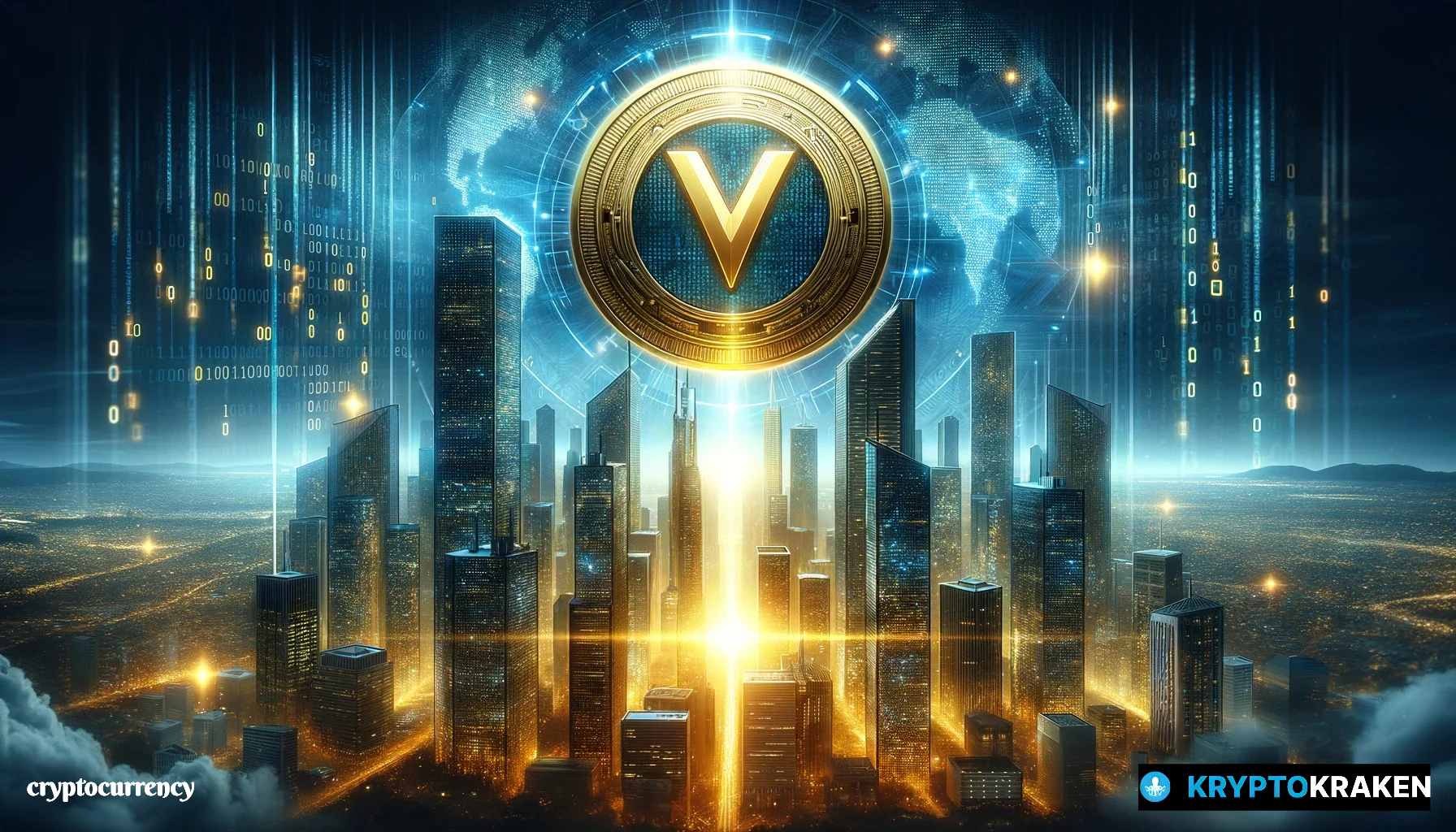
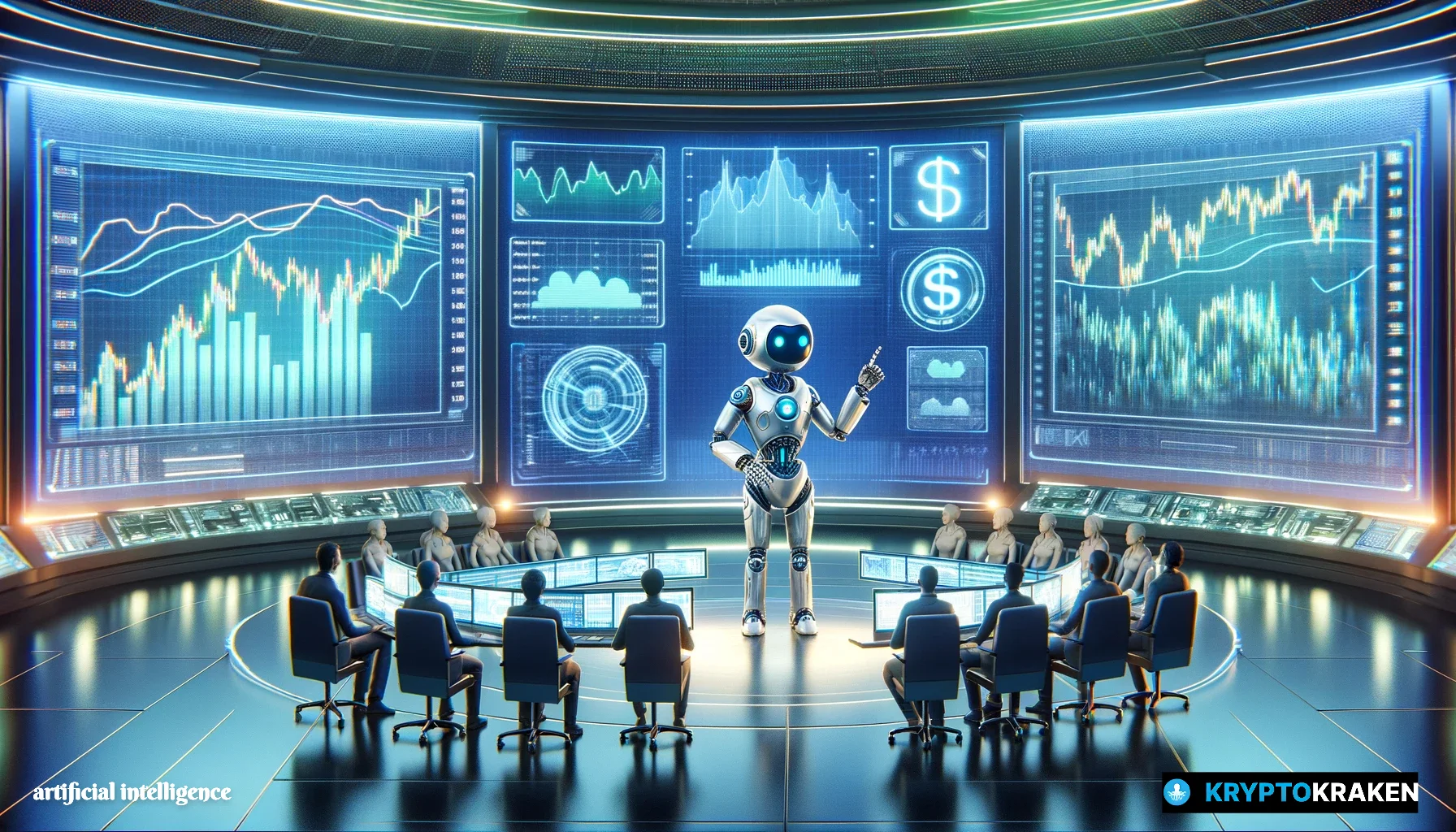
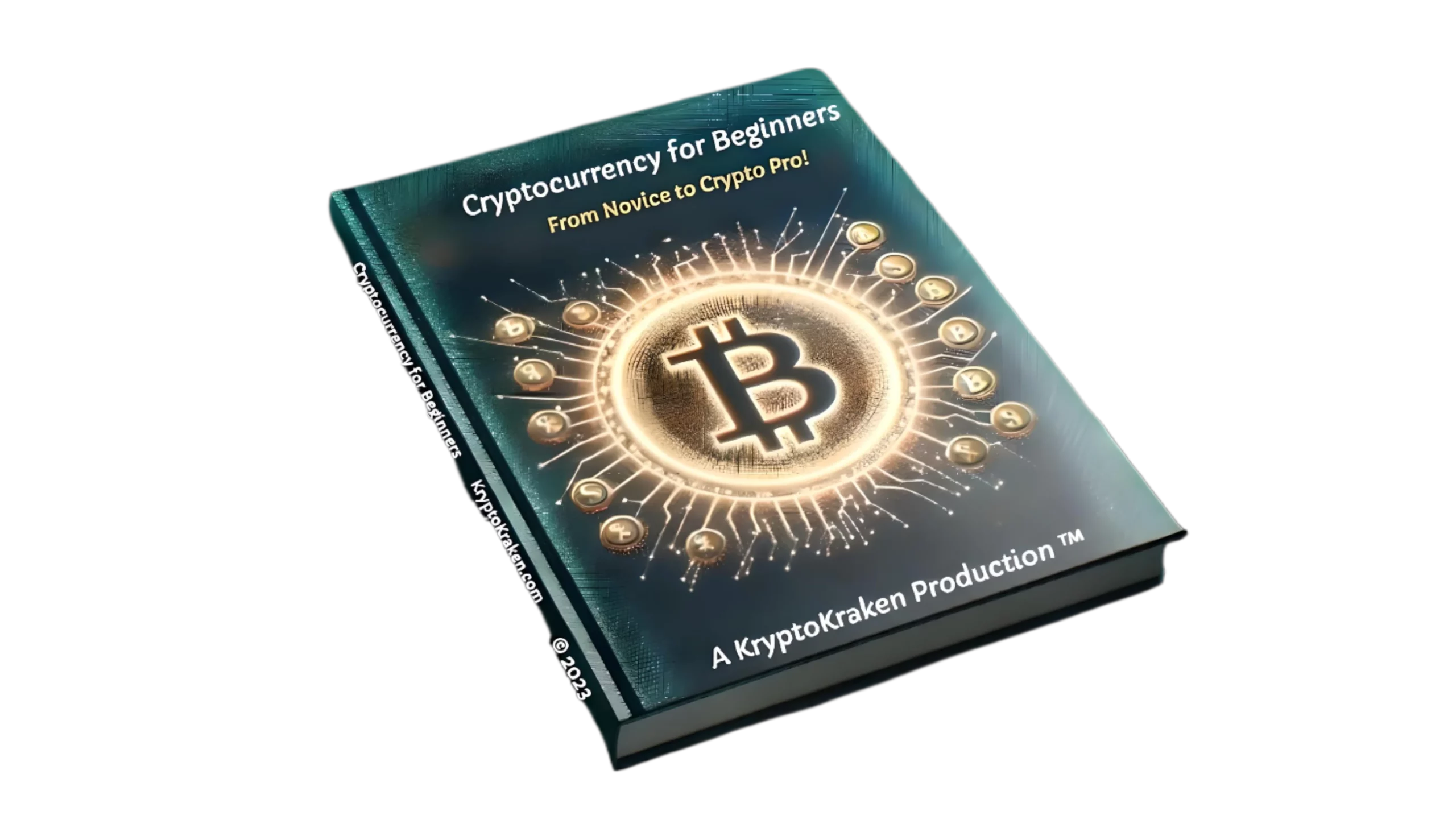
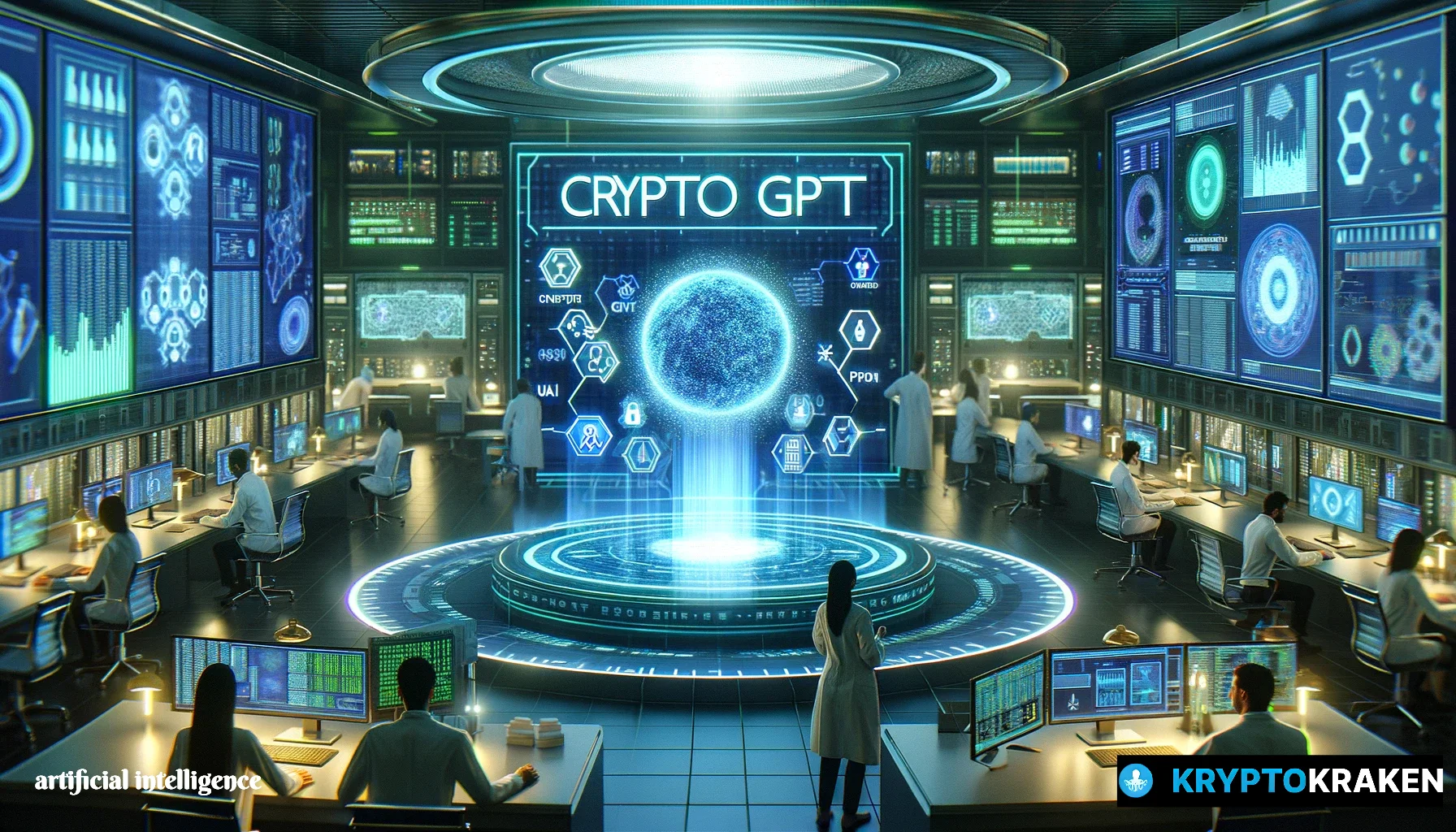
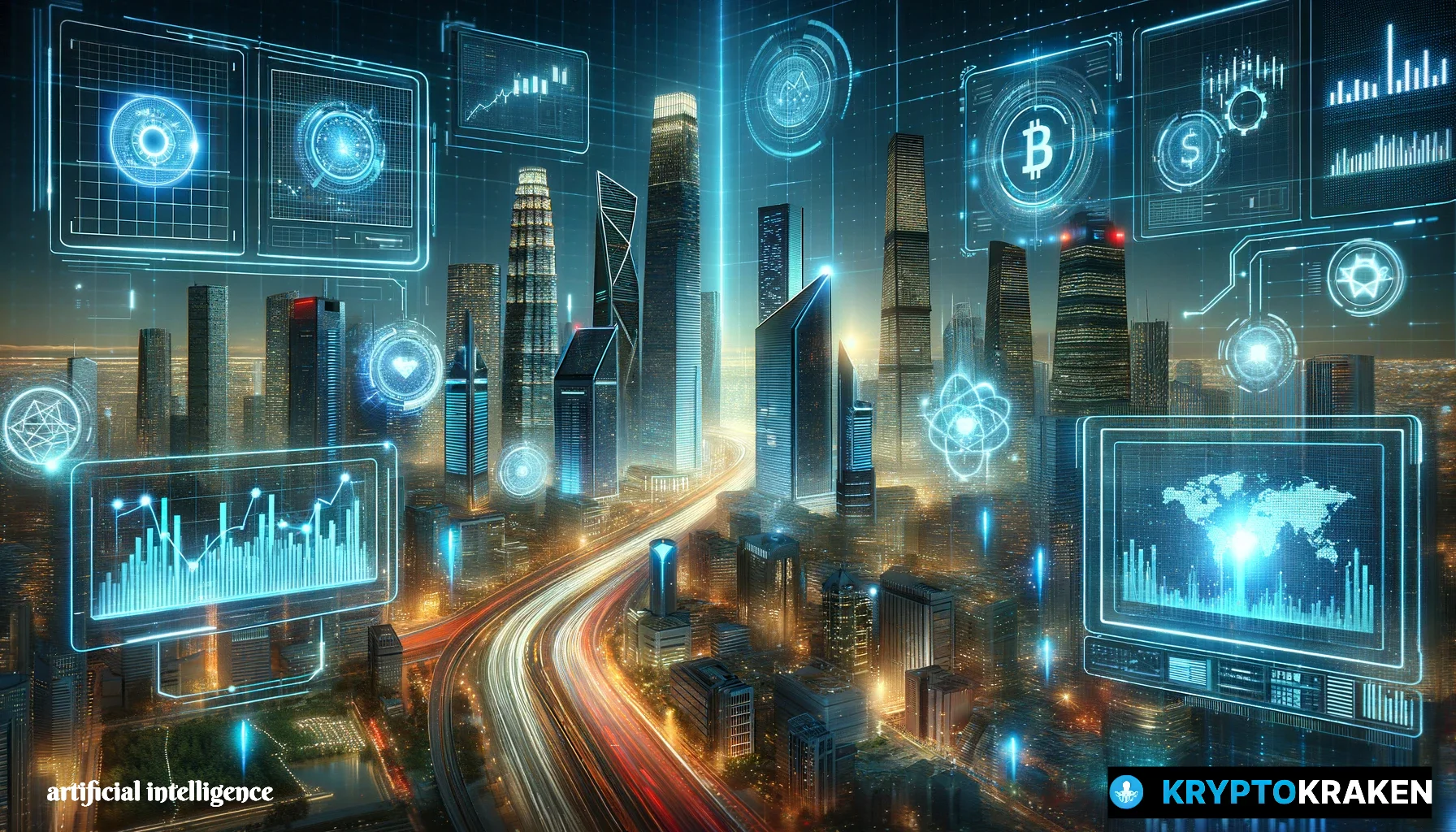
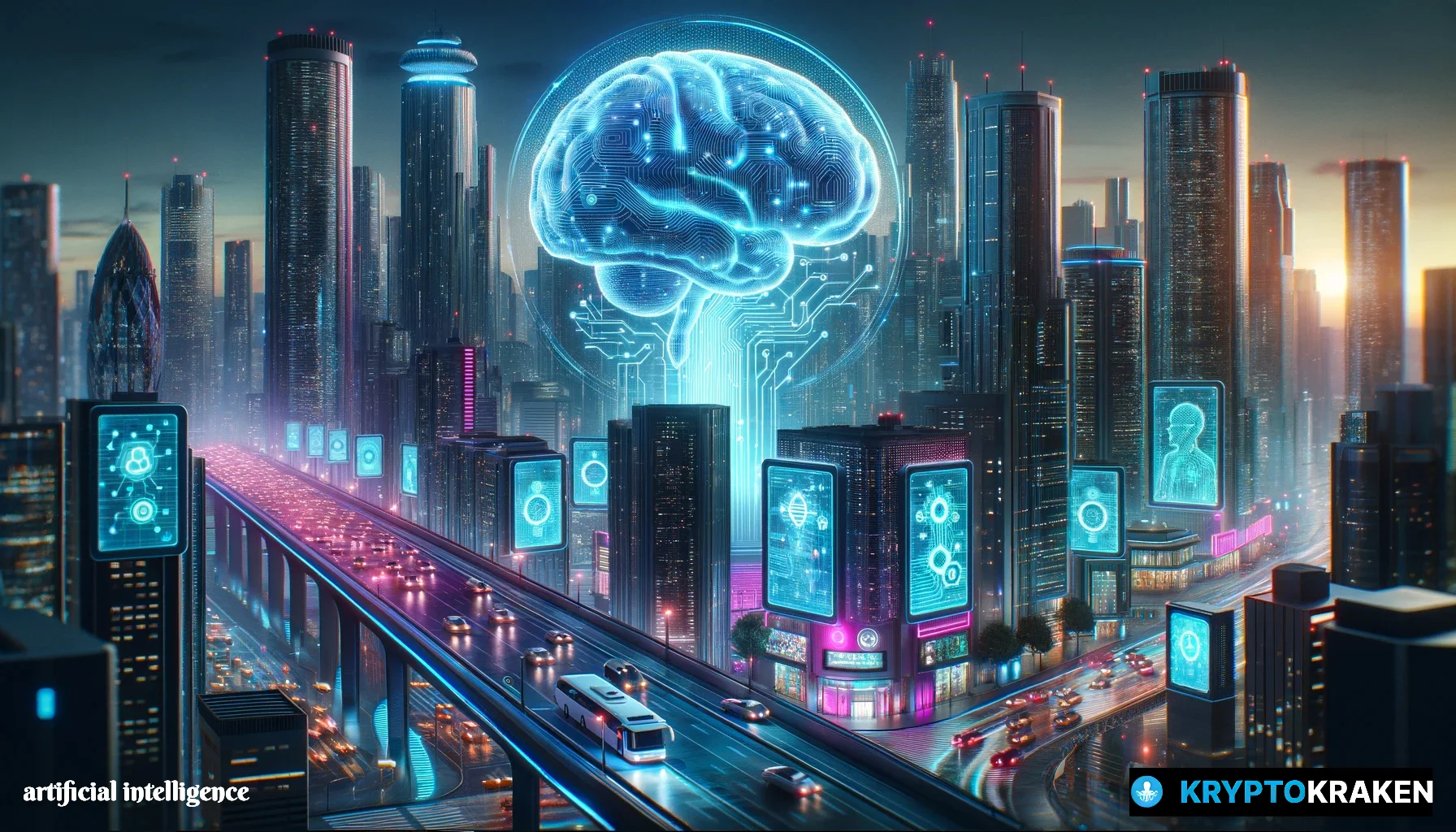
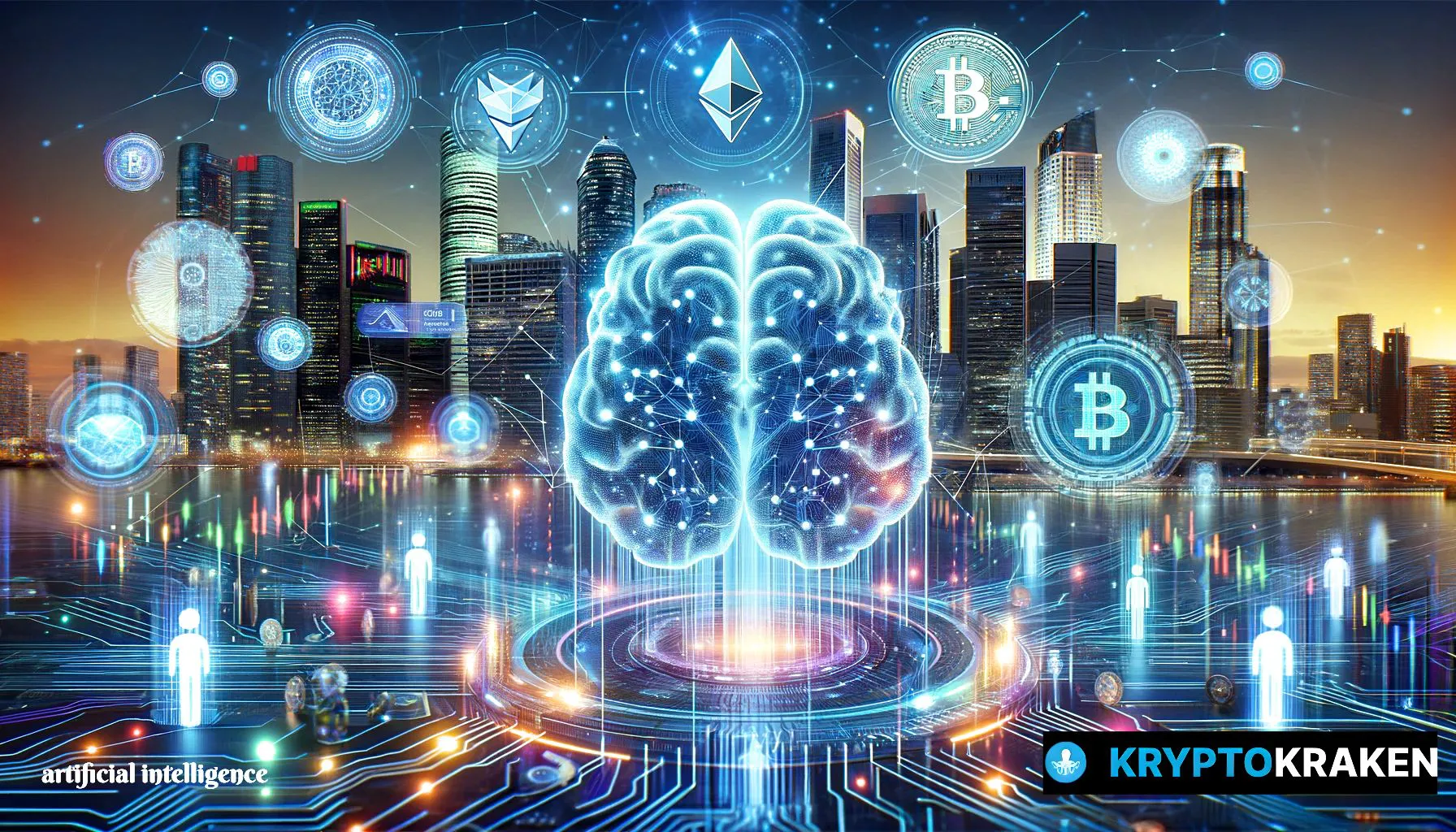
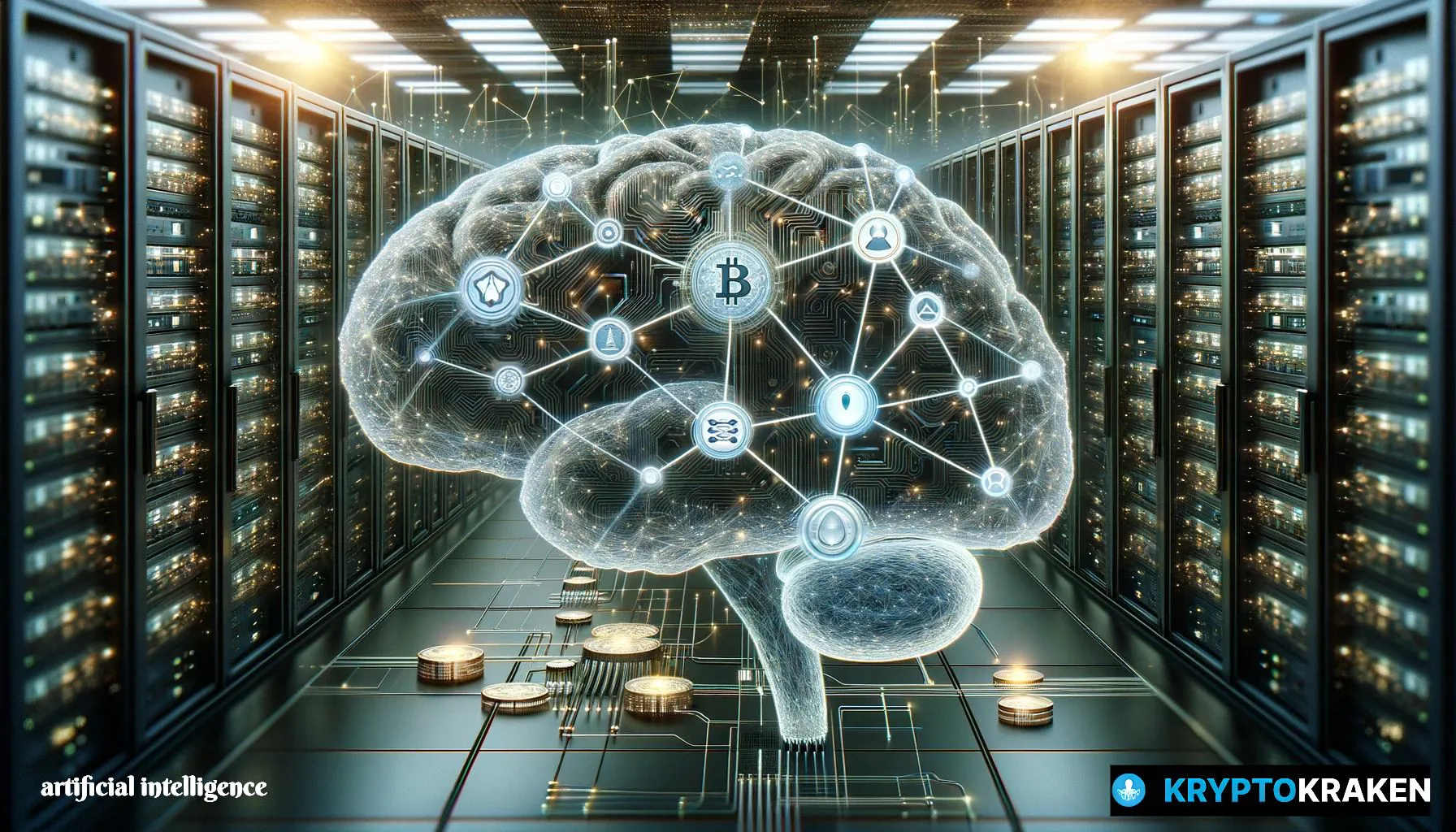

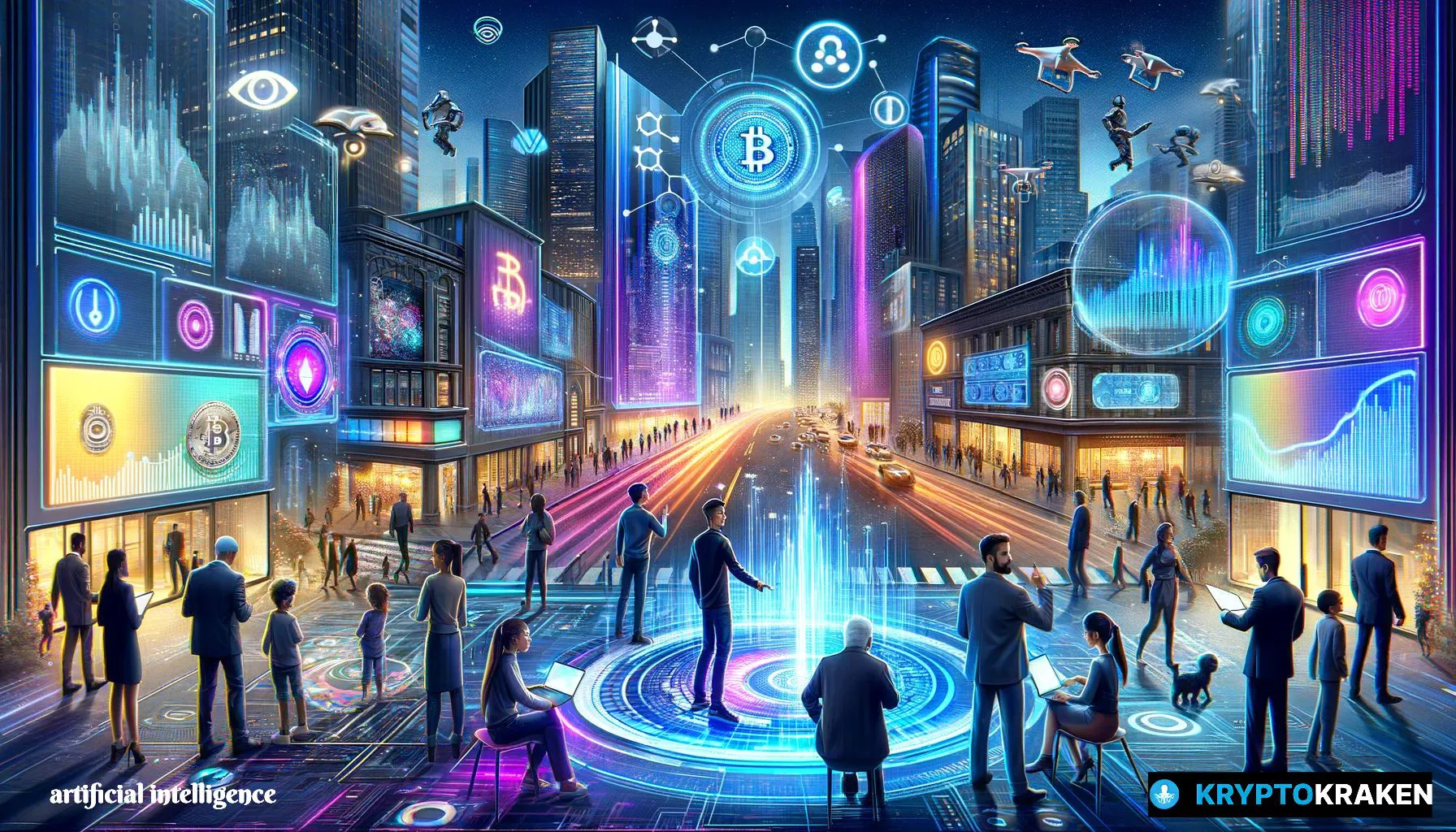
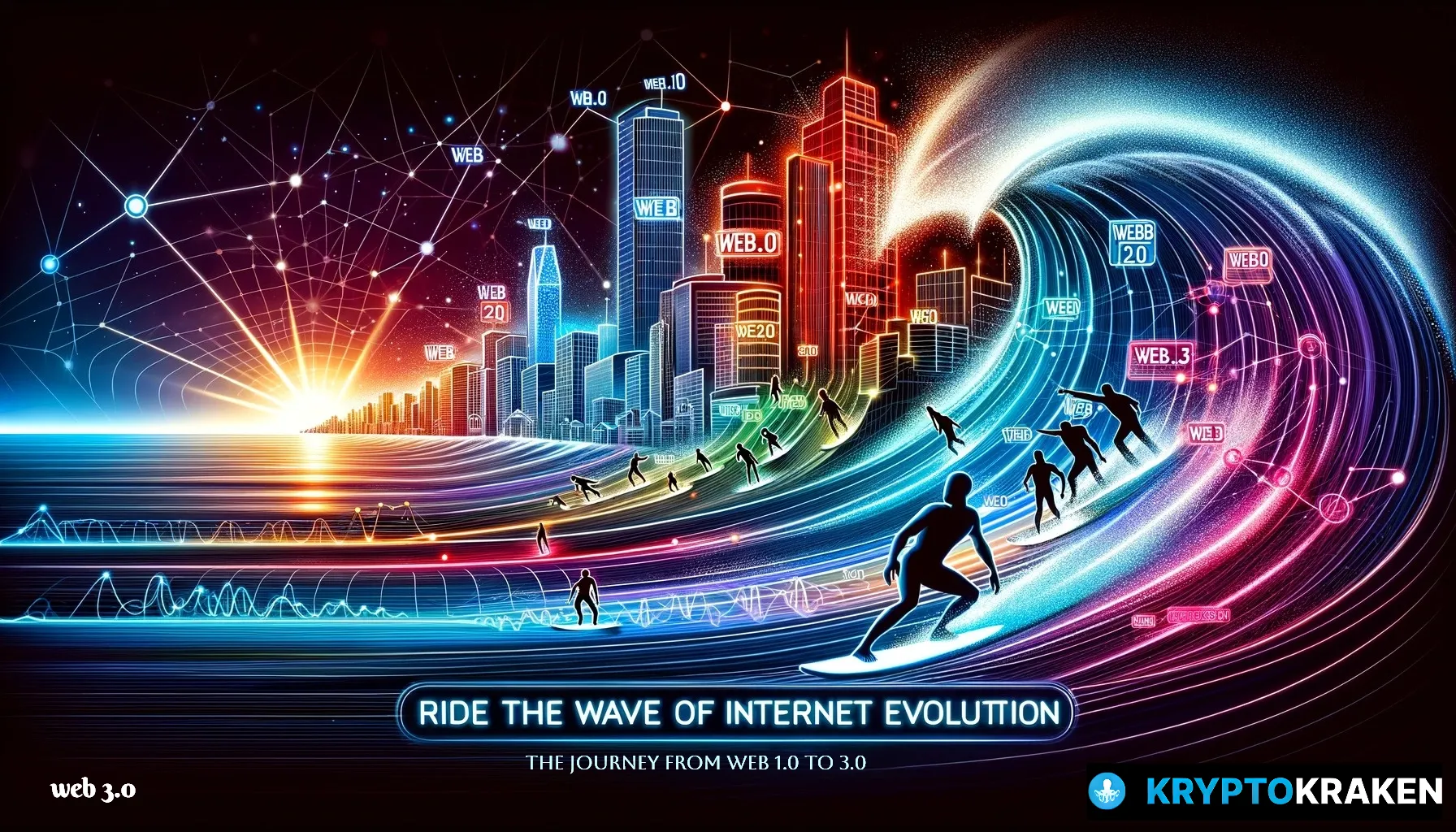

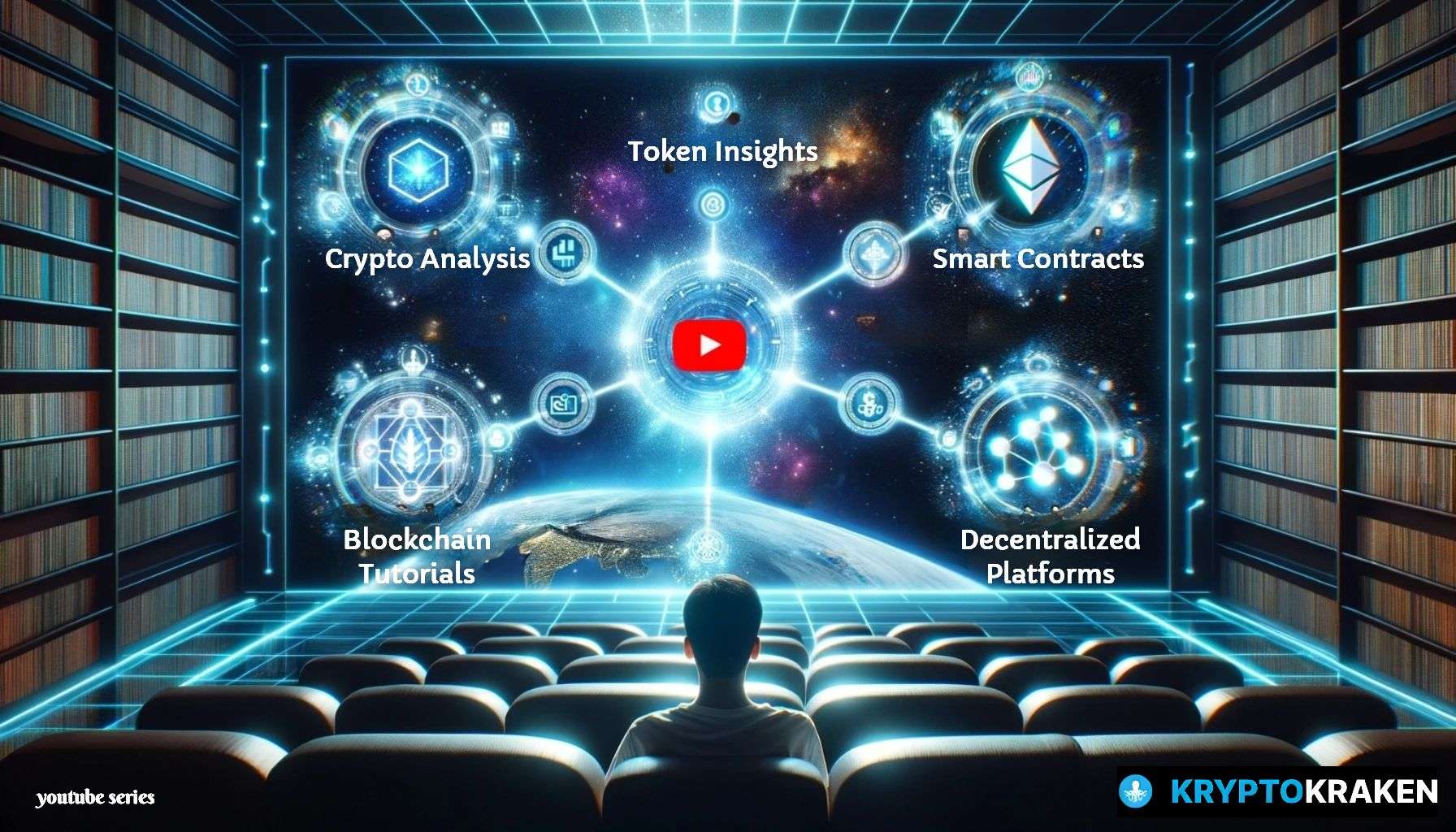
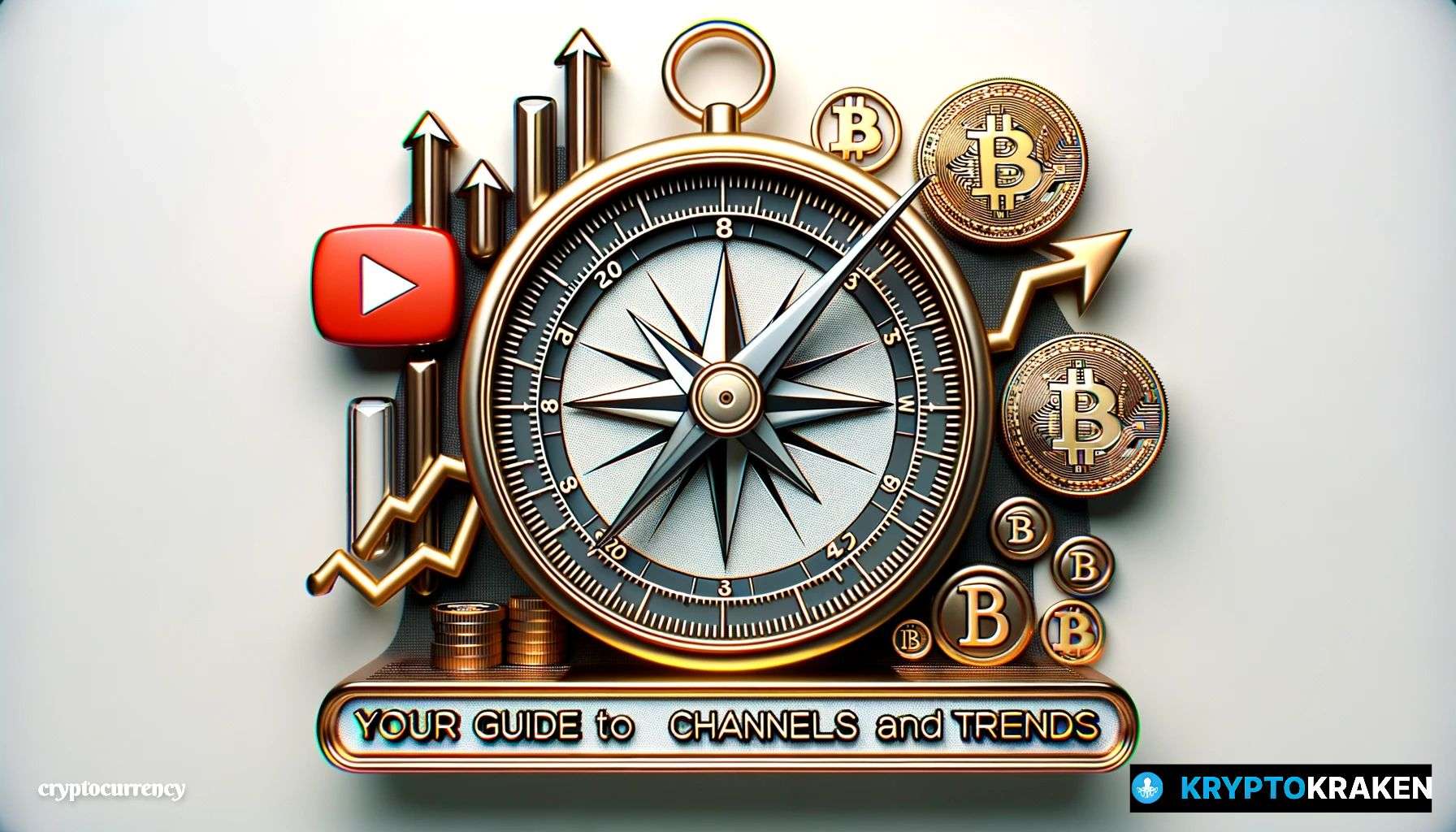

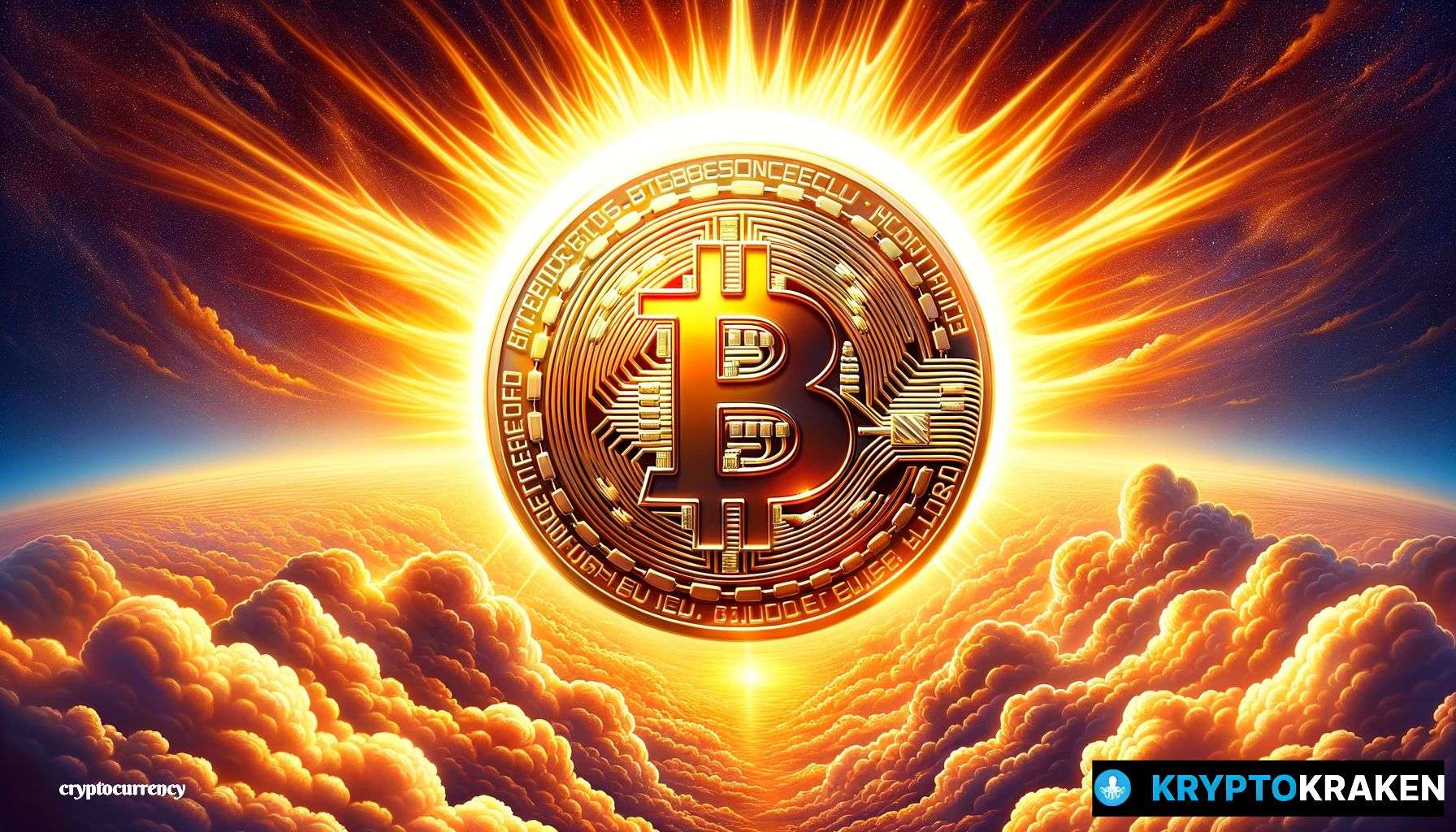
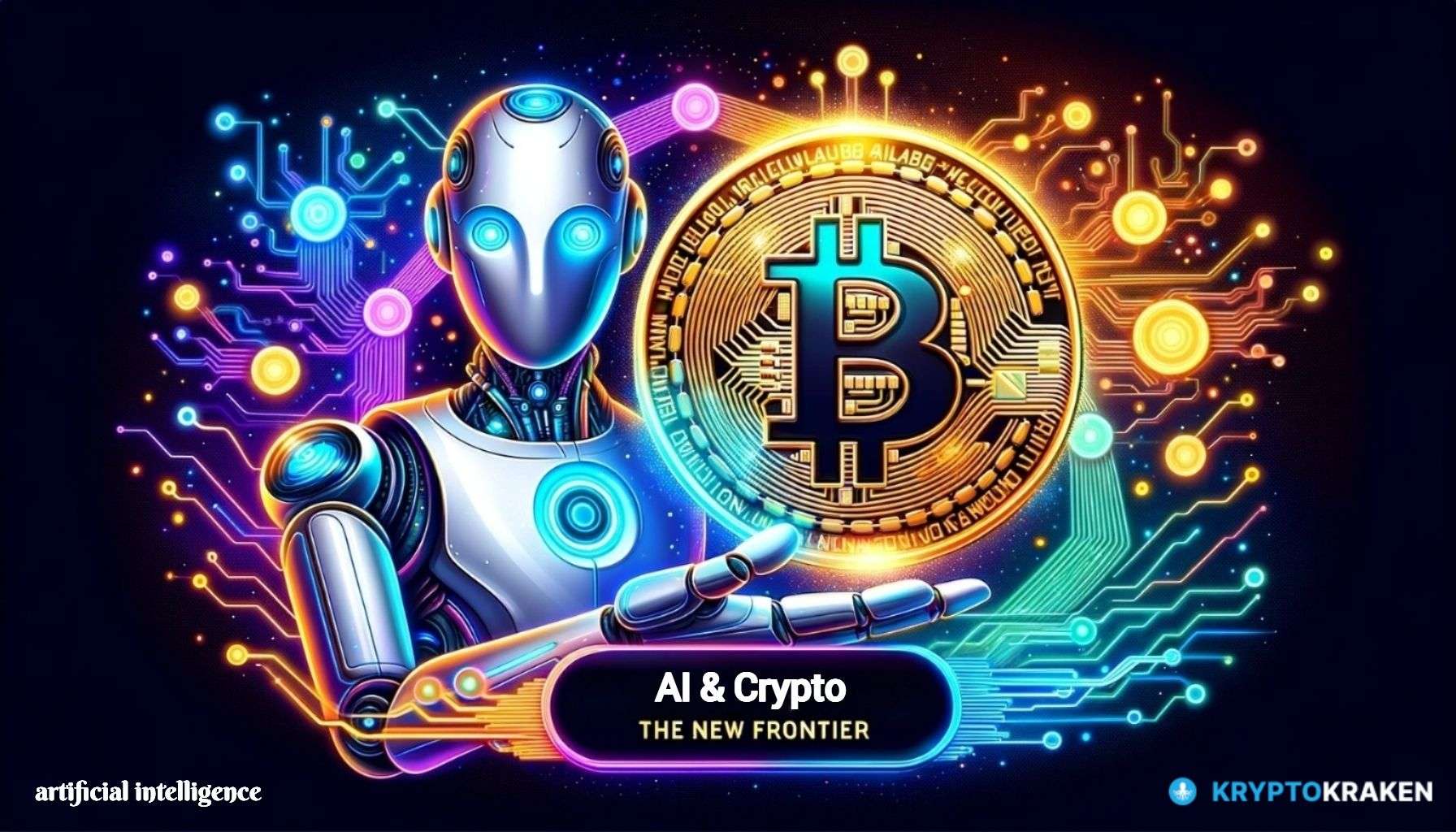

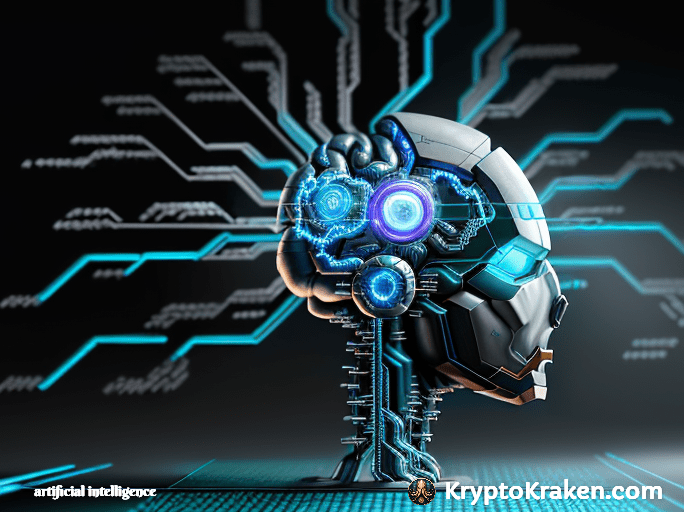
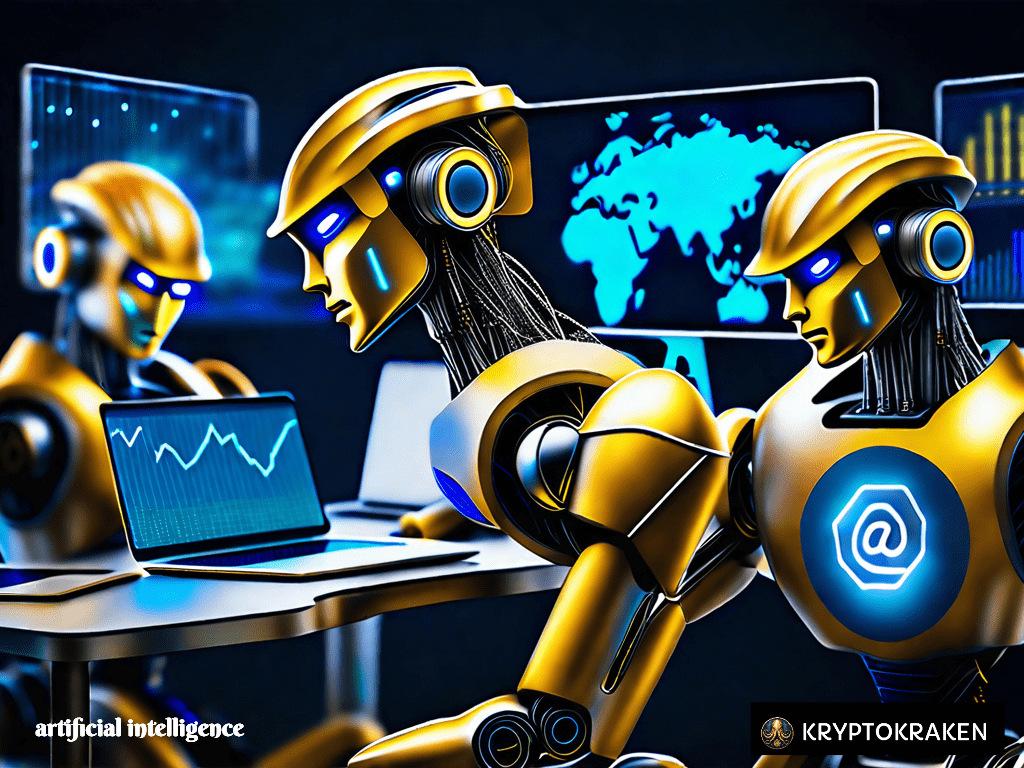

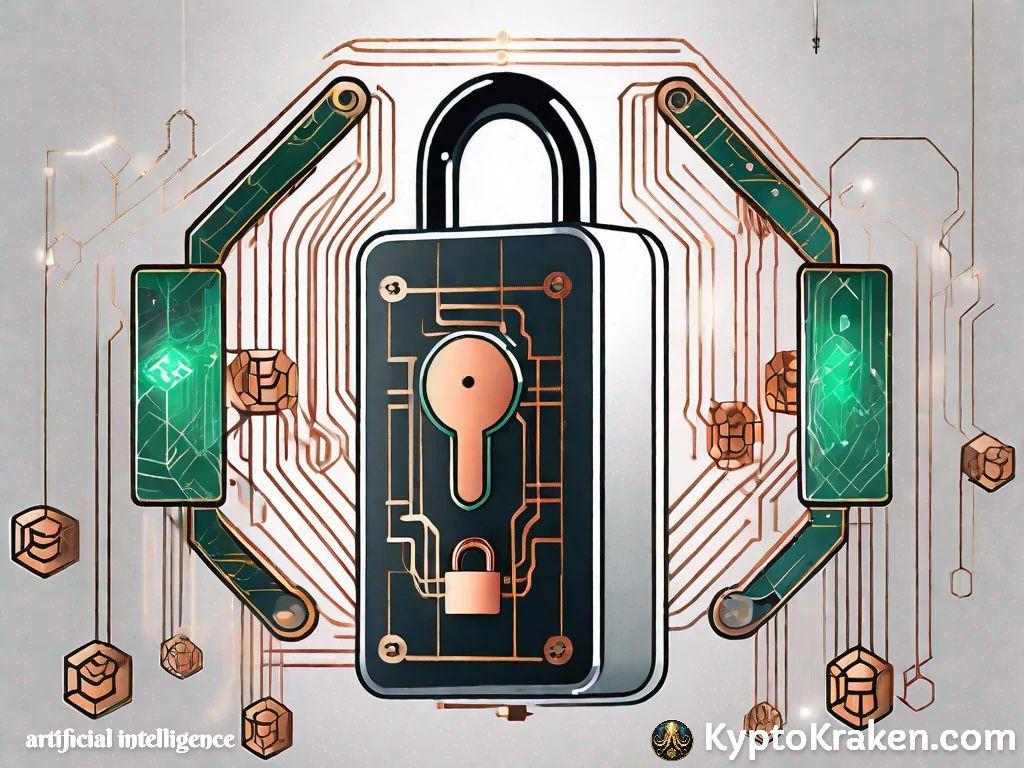
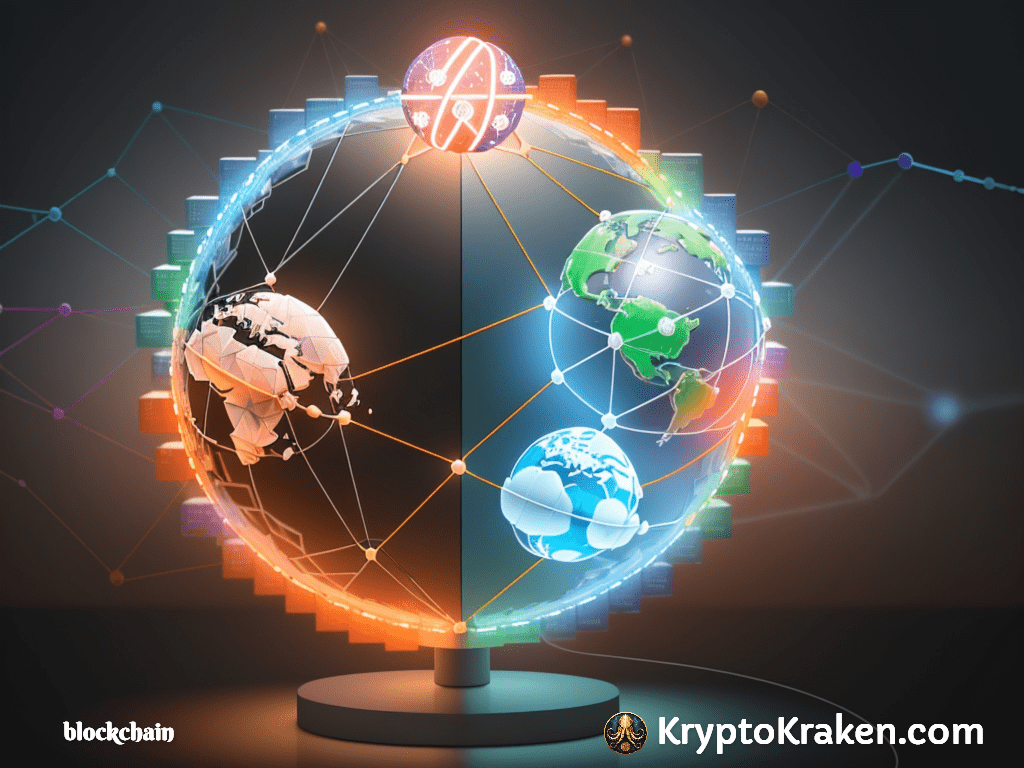
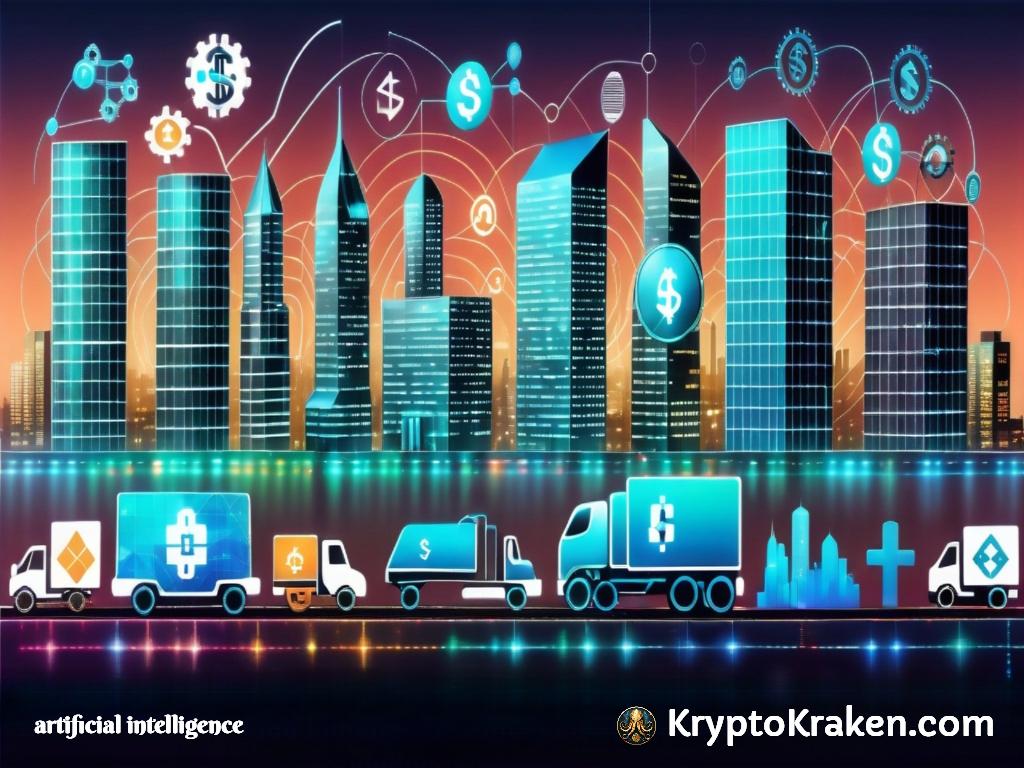
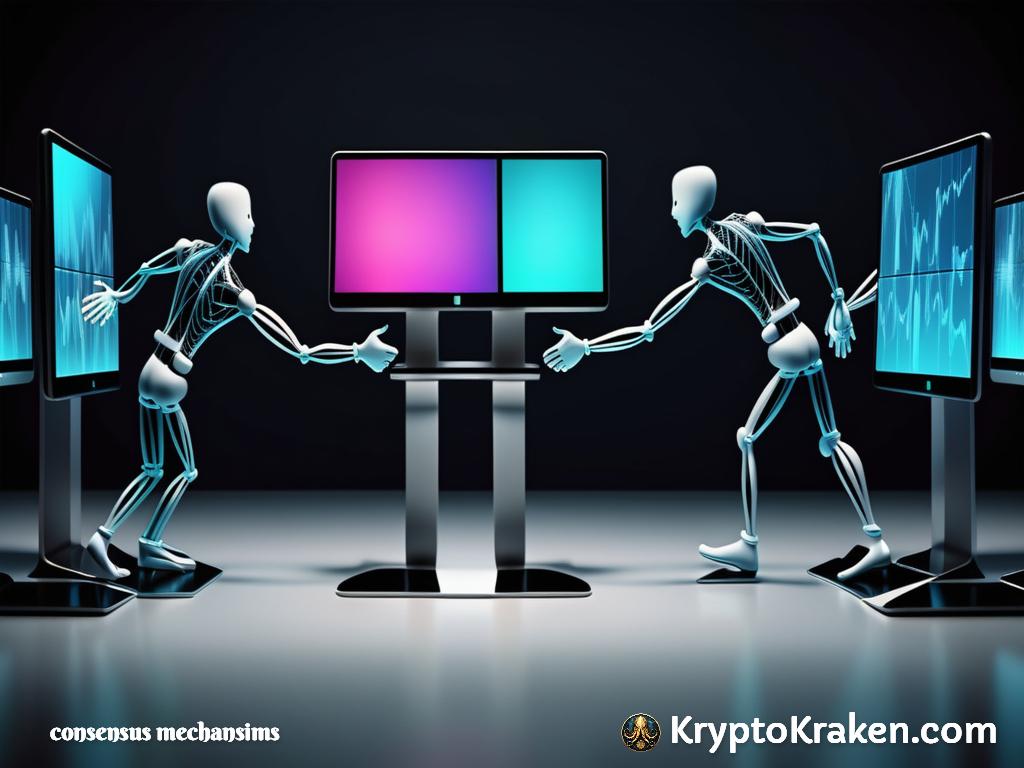
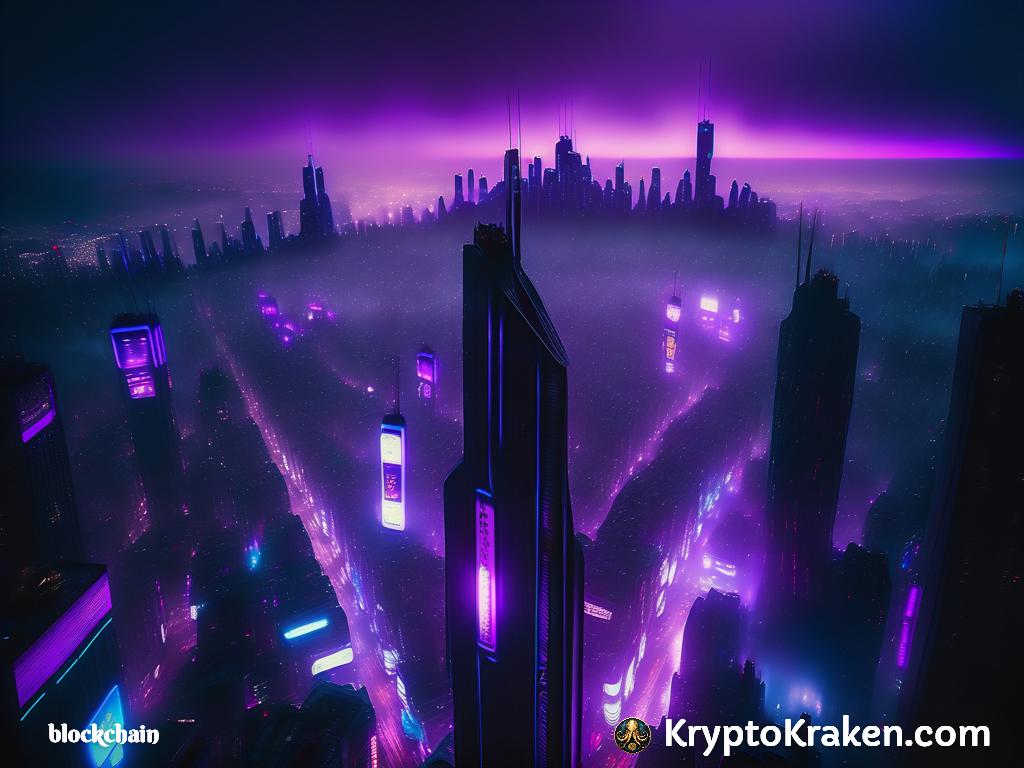
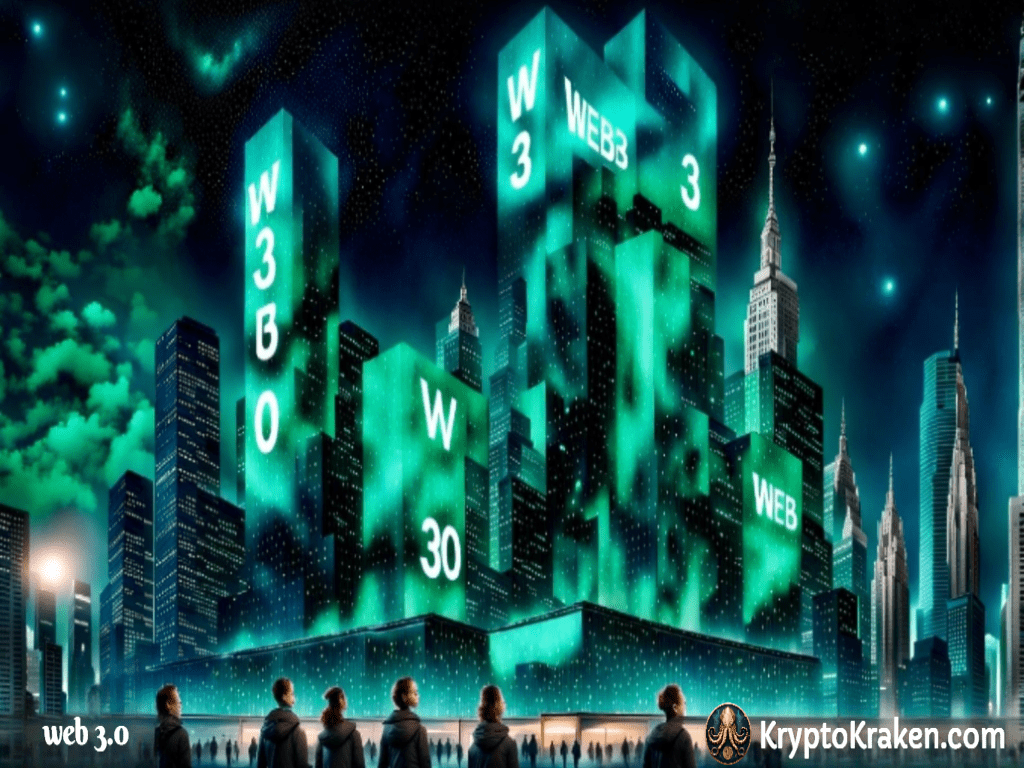
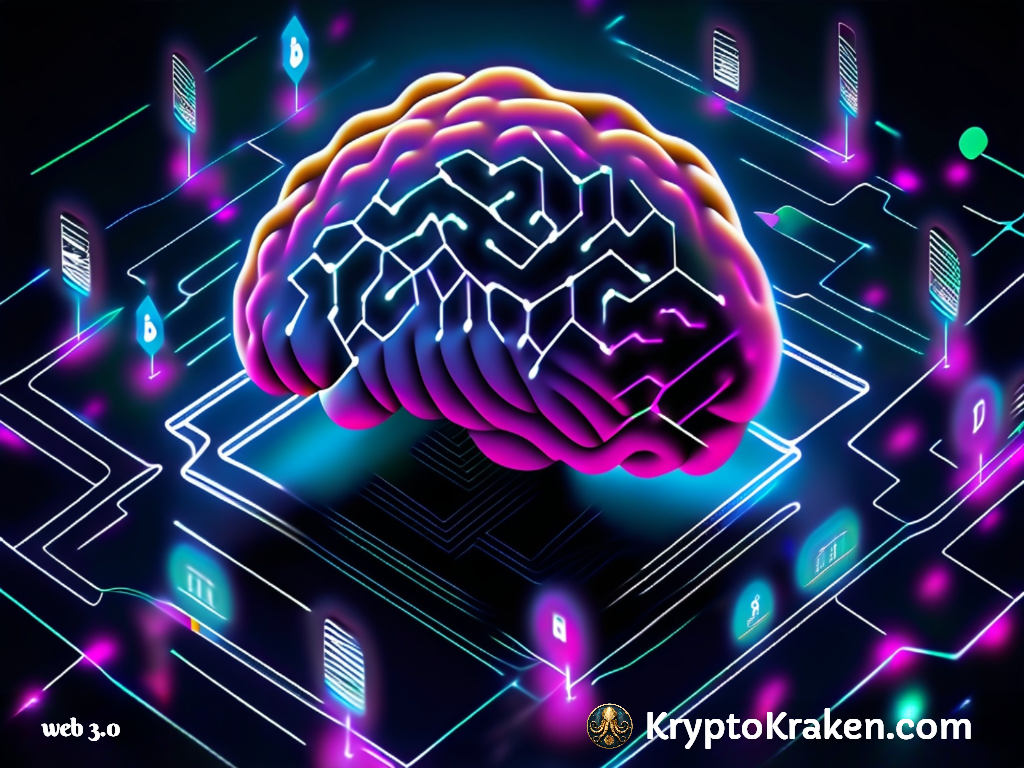
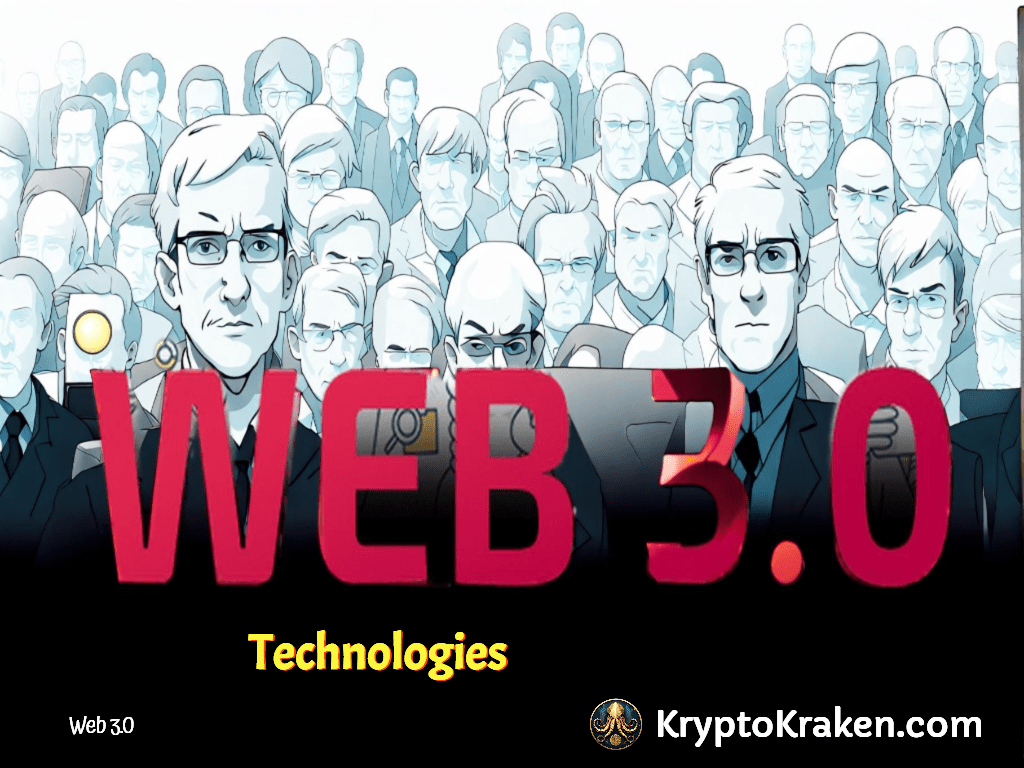
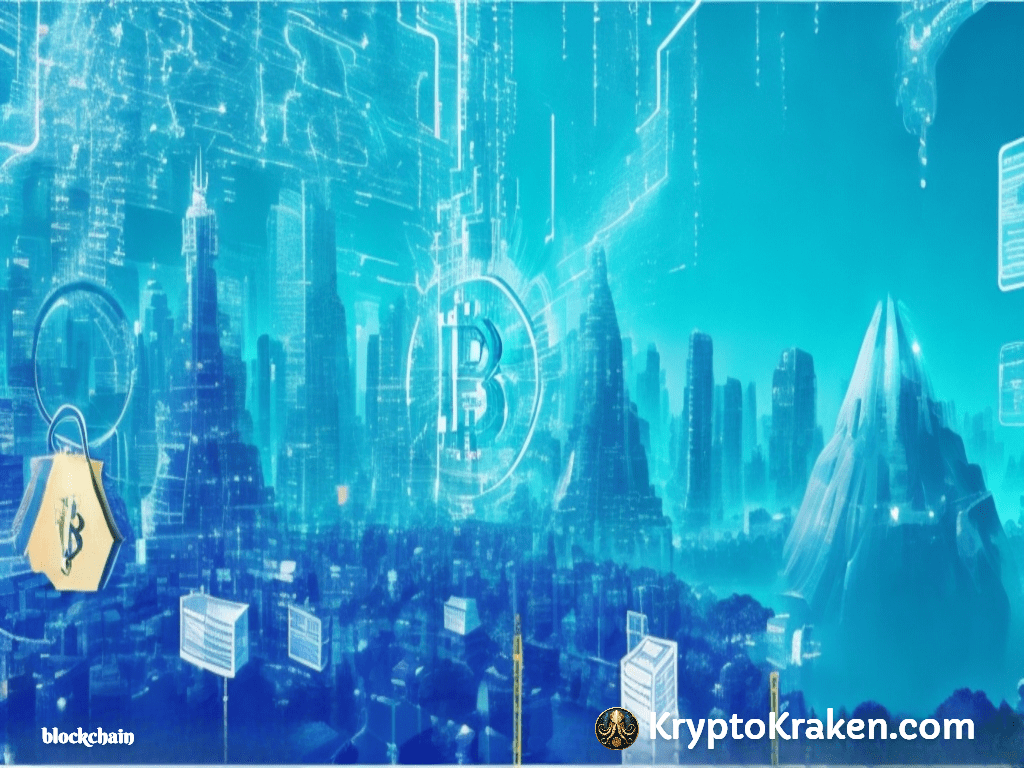
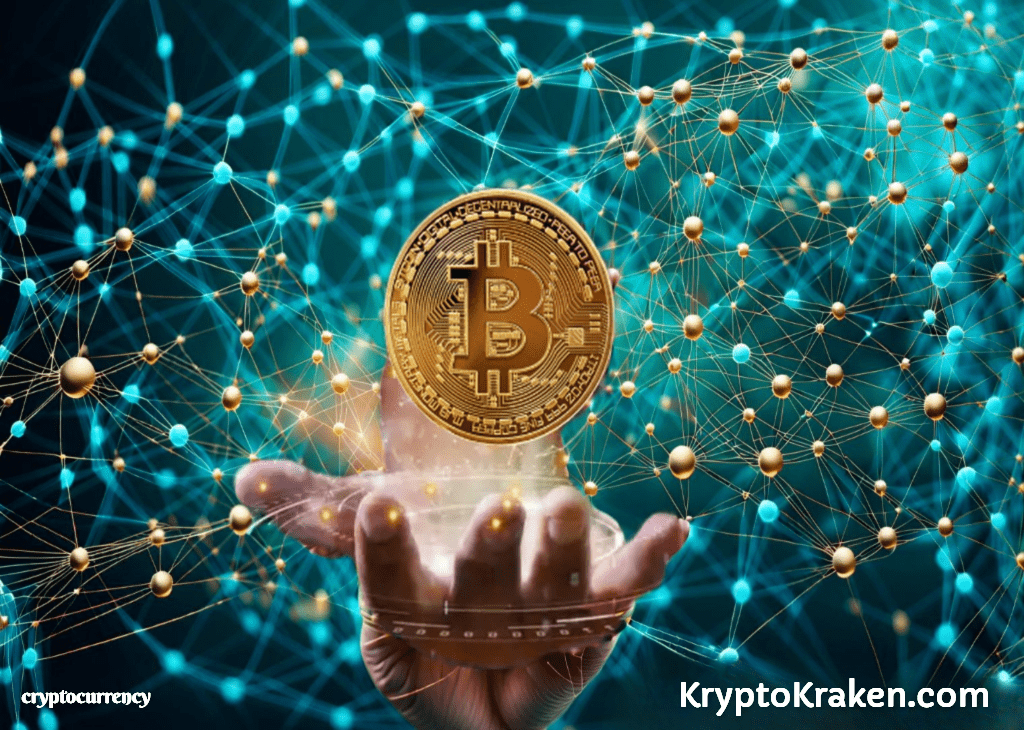


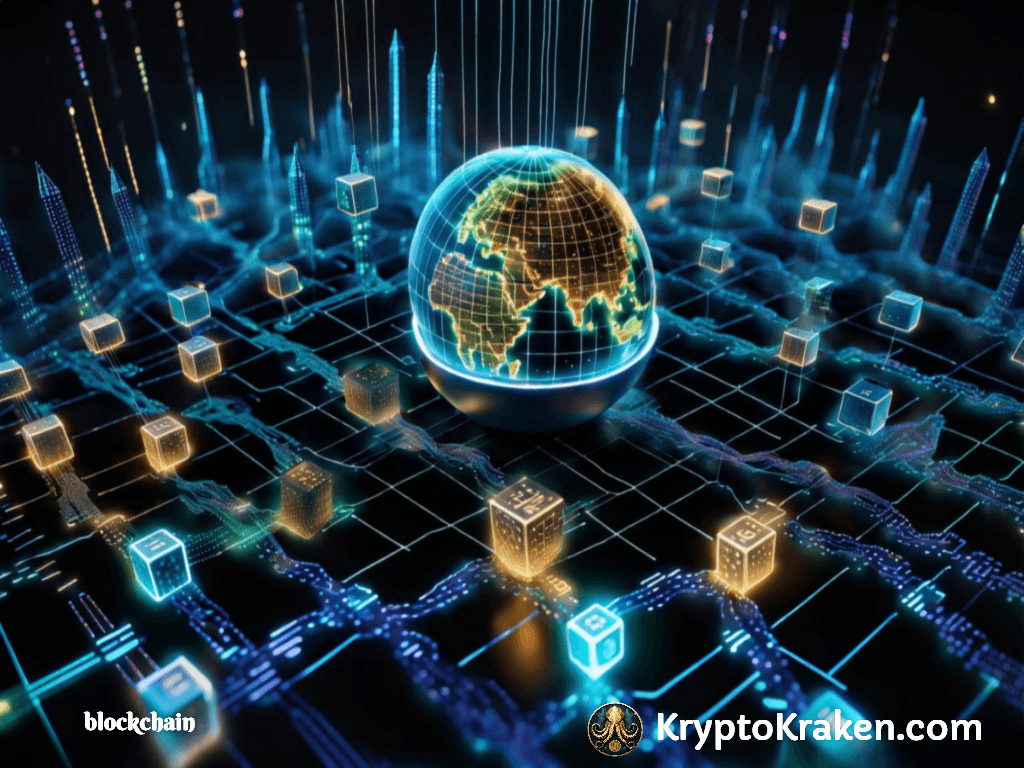
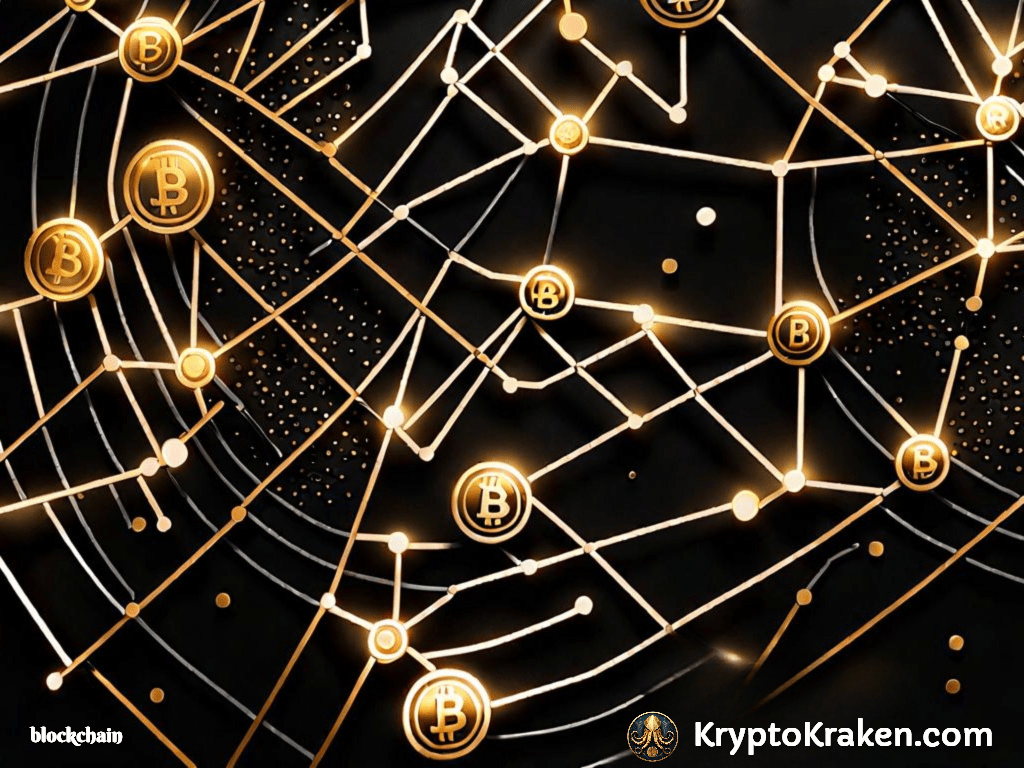
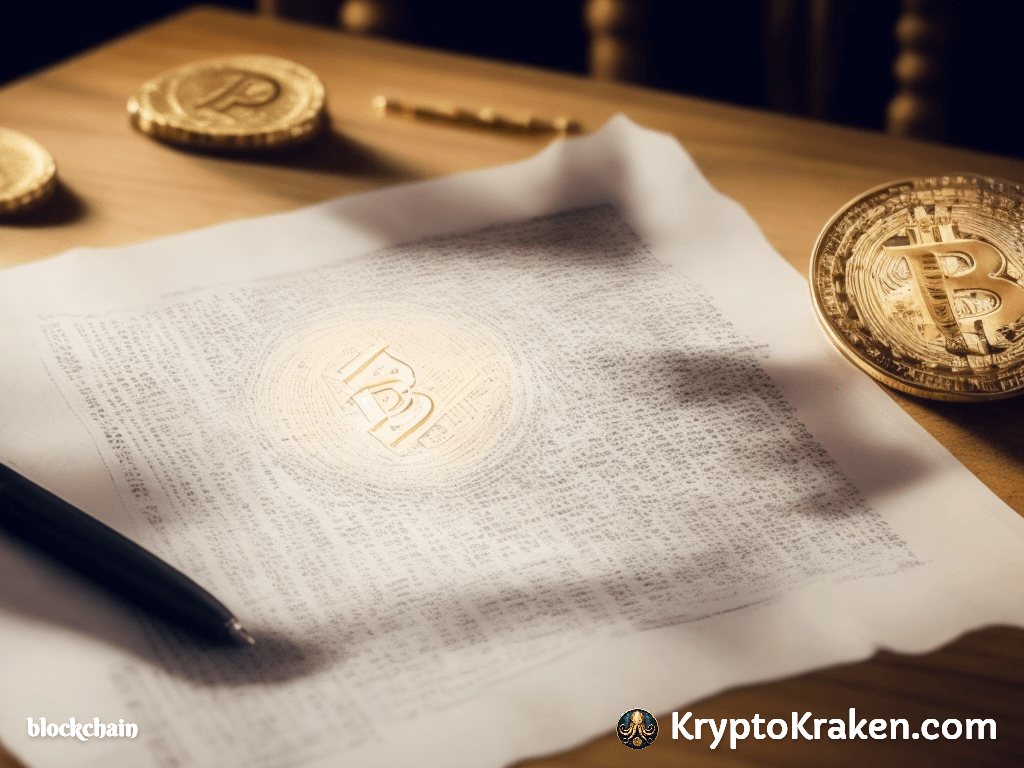
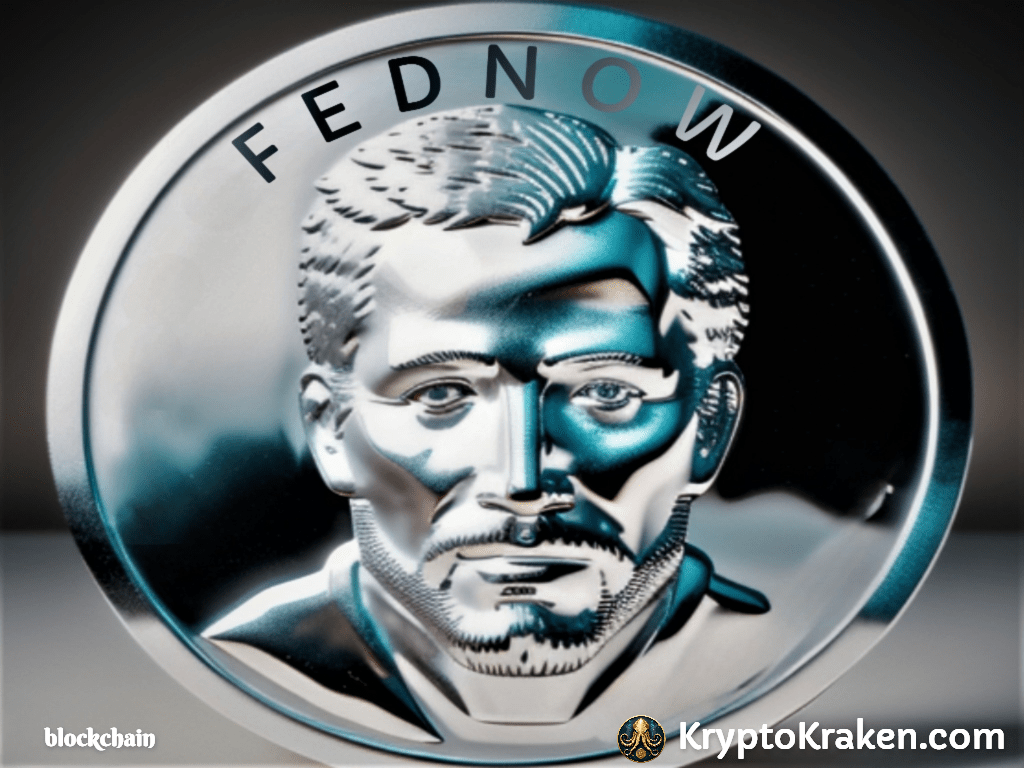
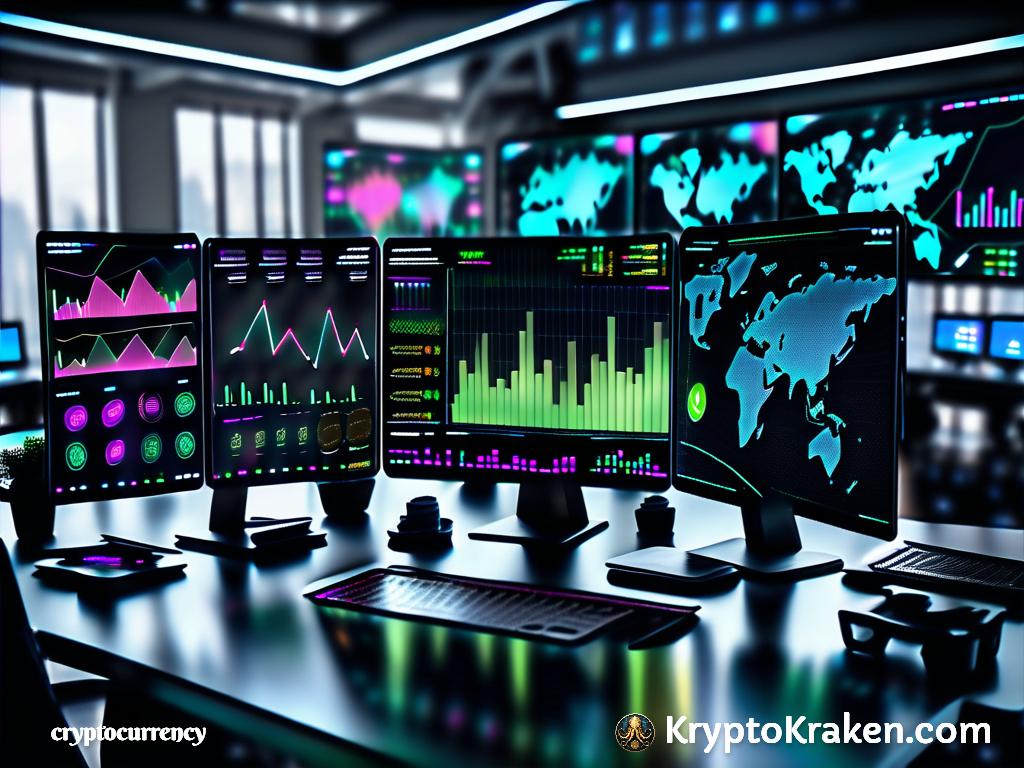

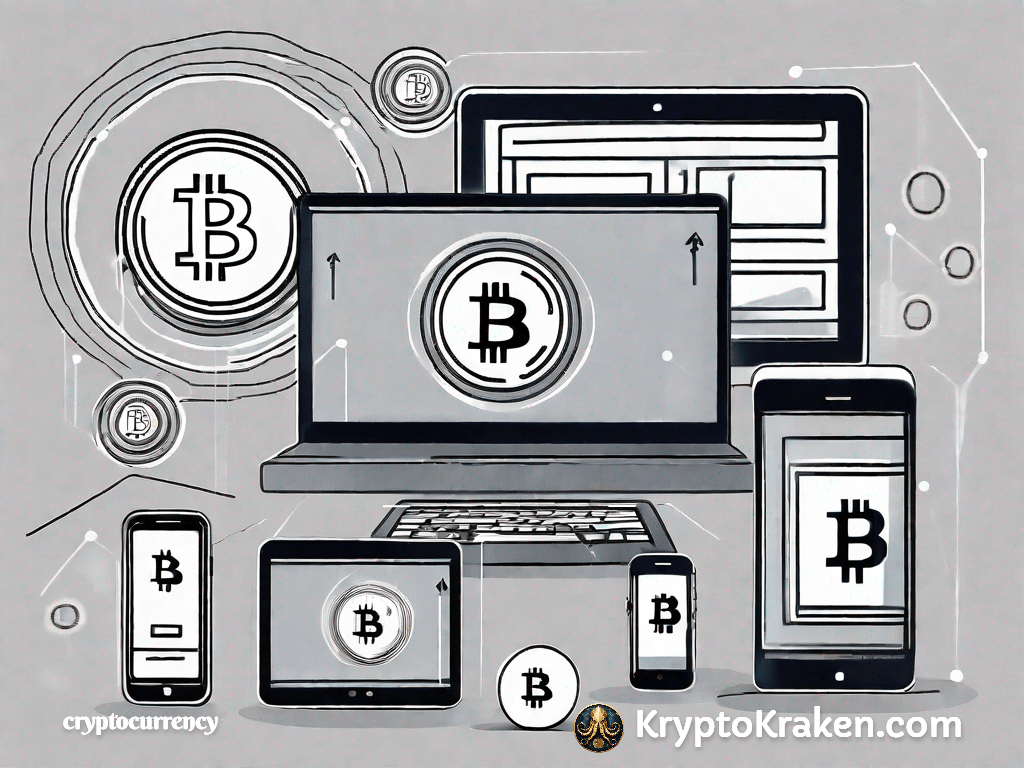
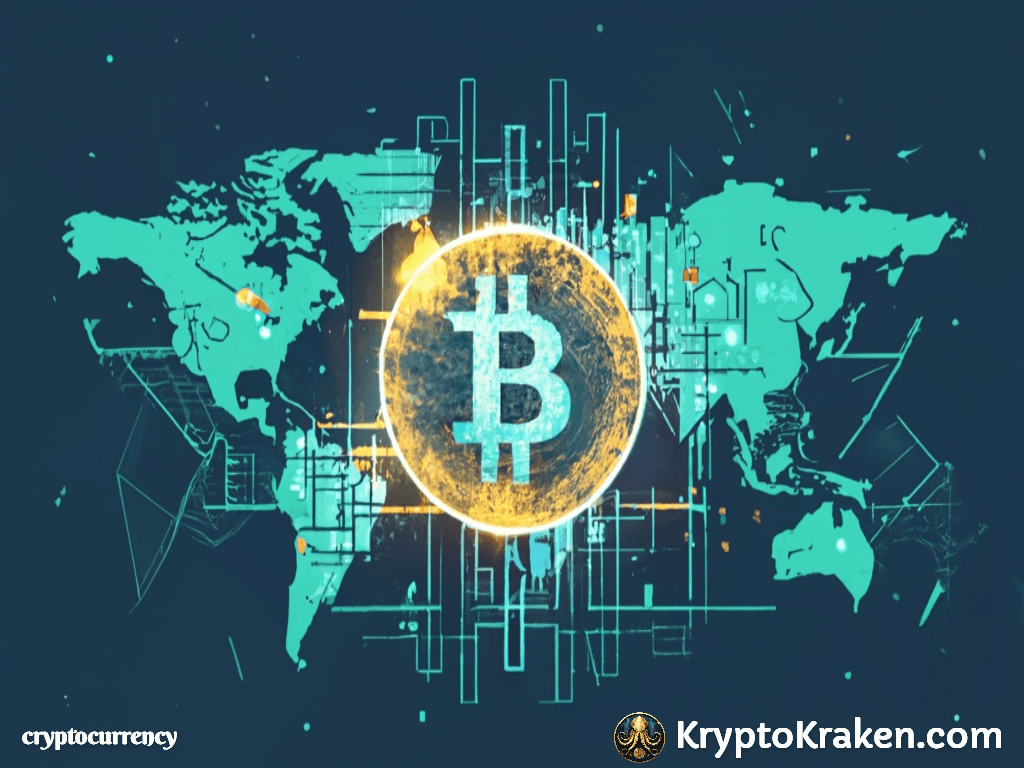
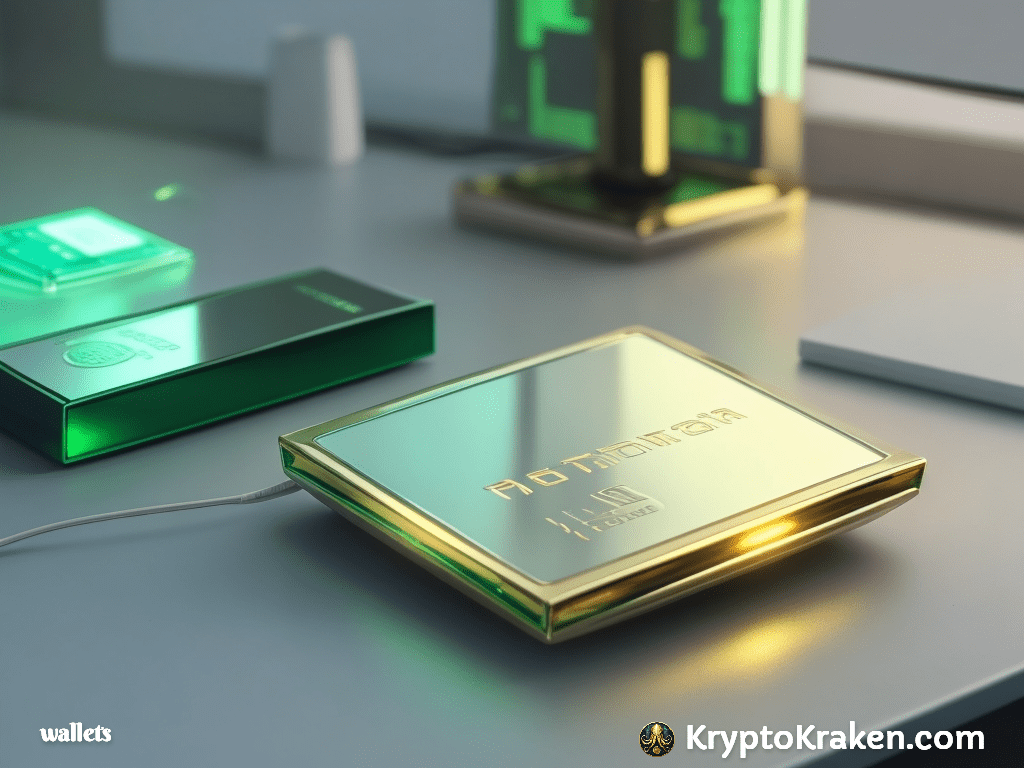

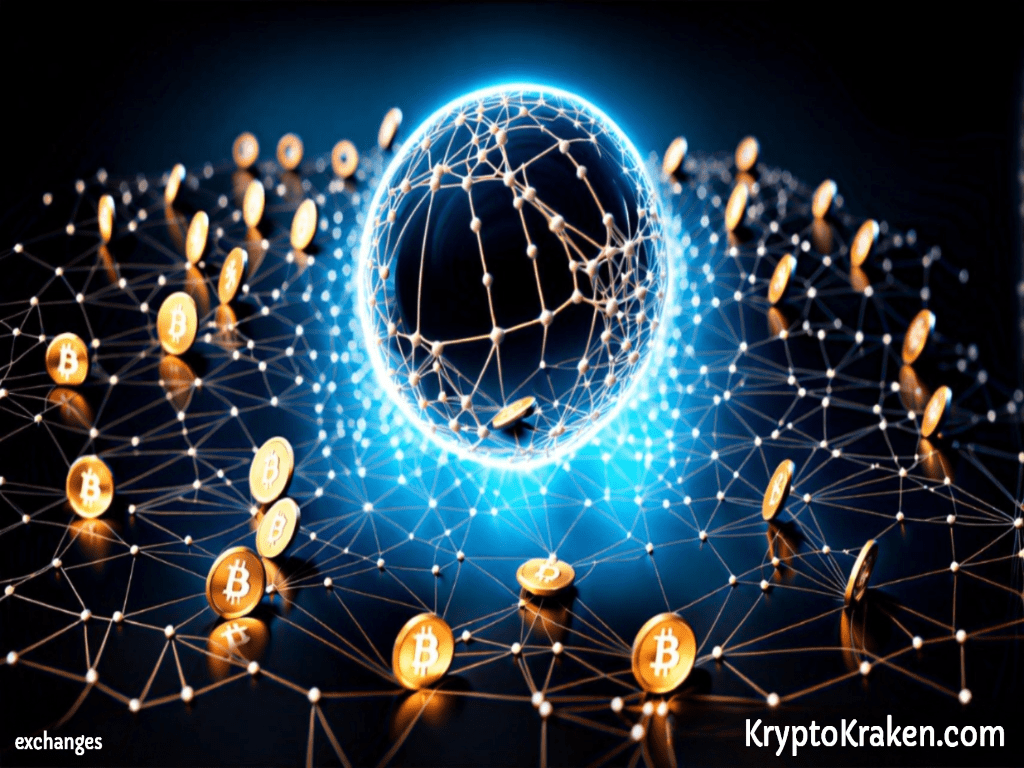
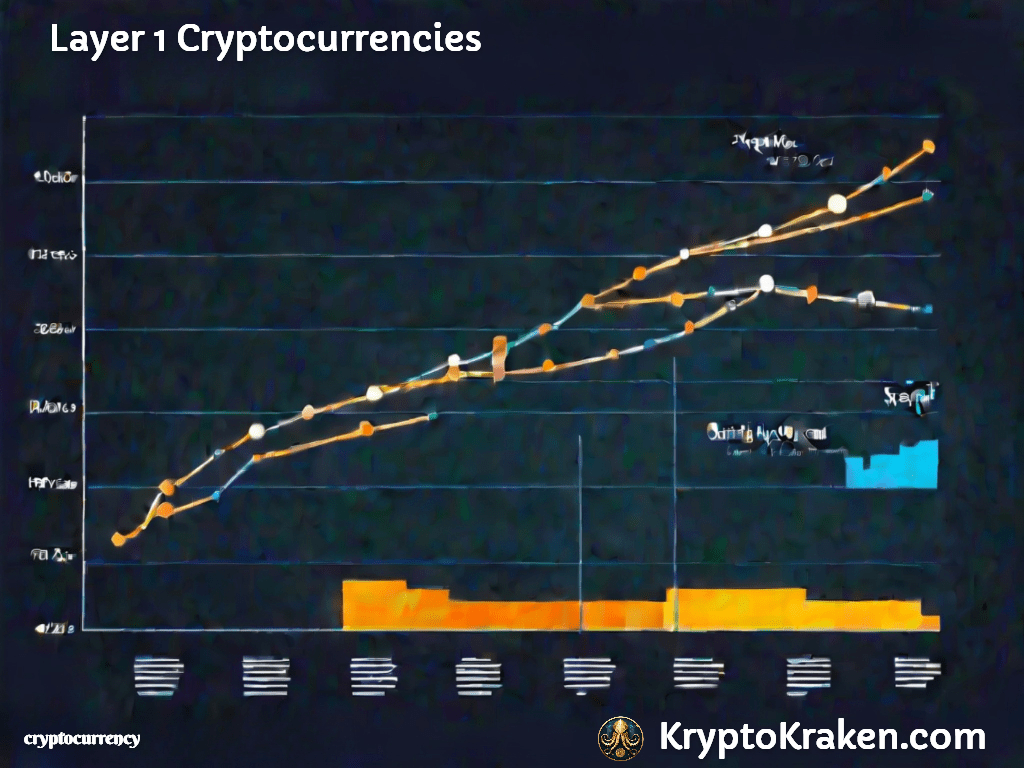

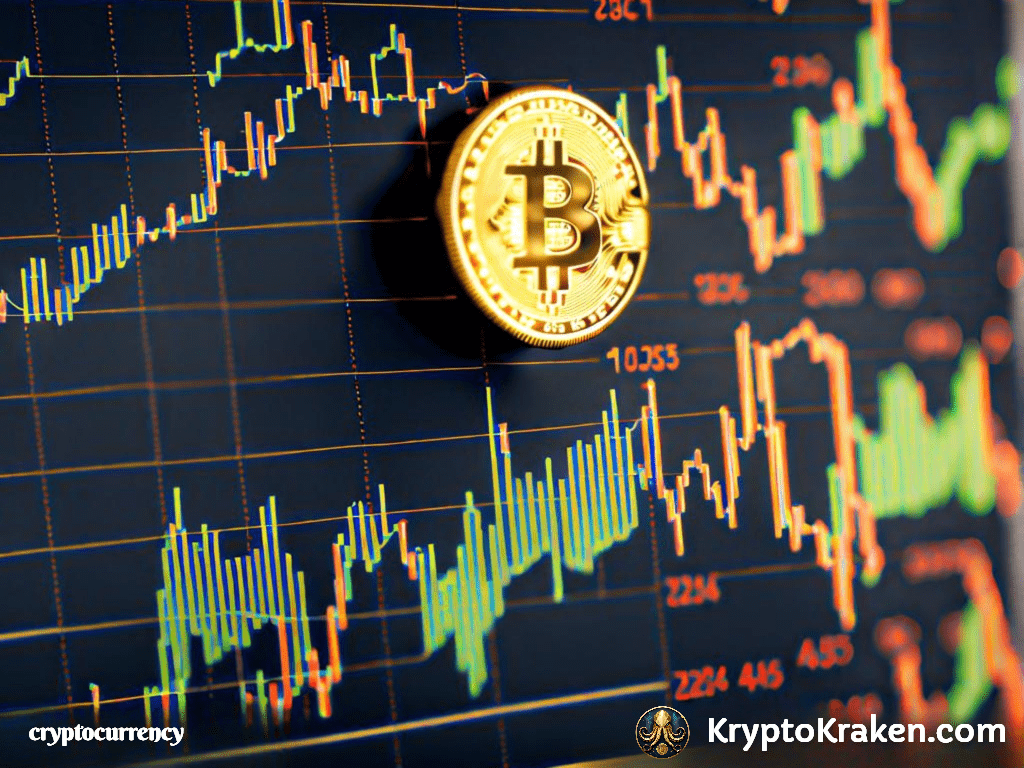
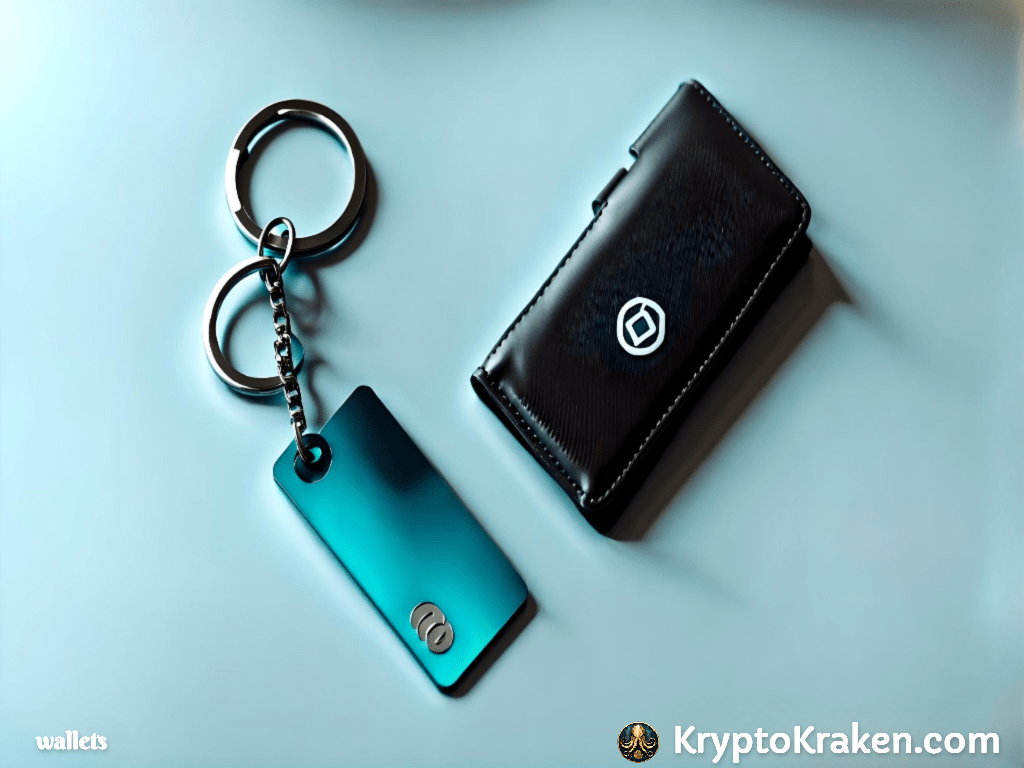
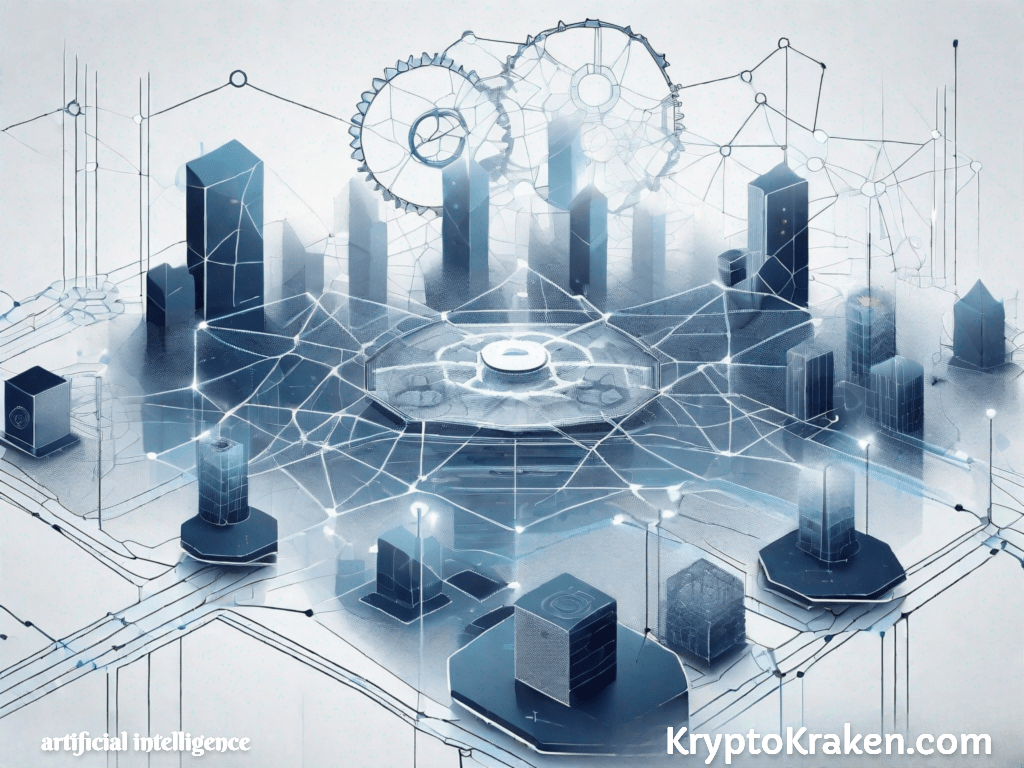
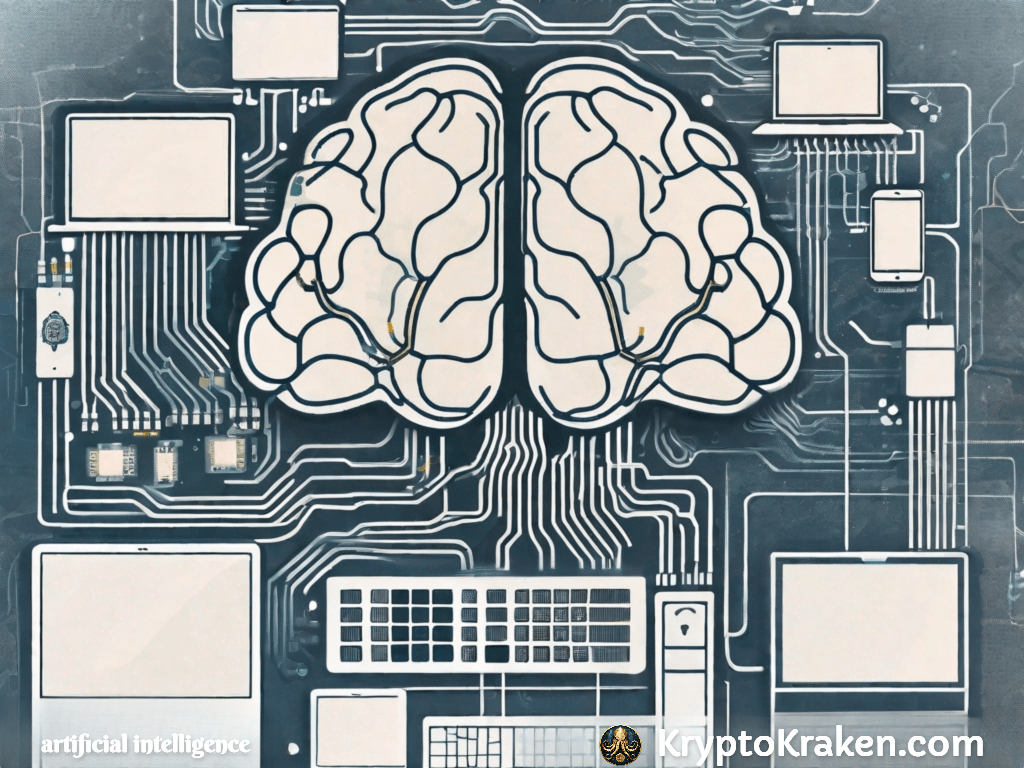
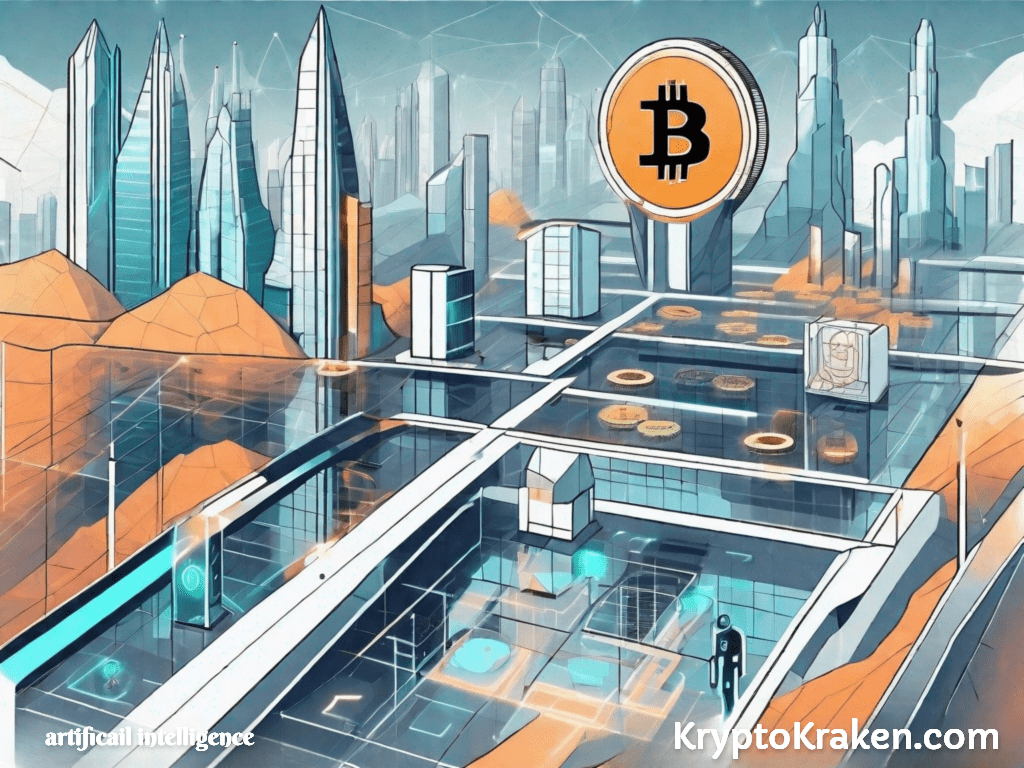
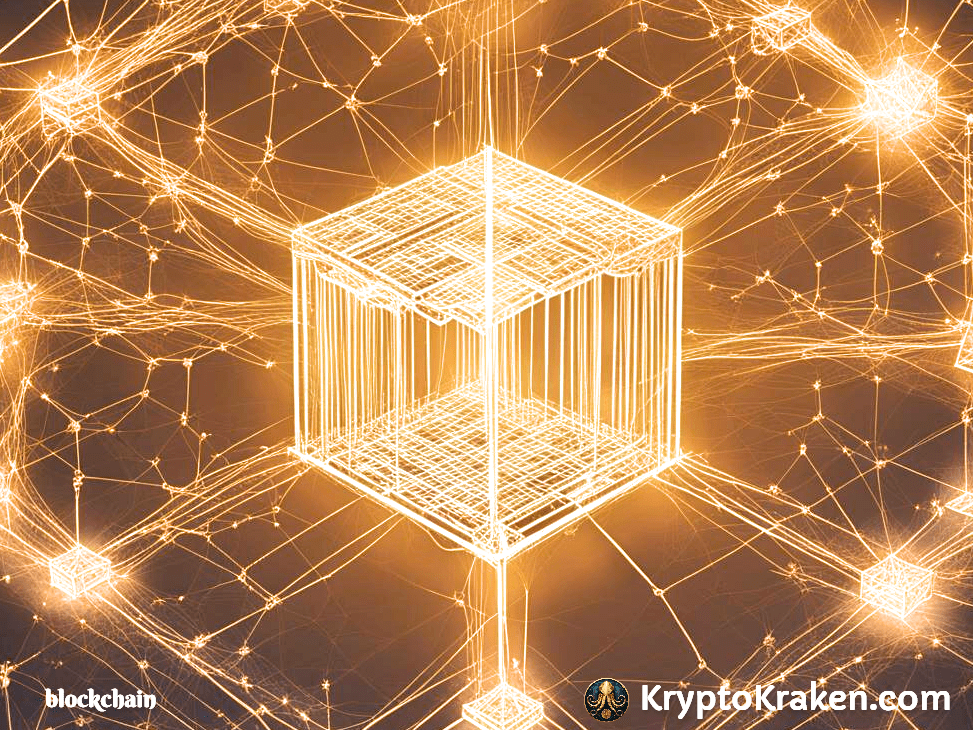
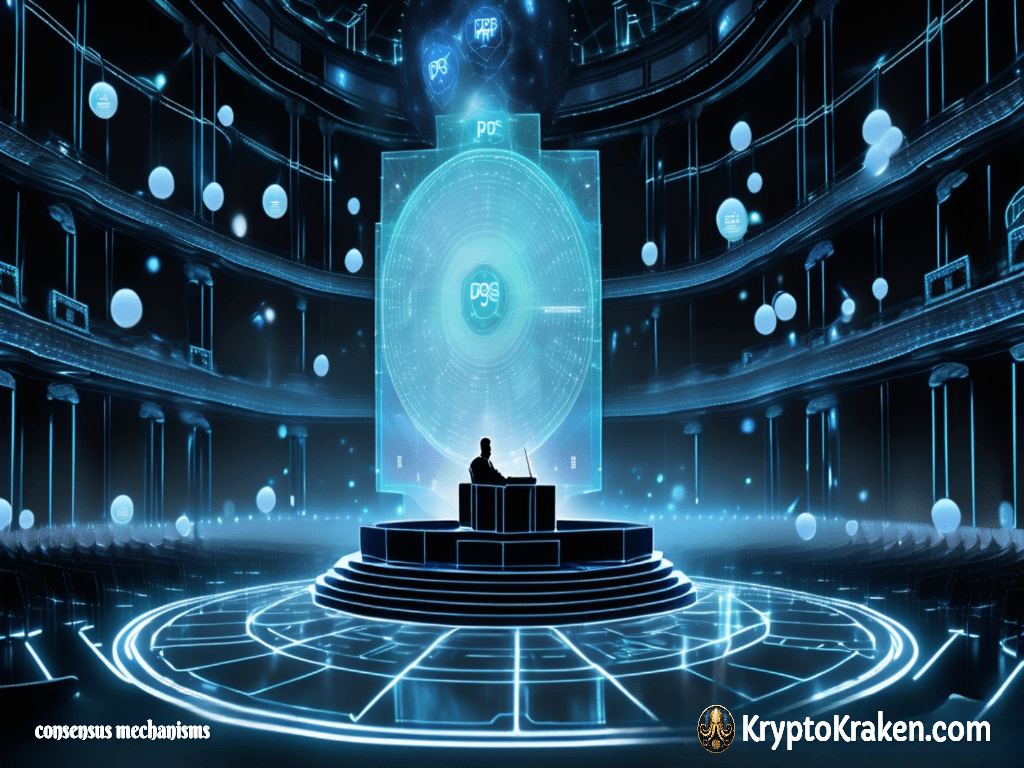
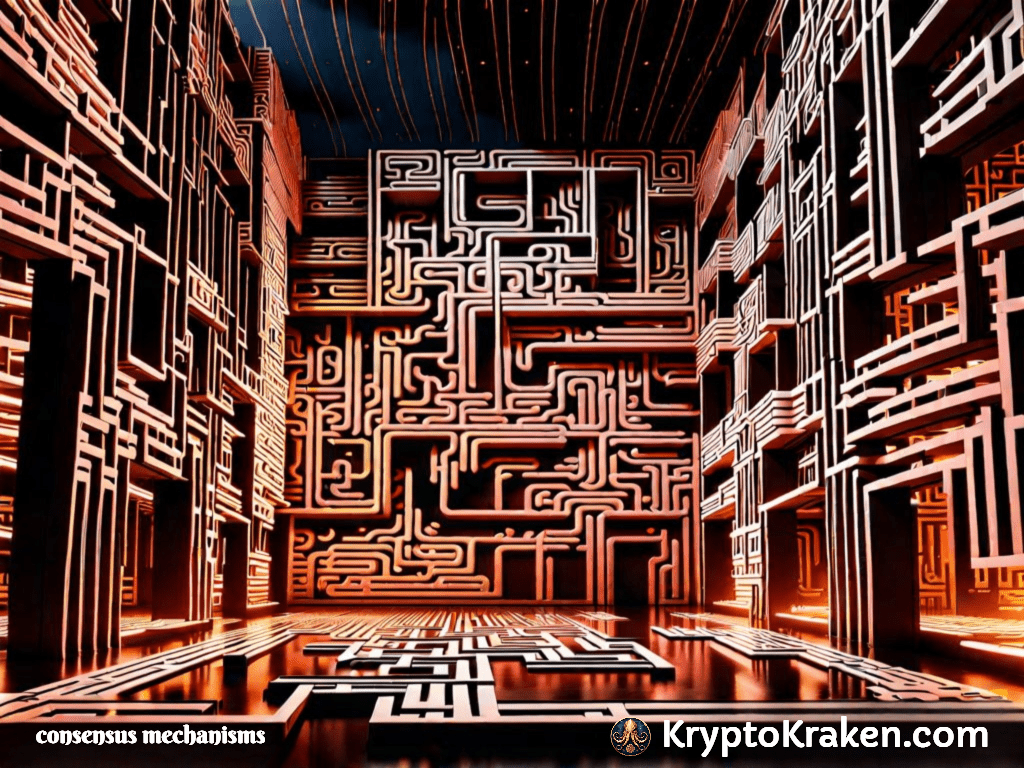

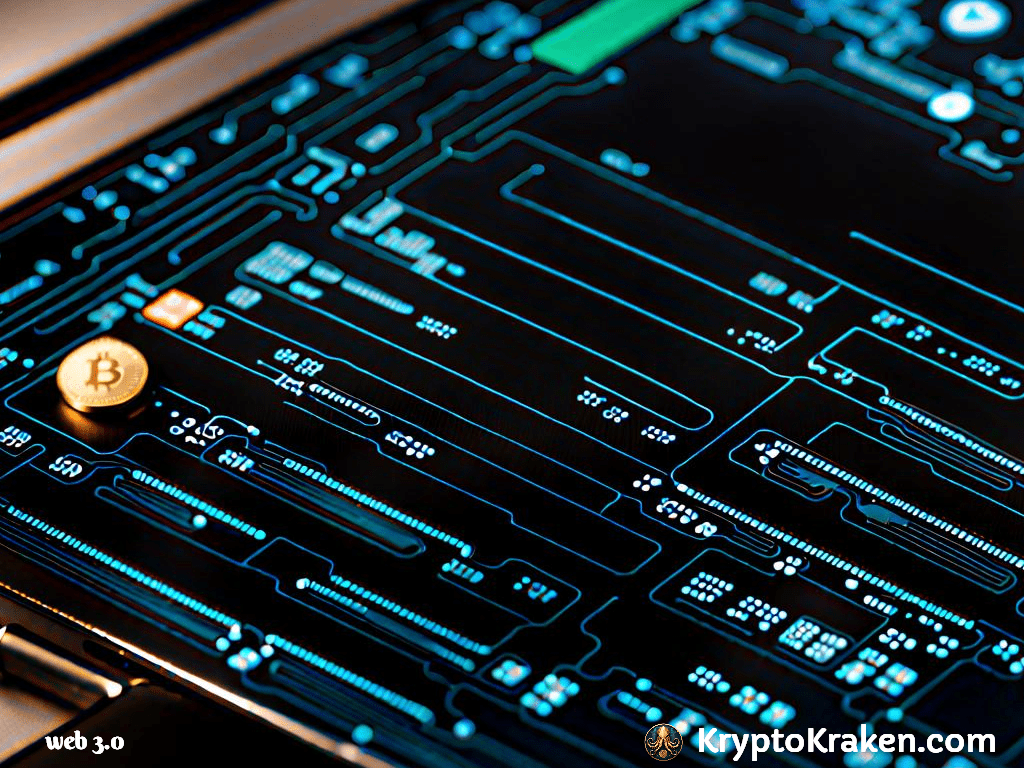
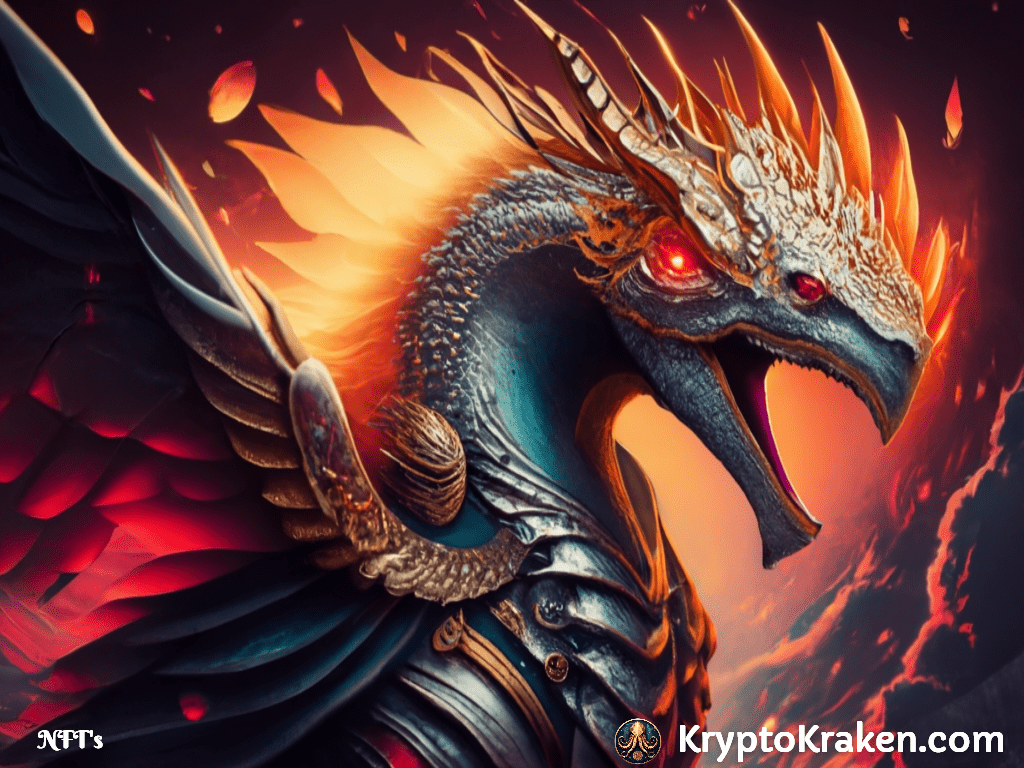
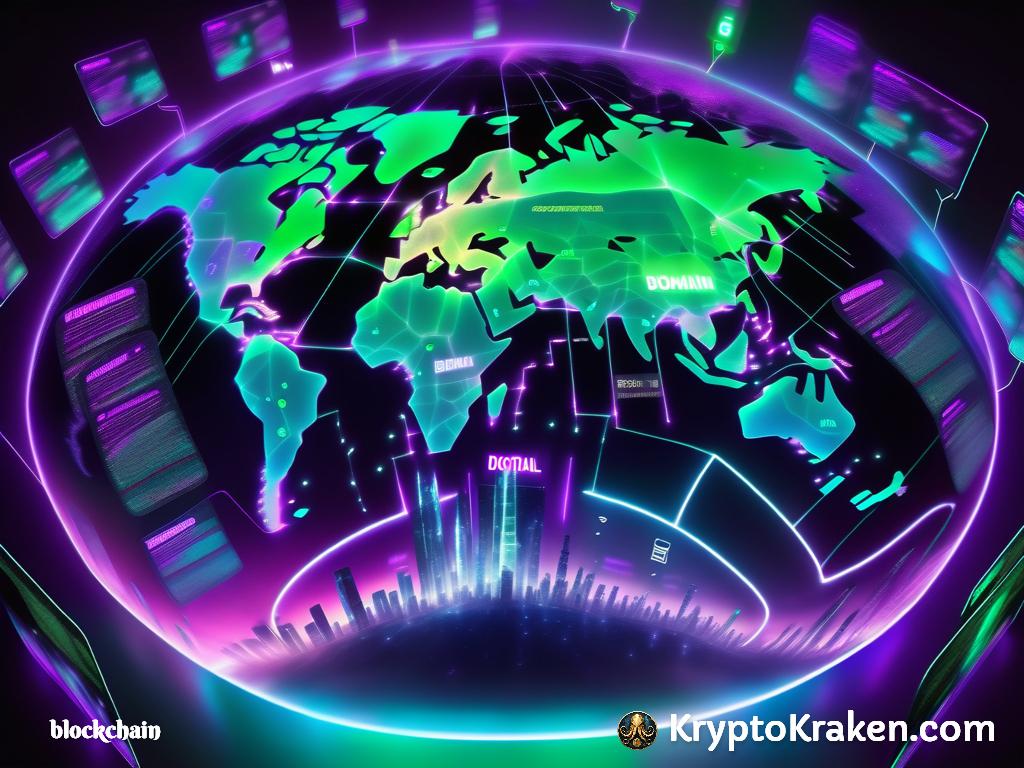
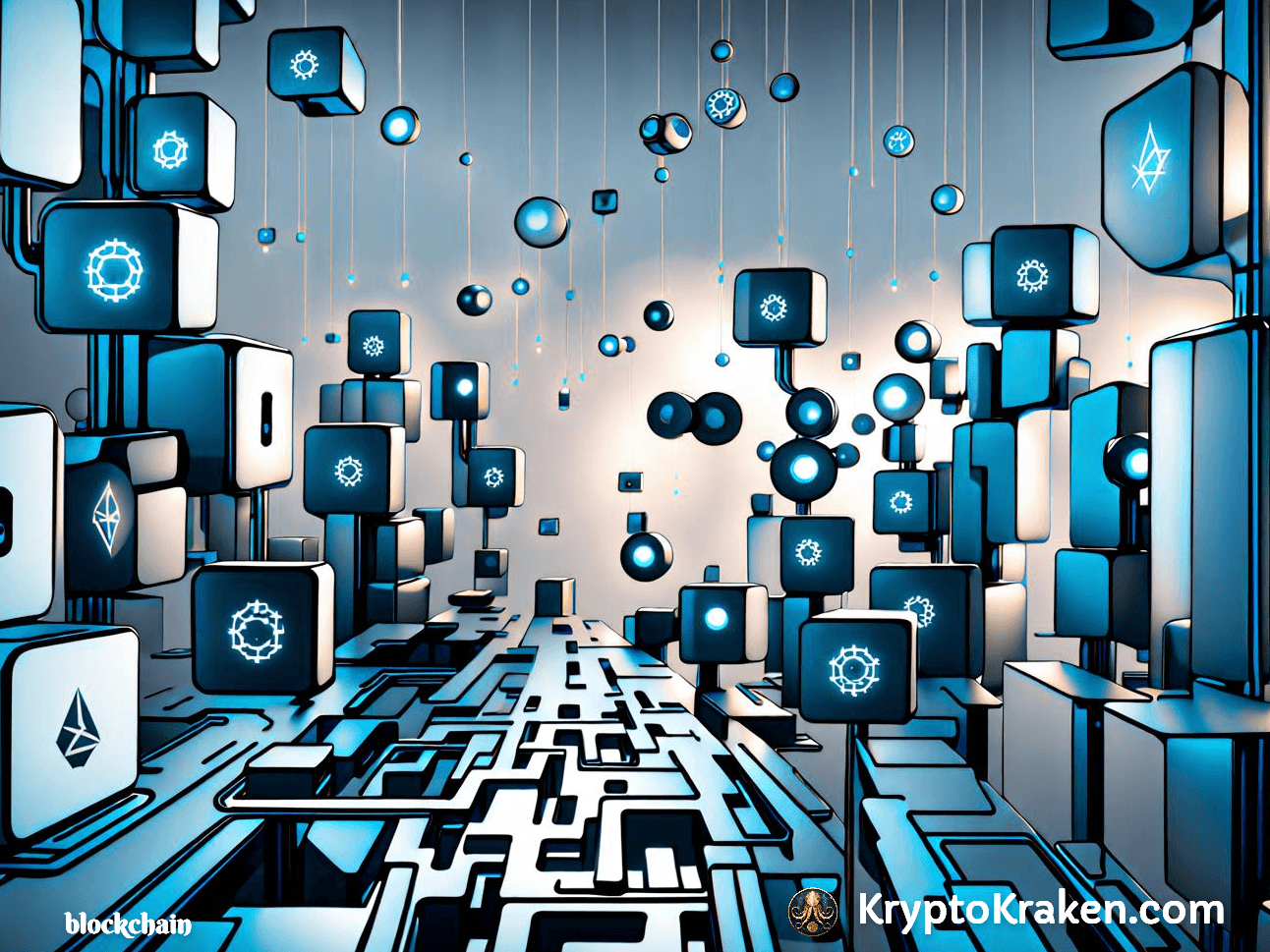
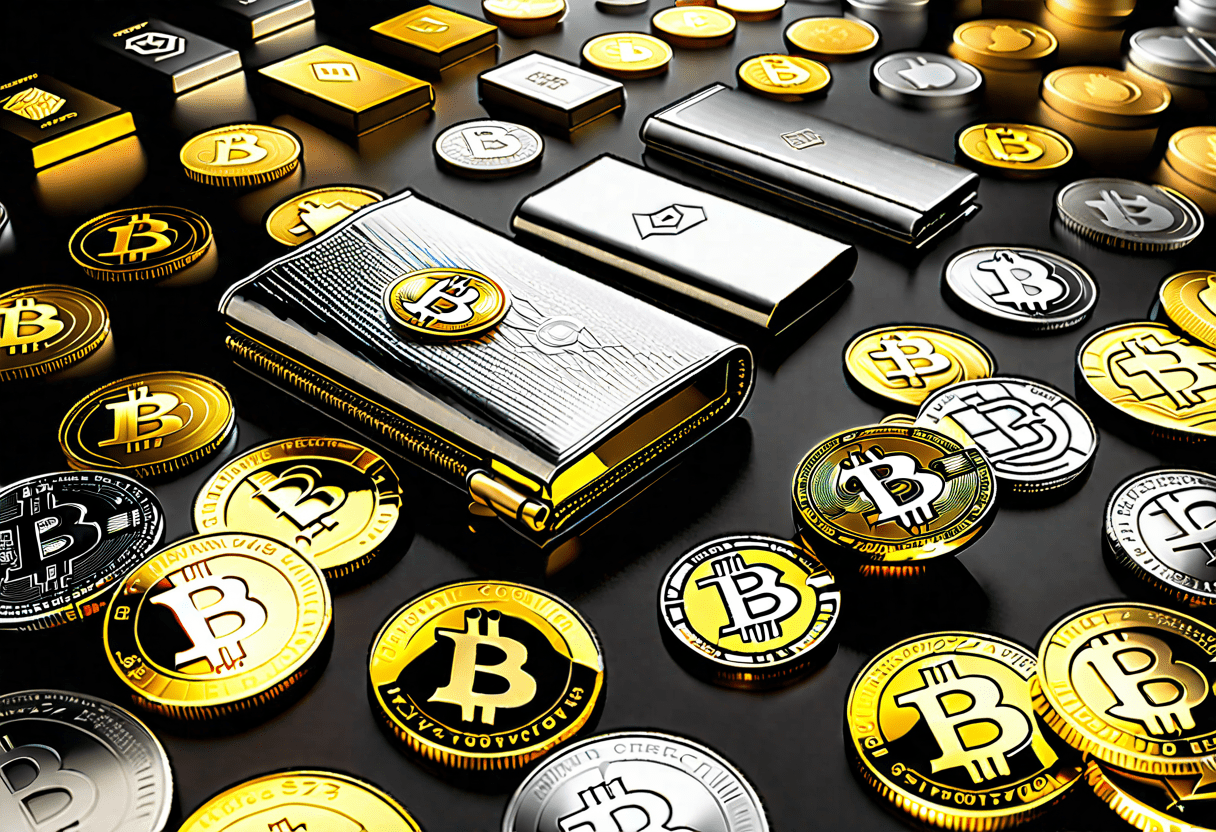


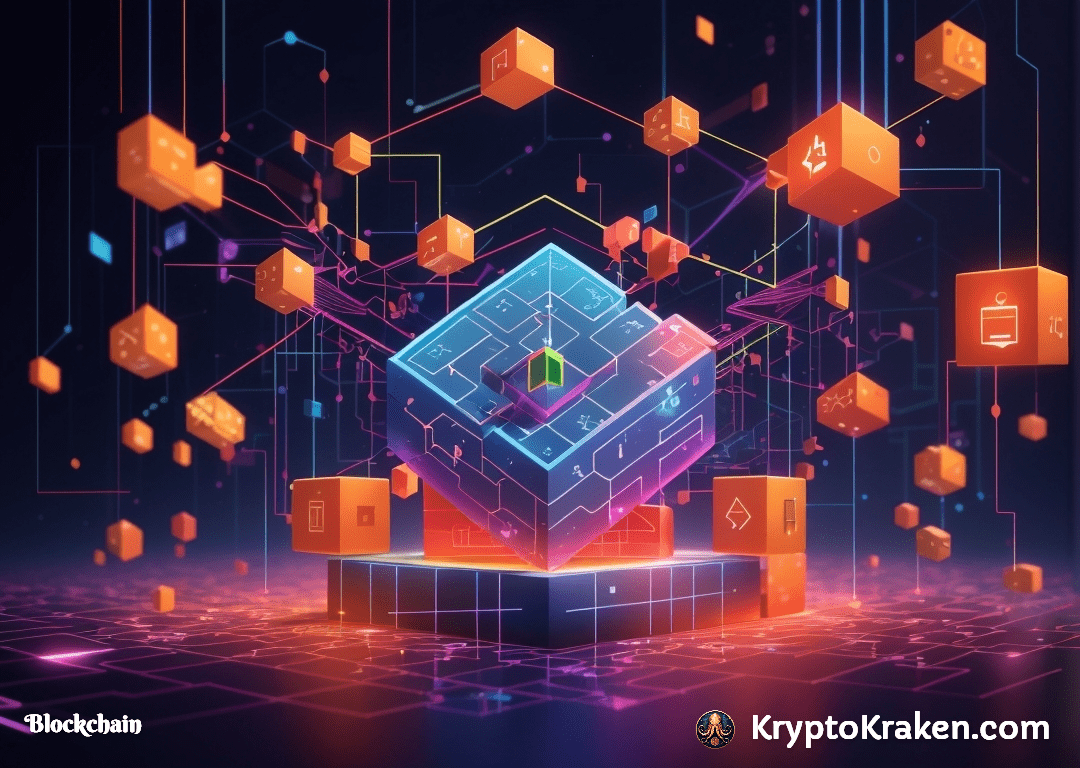
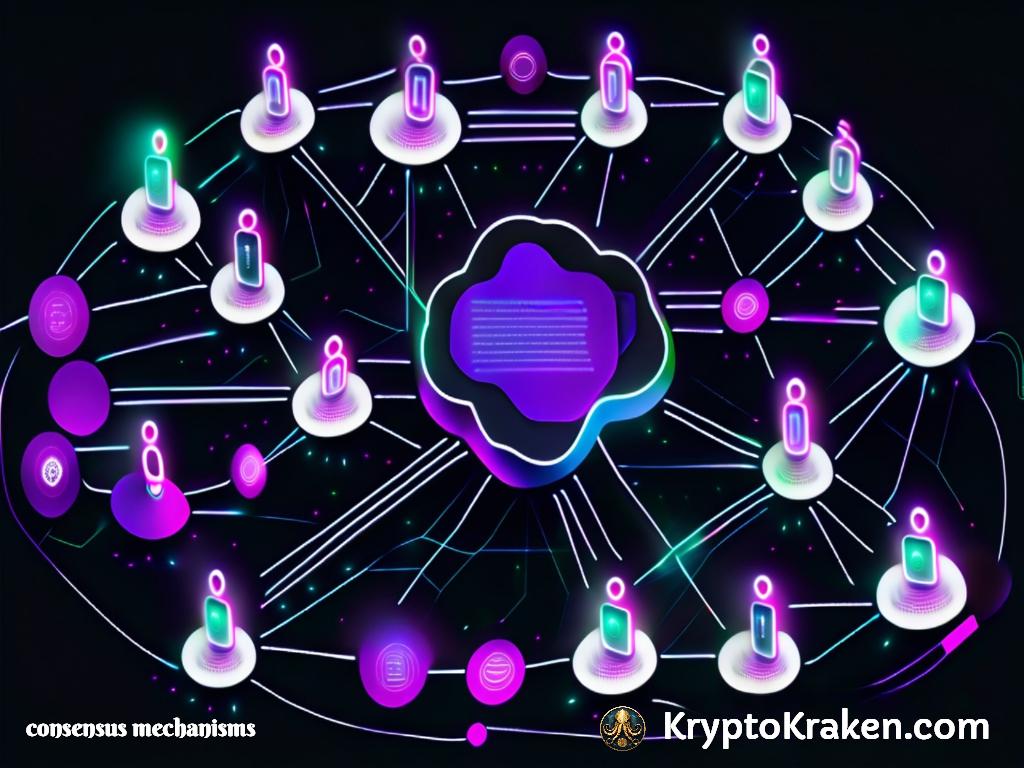
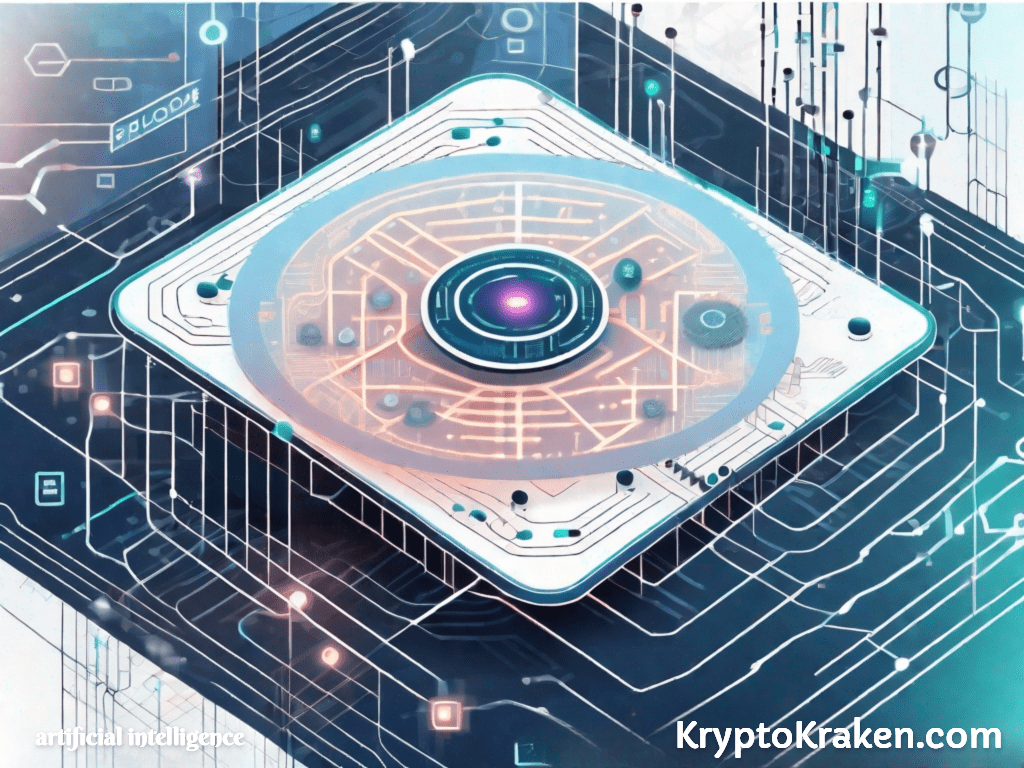
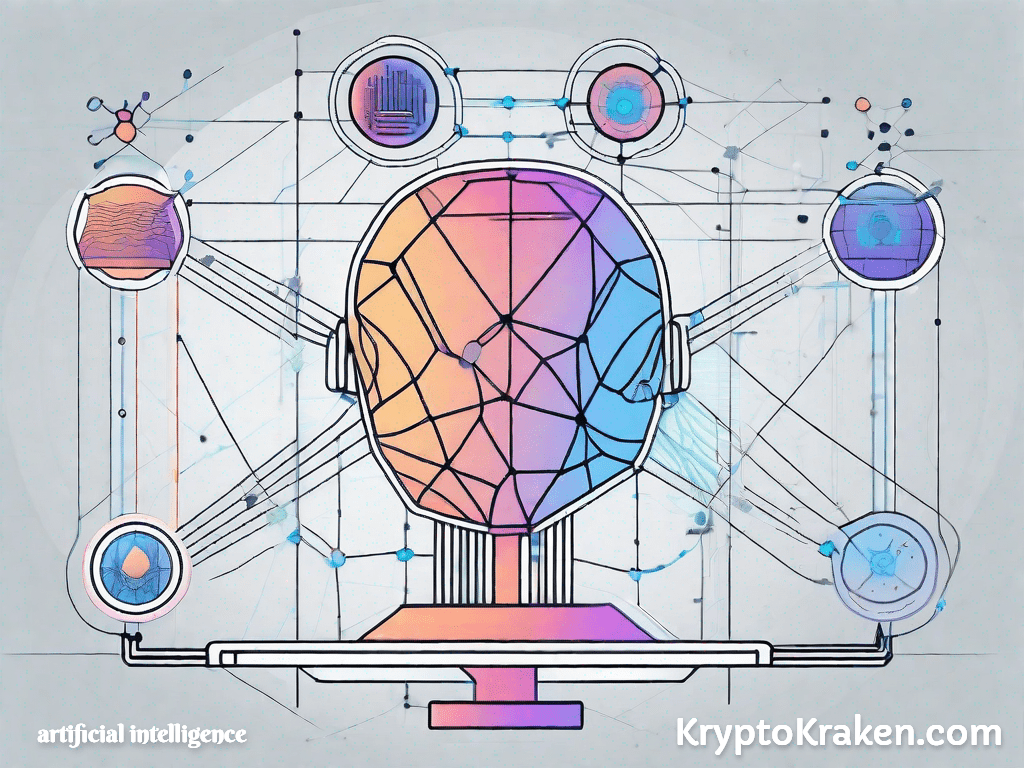
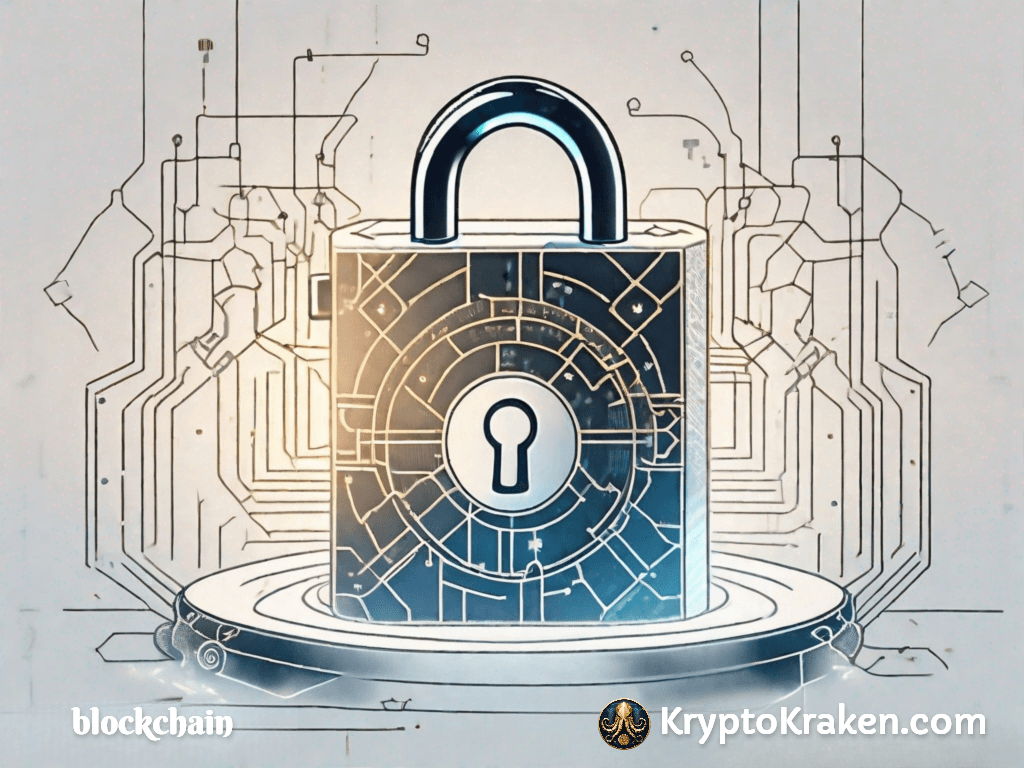
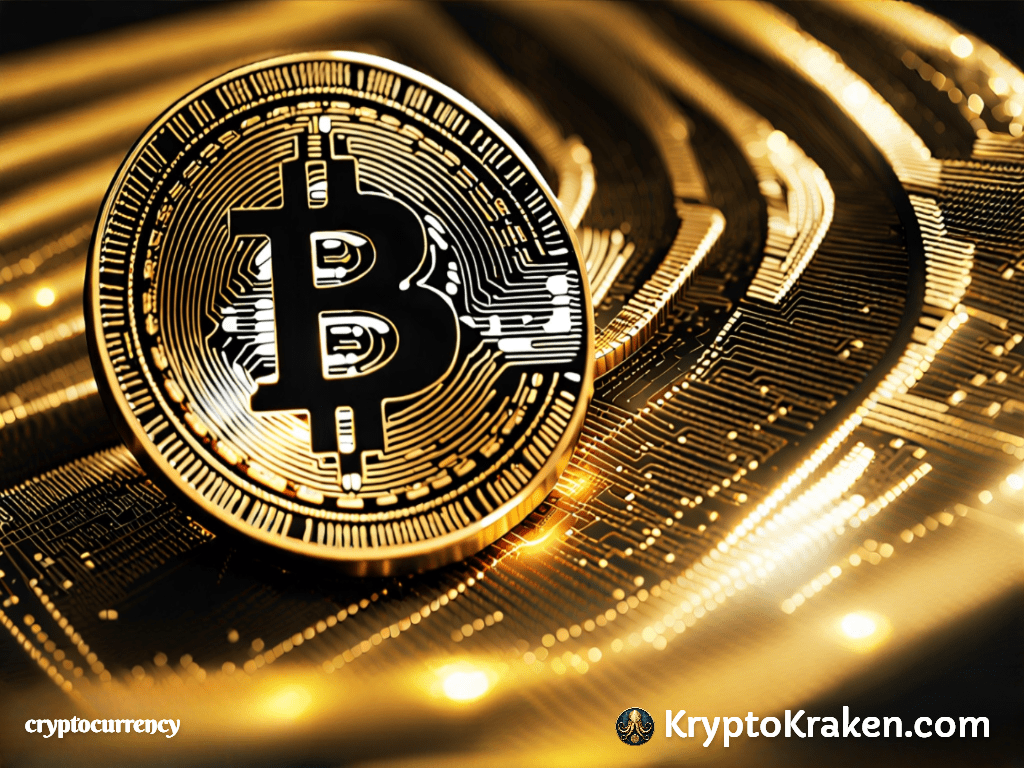

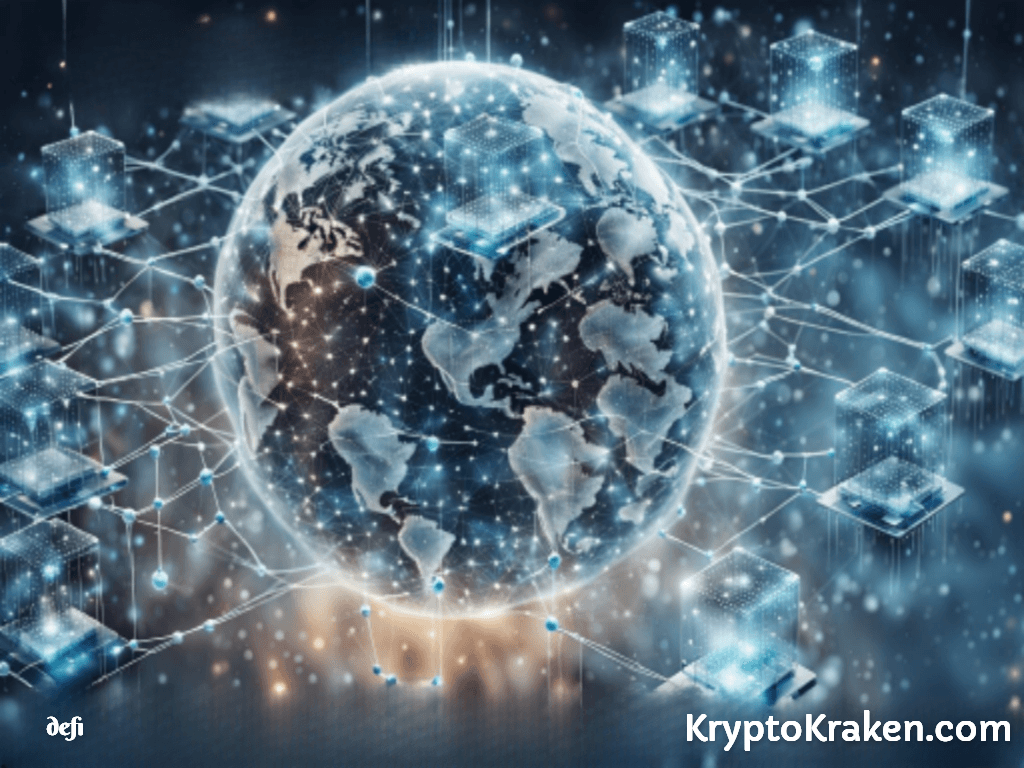

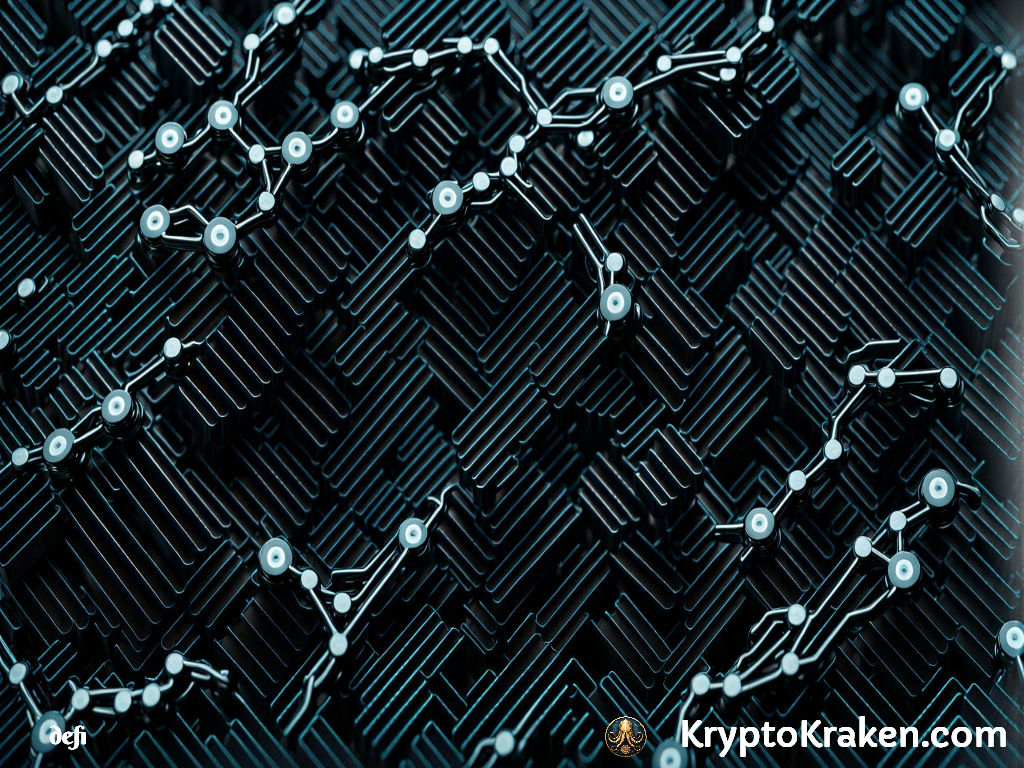

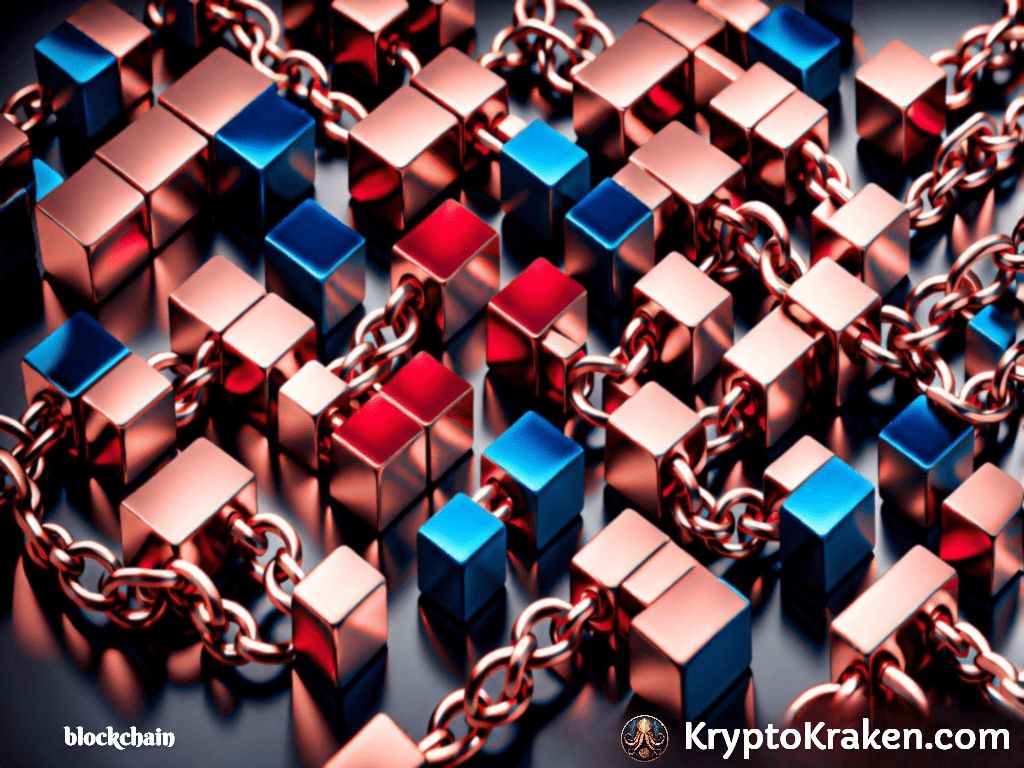

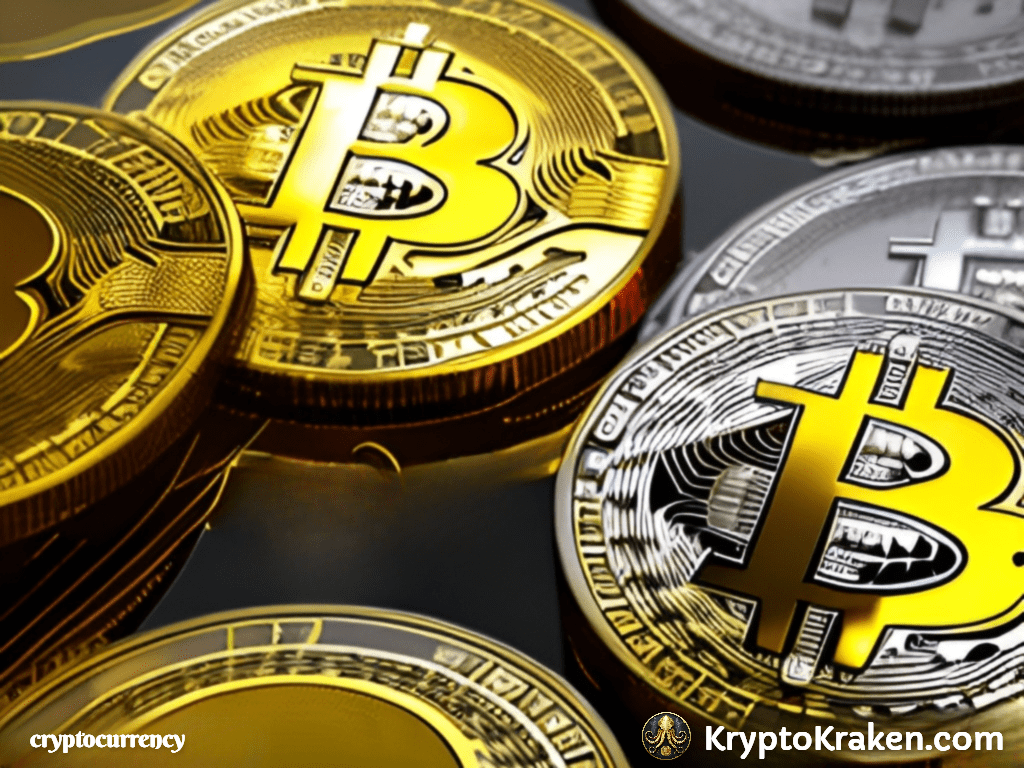

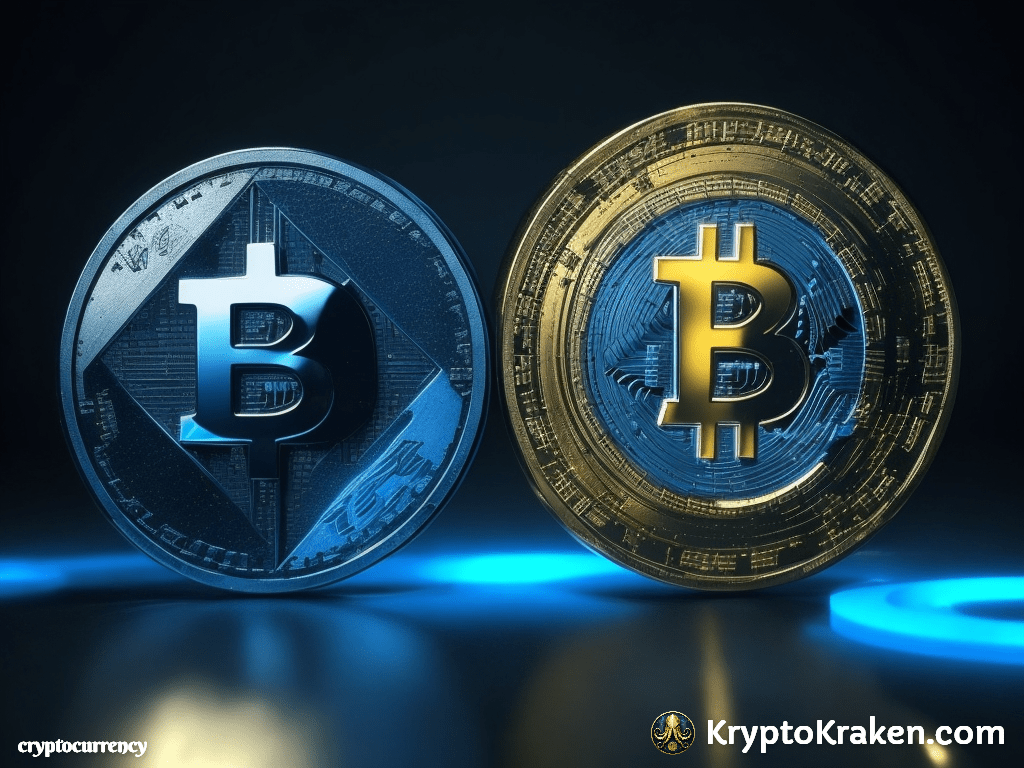
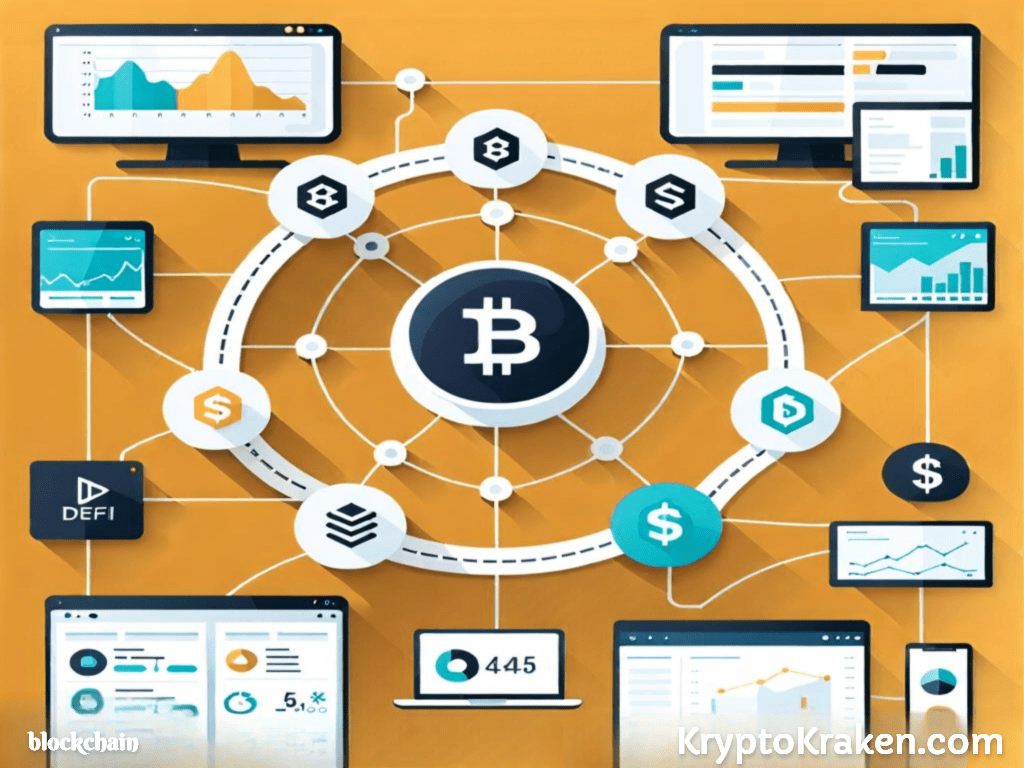
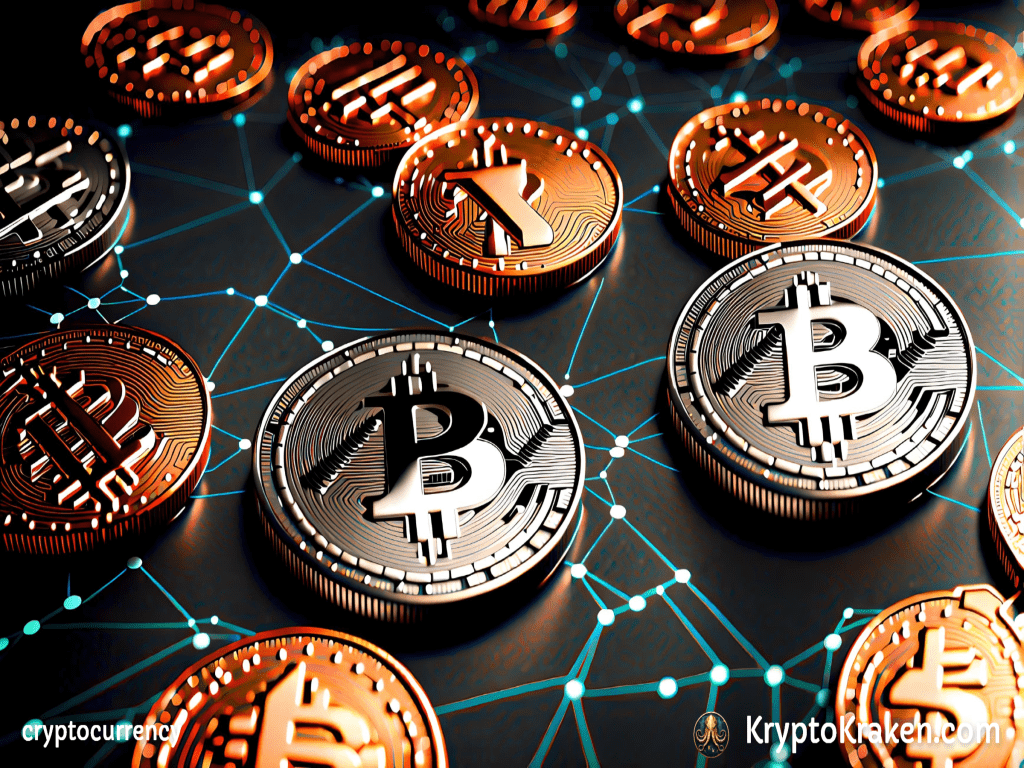
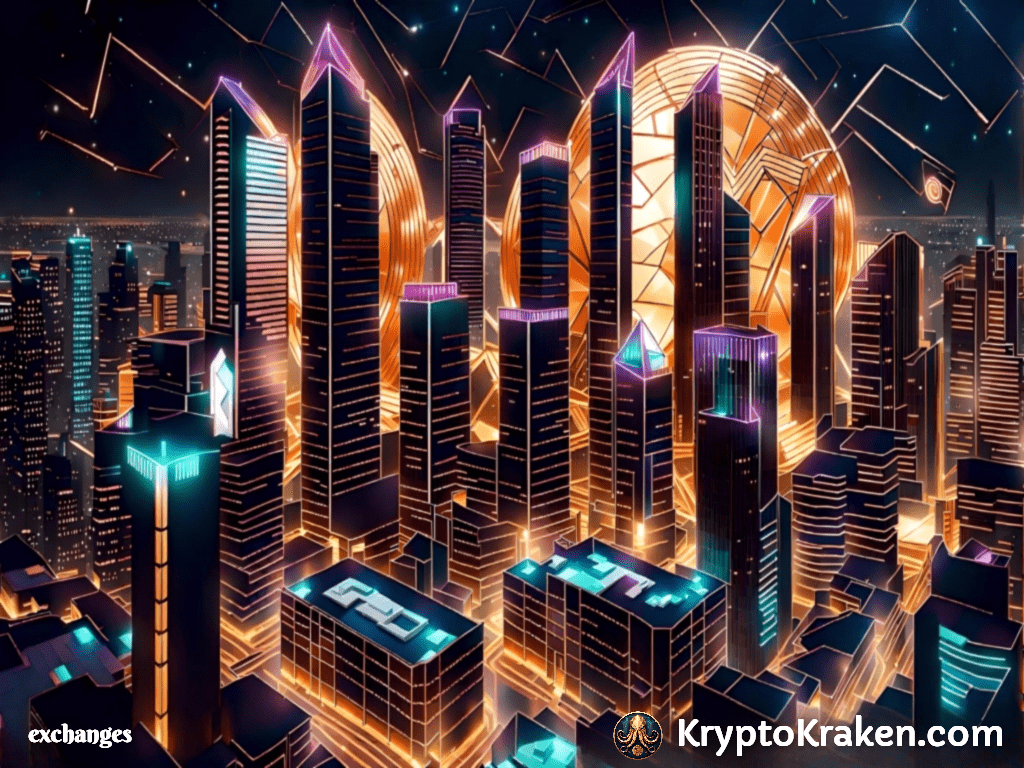
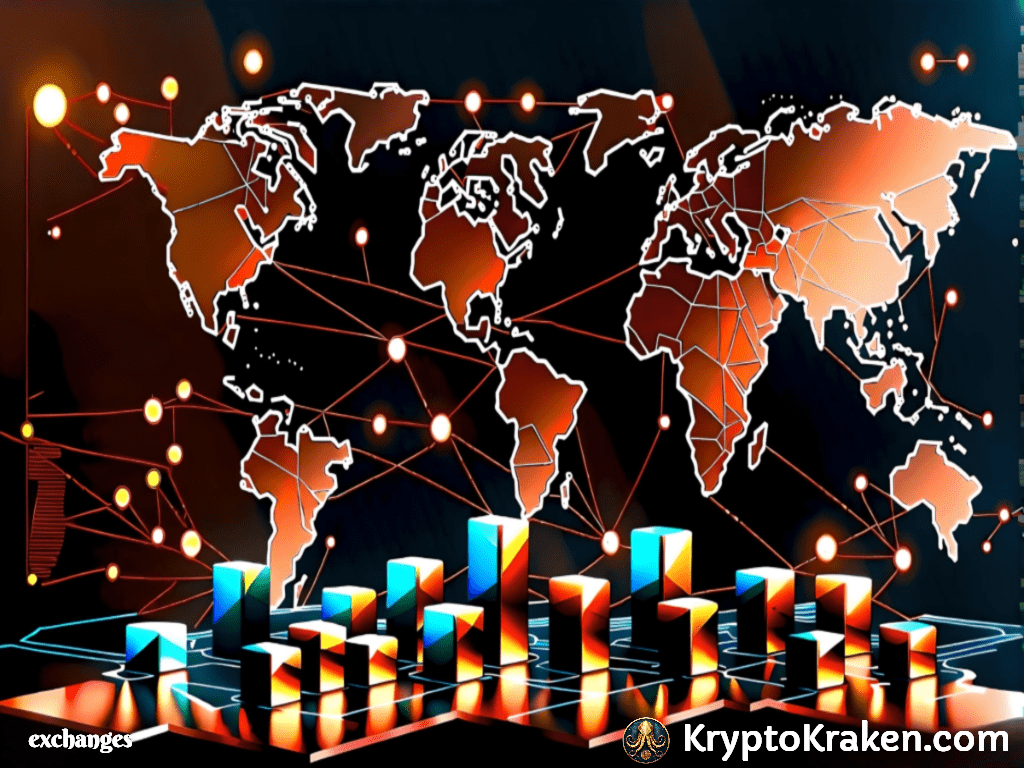
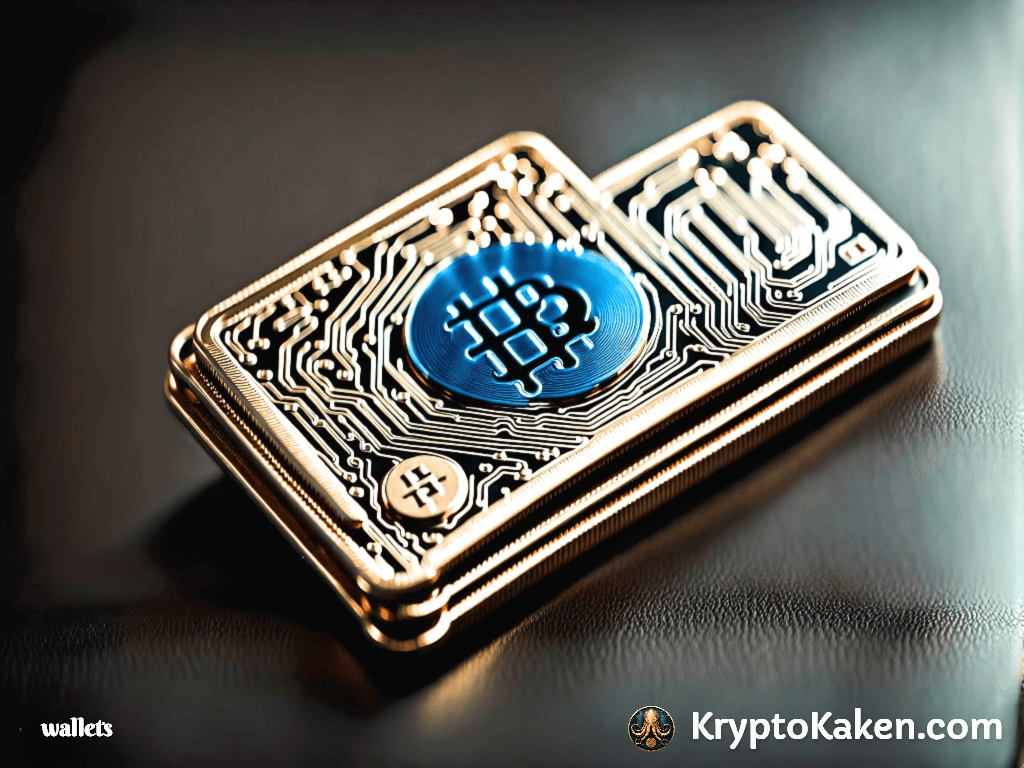

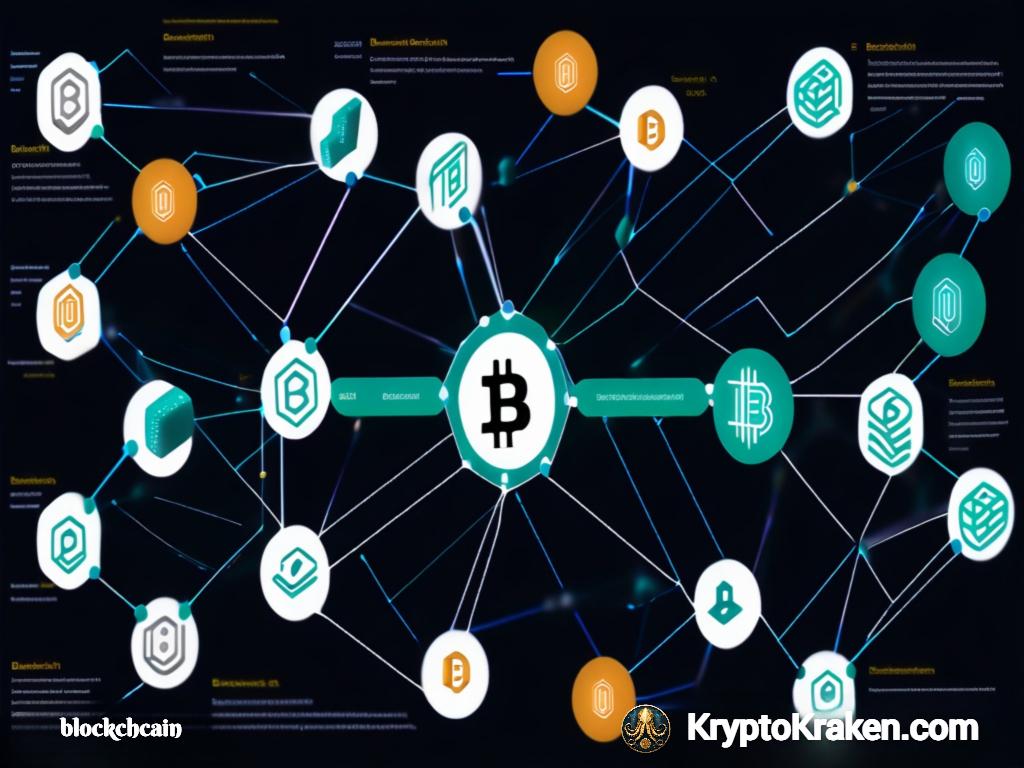
10 comments on “DeFi 101: An Introduction to Decentralized Finance”